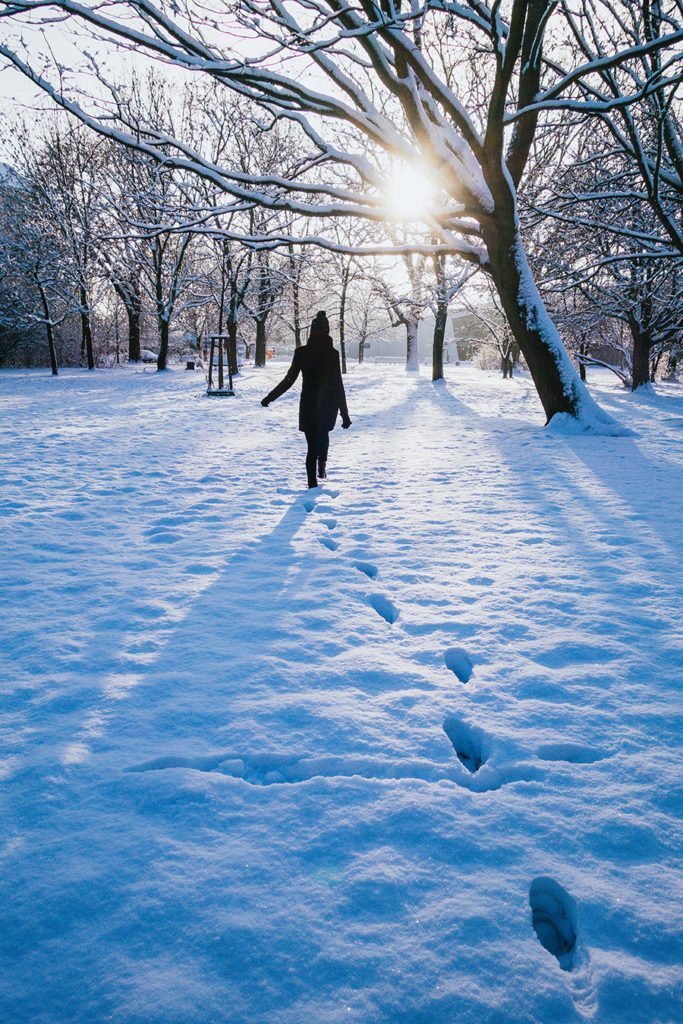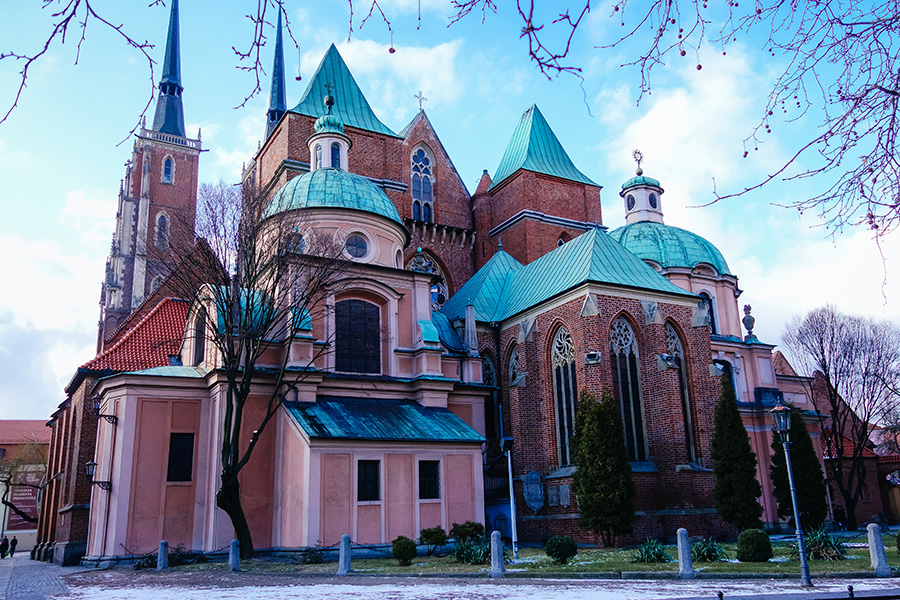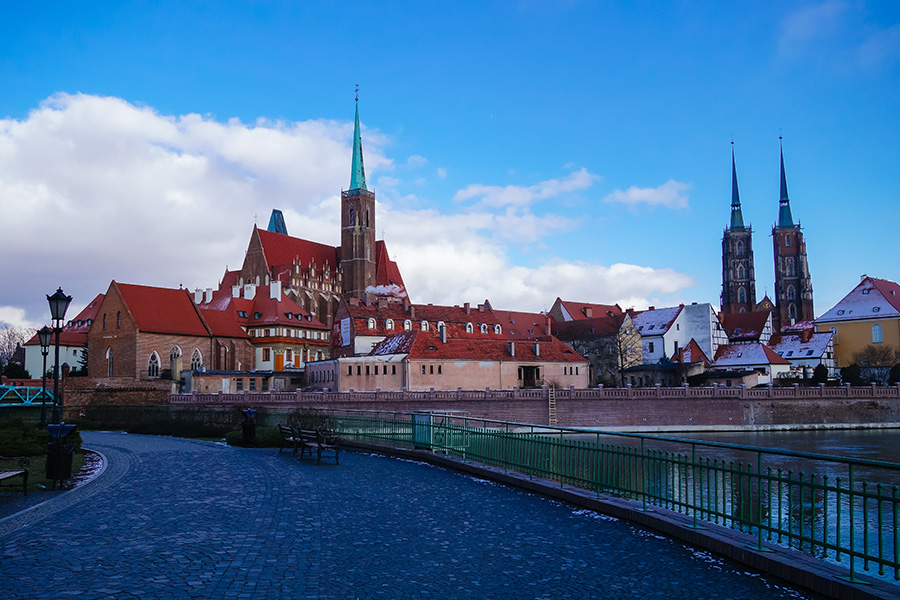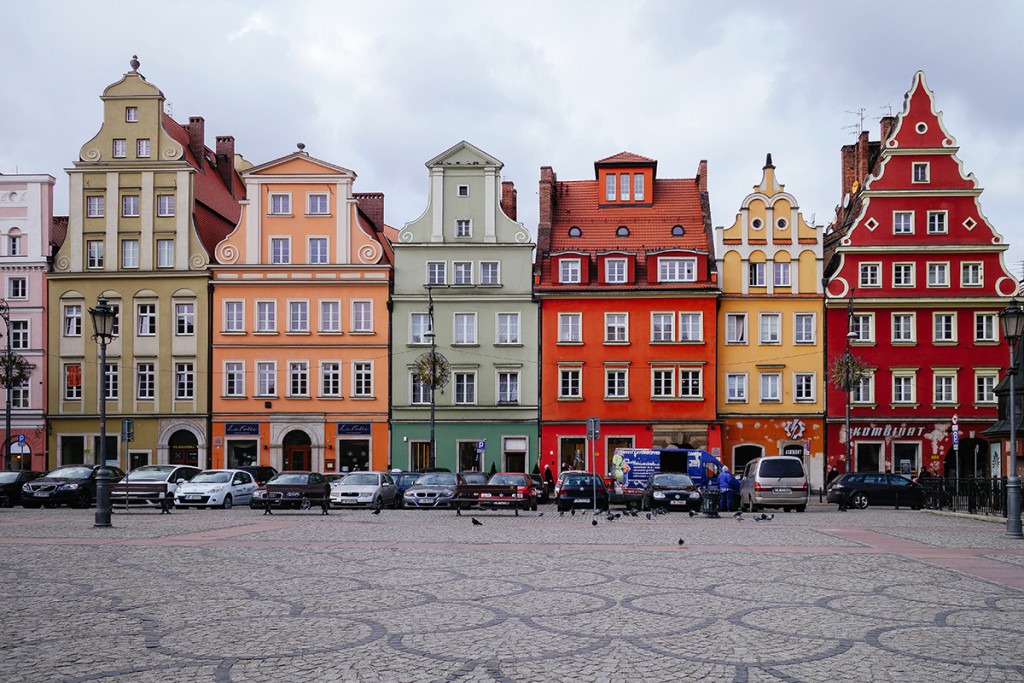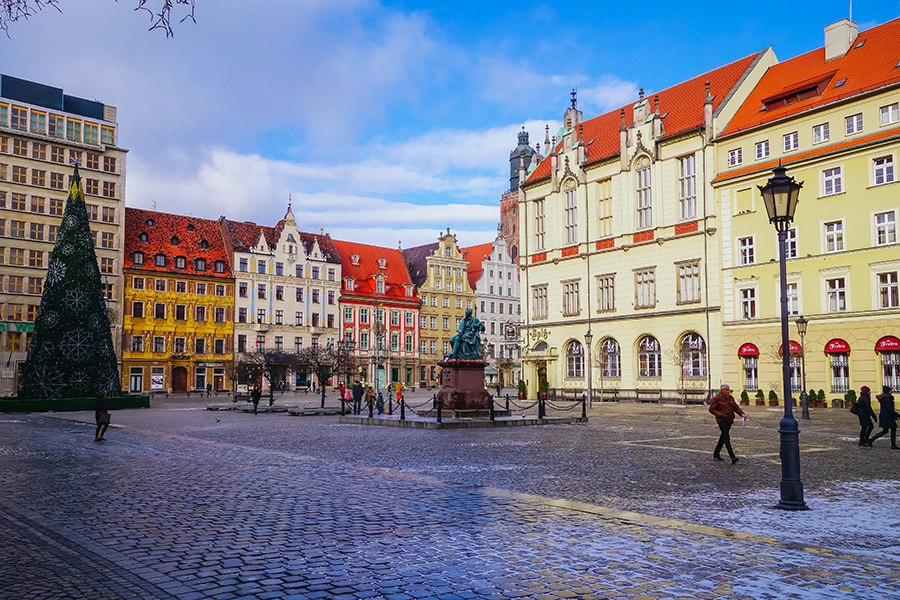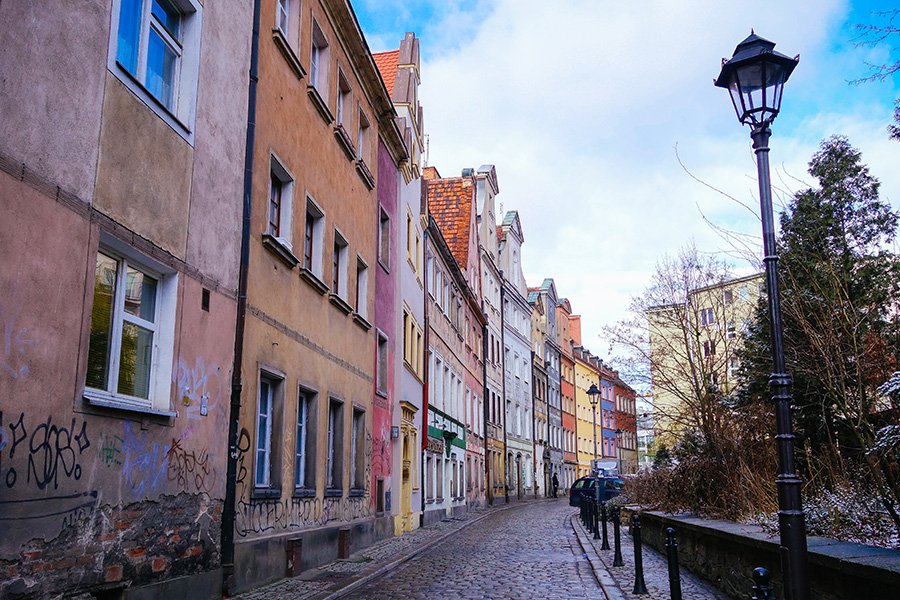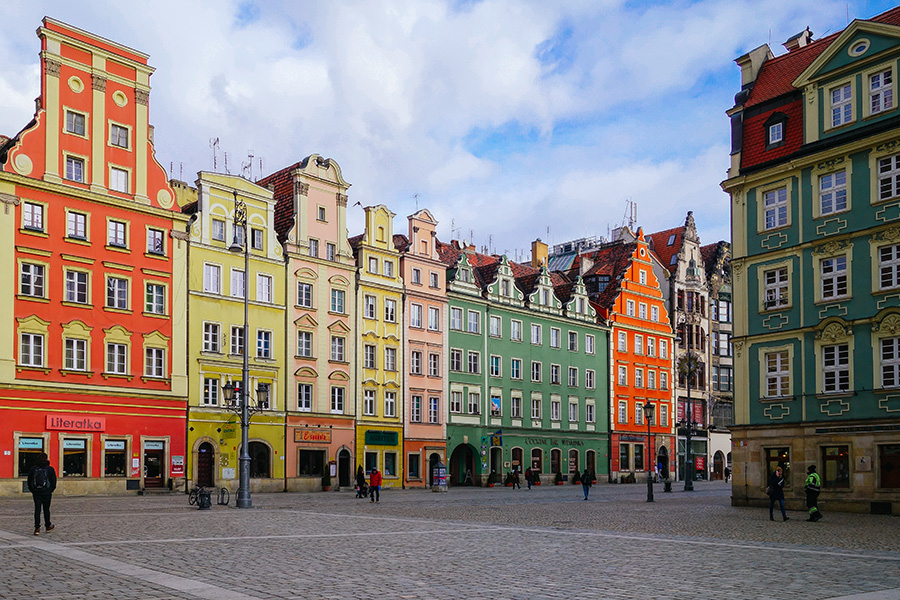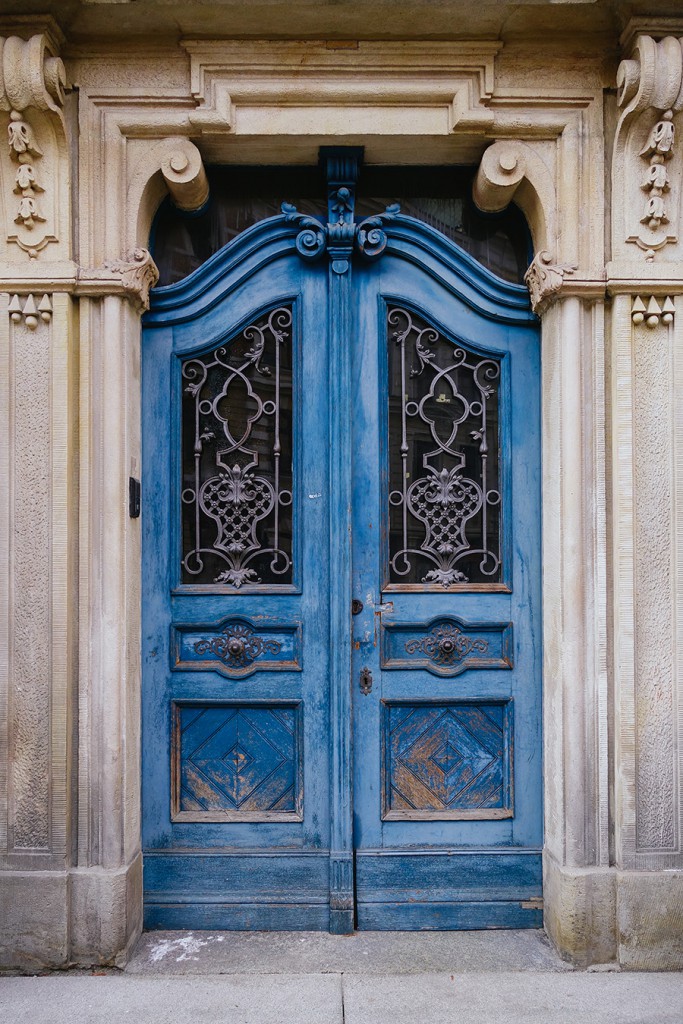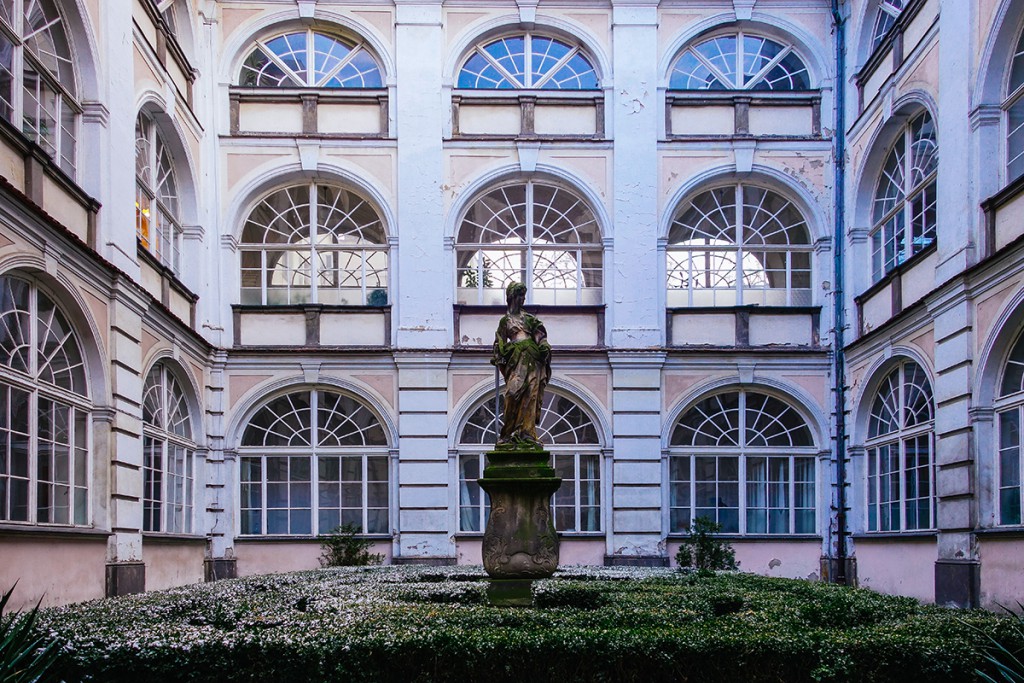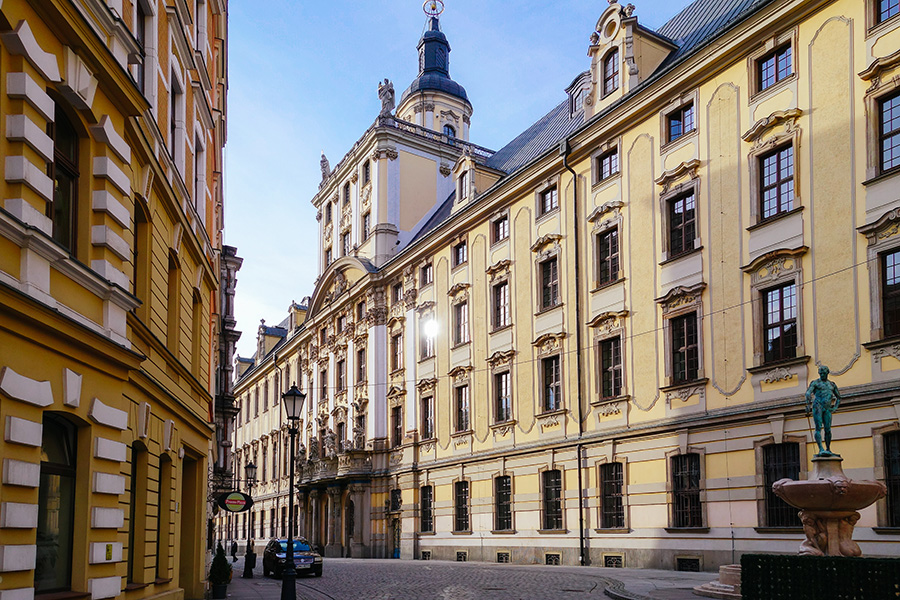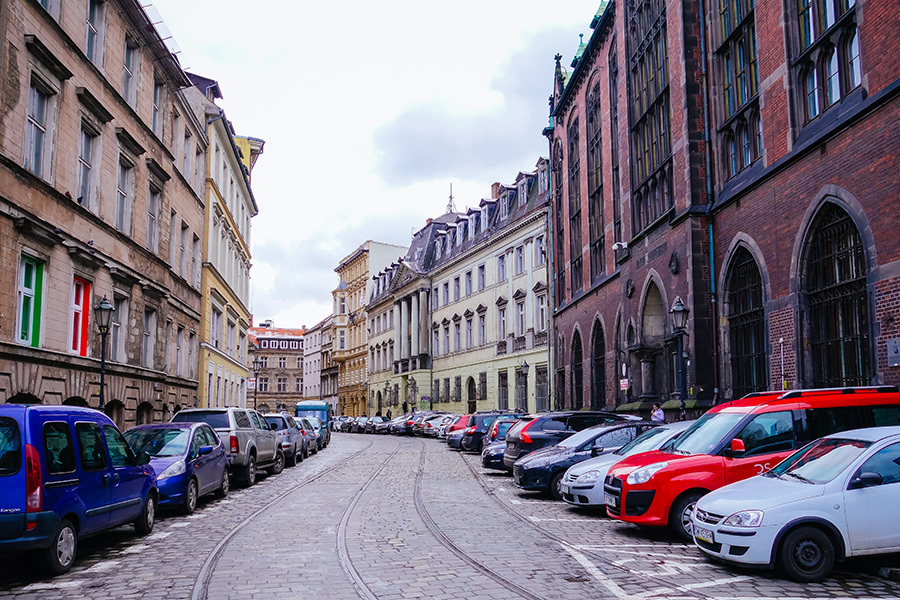I’ve lived in Berlin for two and a half years. How had I not managed to visit Hamburg, Germany’s second biggest city? When I learned that my flight from Germany to Portugal would be departing from Hamburg instead of Berlin, I just knew that I had to use this opportunity to at least see a little of the city before I left. So I took a three hour bus from Berlin the day before my flight, arriving in the afternoon on a beautiful, sunny autumn day with less than 24 hours to get a feel for the city. When deciding on which hotel to stay overnight in, my first choice had to be a design hotel (always my preferred accommodation option) so I booked a room at one of Hamburg’s most impressive design hotels and one of the design hotels of the world: the 25Hours Hotel Hafencity.
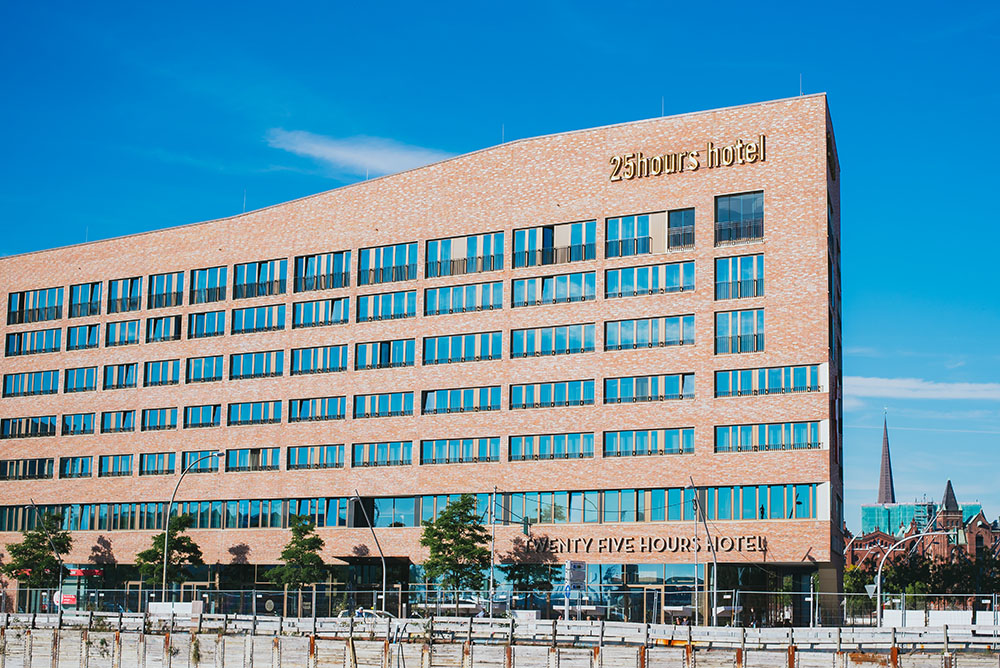
Location
The 25Hours Hotel HafenCity is the first hotel located in the centre of Europe’s largest inner-city developmental project of the 21st century: HafenCity. The hotel is easily accessible from both the Hauptbahnhof (central railway station) and the ZOB (central bus station), which are both only 1 km away. I arrived by bus from Berlin and so all I needed to do was cross the street to the Hauptbahnhof to take the new U4 subway line from Hauptbahnhof Nord to Überseequartier in HafenCity, which was only a 6 minute journey. The U-Bahn station was directly in front of the hotel. Too easy!
When I went for a walk in the late afternoon on my day of arrival, I discovered how easy it was to get around to some of Hamburg’s prized attractions including the International Maritime Museum, the cruise terminal, the Elbe Philharmonic Hall as well as being only within 10 minutes walk to the Speicherstadt around St. Katherine, so I can definitely recommend the location of the hotel.

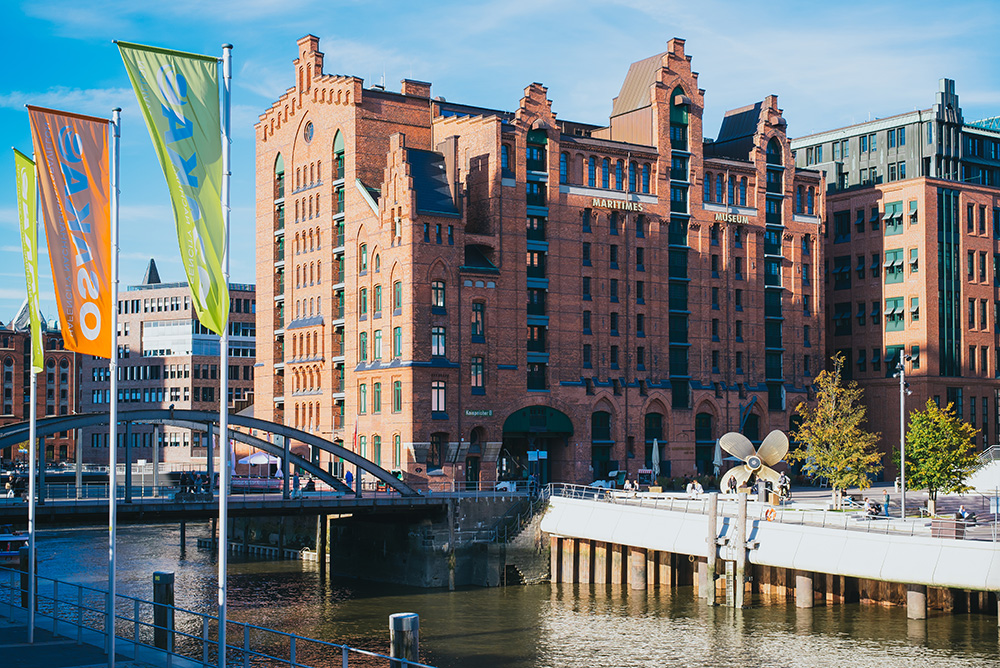
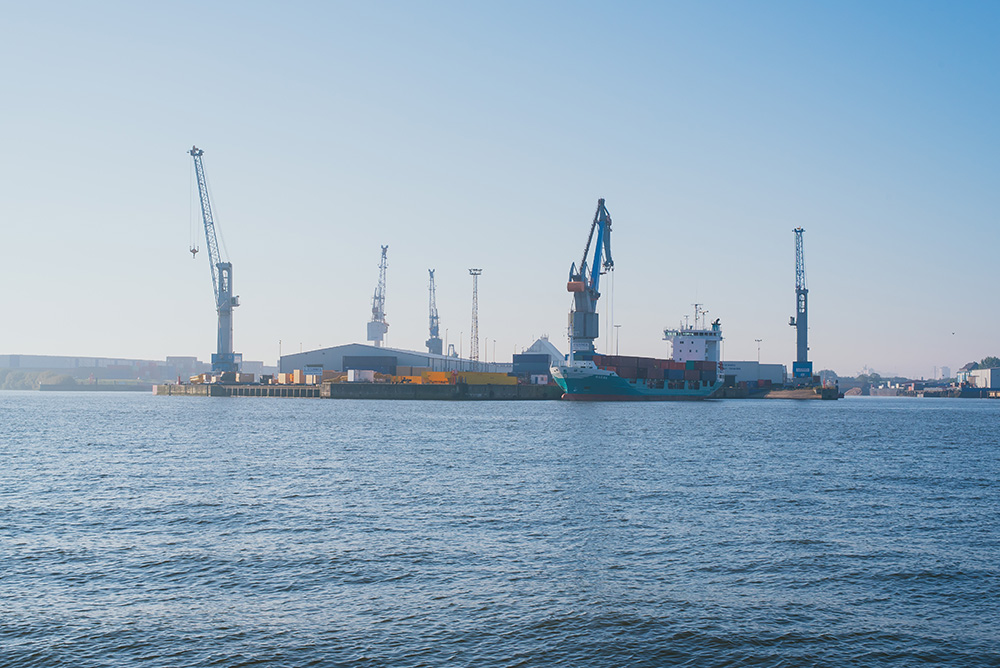
Design concept
The 25Hours Hotel concept is to adapt each of its hotels to its specific location and this hotel is no exception. Drawing strong inspiration from Hamburg’s maritime history, the design of the 25Hours Hotel HafenCity is woven around the story of a seafaring narrative. The location of the hotel — between the traditional harbour quarter and the ultra modern HafenCity — inspired the hotel’s creators to interpret the contrasts of harbour and sea, of homesickness and wanderlust. All throughout the hotel, the well-chosen design elements keep returning to these themes. The cosy atmosphere of a ship’s living quarters was immediately apparent and comforting to me when I first stepped into the hotel.
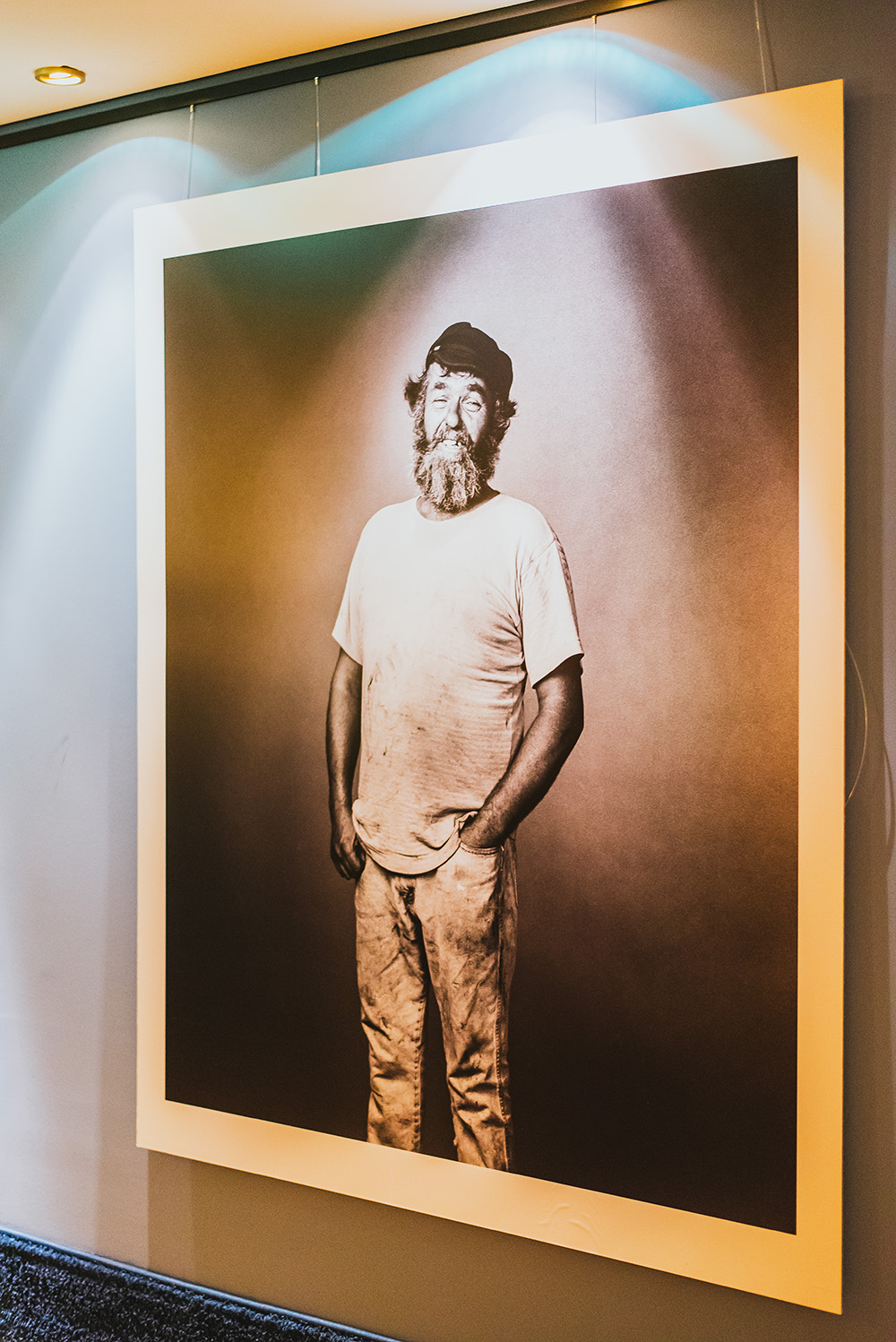 Checking in
Checking in
As soon as I entered the hotel, I knew I had made the right choice in choosing accommodation in Hamburg. The entire ground floor seemed to represent the raw world of harbour living but with a cosy and inviting living room feel. The space made use of various materials from the shipbuilding industry to create an inviting environment; shipping containers created semi-separated spaces and the richly decorated lobby area was filled with comfy leather chairs, magazines and cosy rugs. This was definitely a place I could call home if only for a single night!
Checking in was an absolute breeze. The reception desk was staffed with a number of personnel so I was helped right away. After surrendering my credit card number for incidentals as well as my passport as is standard in Europe, I found my room key and Wi-Fi password in my hand and I was up on my way up to my room on the 6th floor in no time at all.


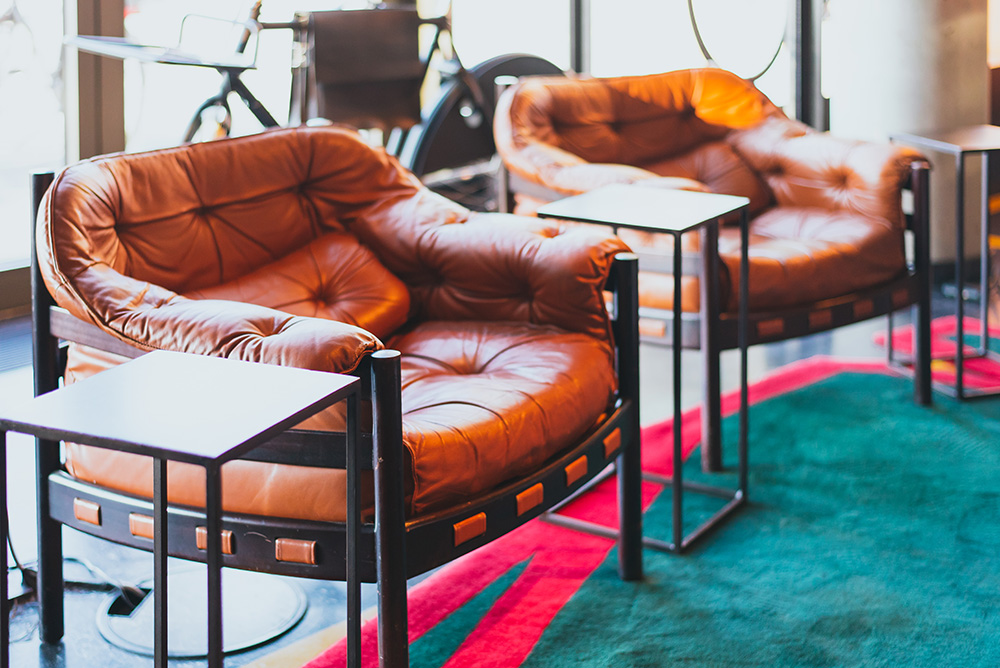
Rooms
Designed in the style of a sailor’s home in foreign ports, each of the rooms at the 25Hours Hotel Hafencity feels like a cosy cabin aboard a ship. I stayed in a M-Cabin + and even though the rooms are designed to replicate cabins, they were far from pokey! My room was spacious and contained a comfy queen size bed, corner desk area and roomy bathroom. I loved the maritime theme of the room and the little features like a pilot’s (rope) ladder, globe lamp, logbook and sea chest, which made for one of the most unique hotel experiences I’ve ever had! Cute touches like the cuddly Schlafschaf (sleep sheep) and hot water bottle by the bed to help with sleep added a comforting and homely feel. The mini-bar price list was housed in a glass bottle, replicating a ‘message in a bottle’ and the mini bar itself, hidden behind a wooden chest exterior, was stamped with the reminder that ‘being thirsty is worse than being homesick’. Aye aye cap’n!
Each guest room also tells the stories of 25 sailors whose stormy voyages, rough ways, easy women and faraway destinations form the backdrop of each room, with the full stories to be discovered in the logbook. You can see the sailors’ striking portraits in the hotel hallways.
Film set designer Conni Kotte scoured flea markets for the vintage furniture and naval accessories to furnish each of the hotel’s 170 rooms, which are conceived as personal cabins. I was so impressed by all of these little touches and really felt like I was on board a ship destined for faraway lands rather than in a hotel!

The bathroom was decorated in warm tones, featuring a walk-in rain shower with all-natural Stop the Water While Using Me products, also available for purchase in the kiosk in the lobby. There were a selection of magazines by the toilet too — this hotel’s designers really had thought of everything!
My room overlooked Hamburg’s magnificent harbour and watching the beautiful, fiery sunset from my window was one of the highlights of my stay.
Around the hotel
The hotel is filled with cosy and inviting places for today’s urban nomad to relax in and I had so much fun discovering these little surprises. The first floor is known as the ‘Club Floor’, which houses the Club Room, Radio Room and Vinyl Room — three beautifully designed spaces that can either be enjoyed by guests or rented exclusively for private functions.
Club Room
The relaxed living room feel of the Club Room invites guests to kick back and wind down with a cup of tea from the Samova Tea Lounge. Who wouldn’t want to curl up on those comfy couches with a good book and a cuppa? I could have easily whiled away a good few hours sprawled out there!
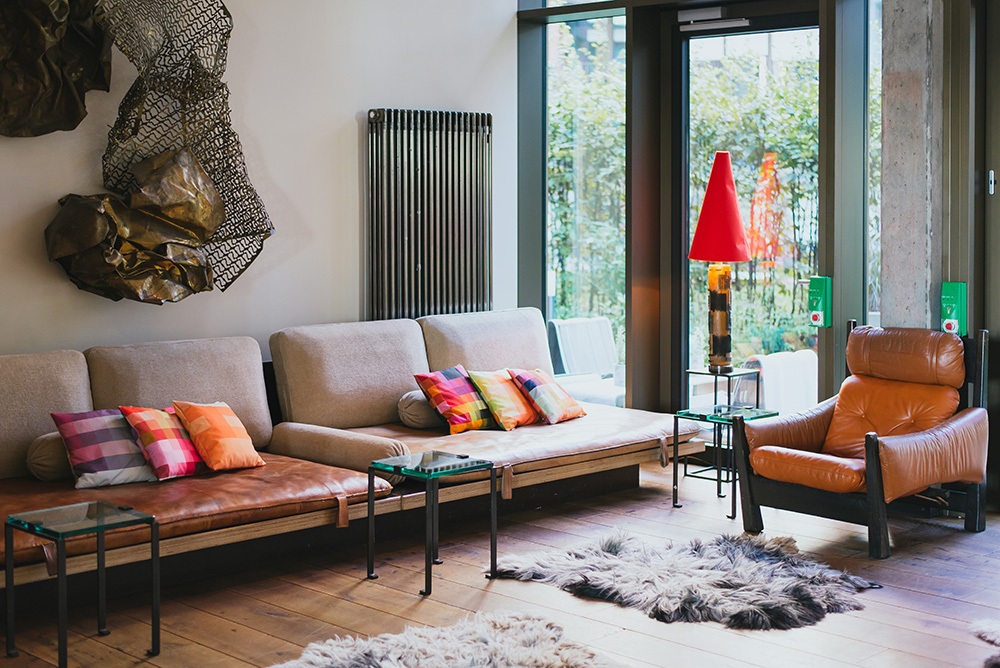

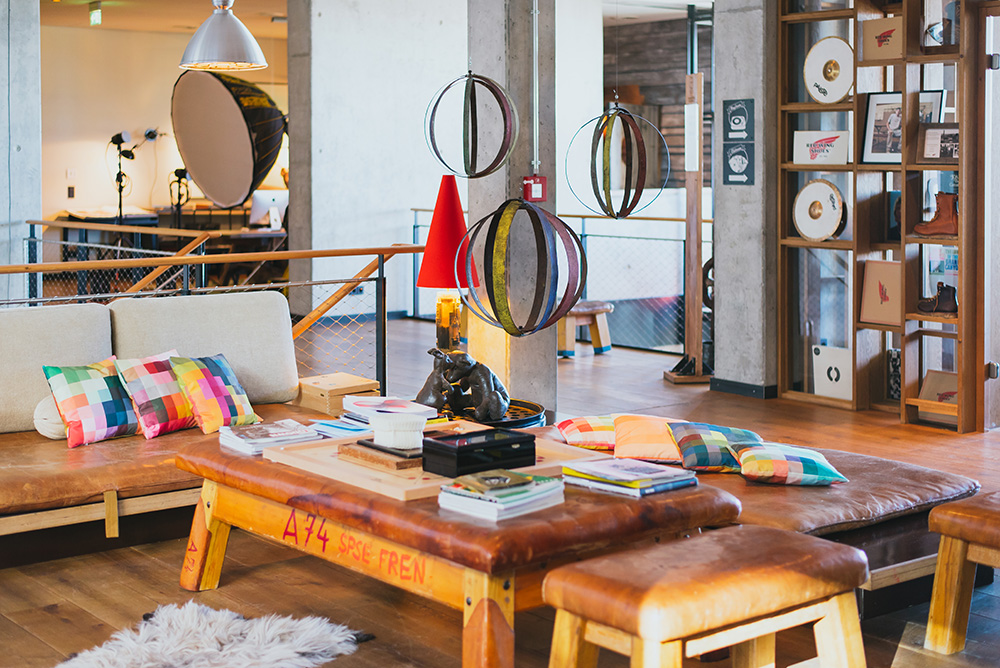
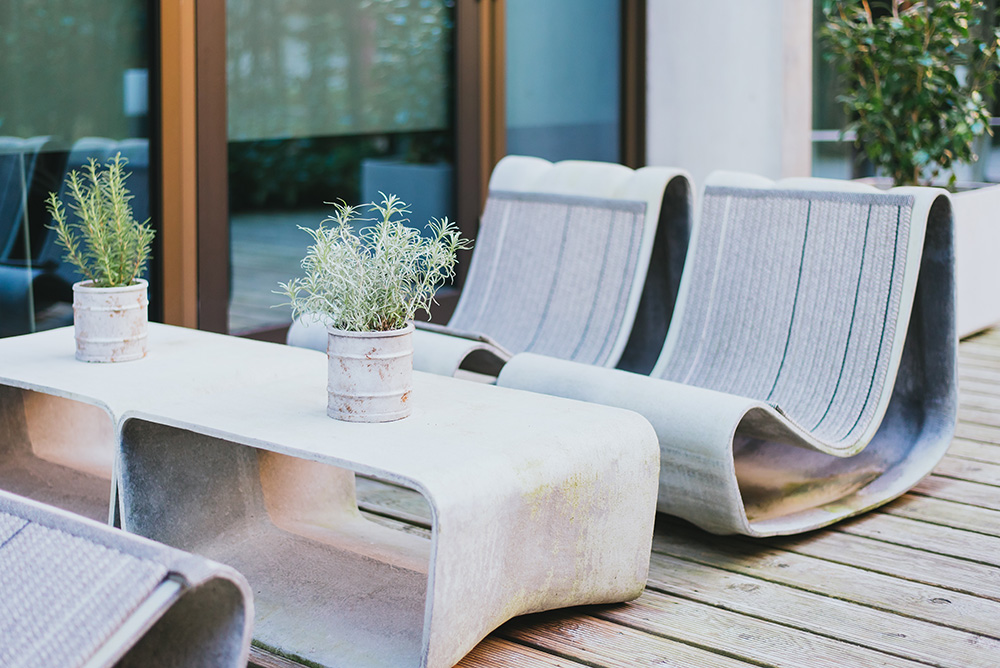 Radio Room
Radio Room
Also on the first floor you’ll find the Radio Room, which offers iMacs, printers and a Skype booth for guests to use. There’s also a nice selection of books on design to peruse as well as old school Atari to play.

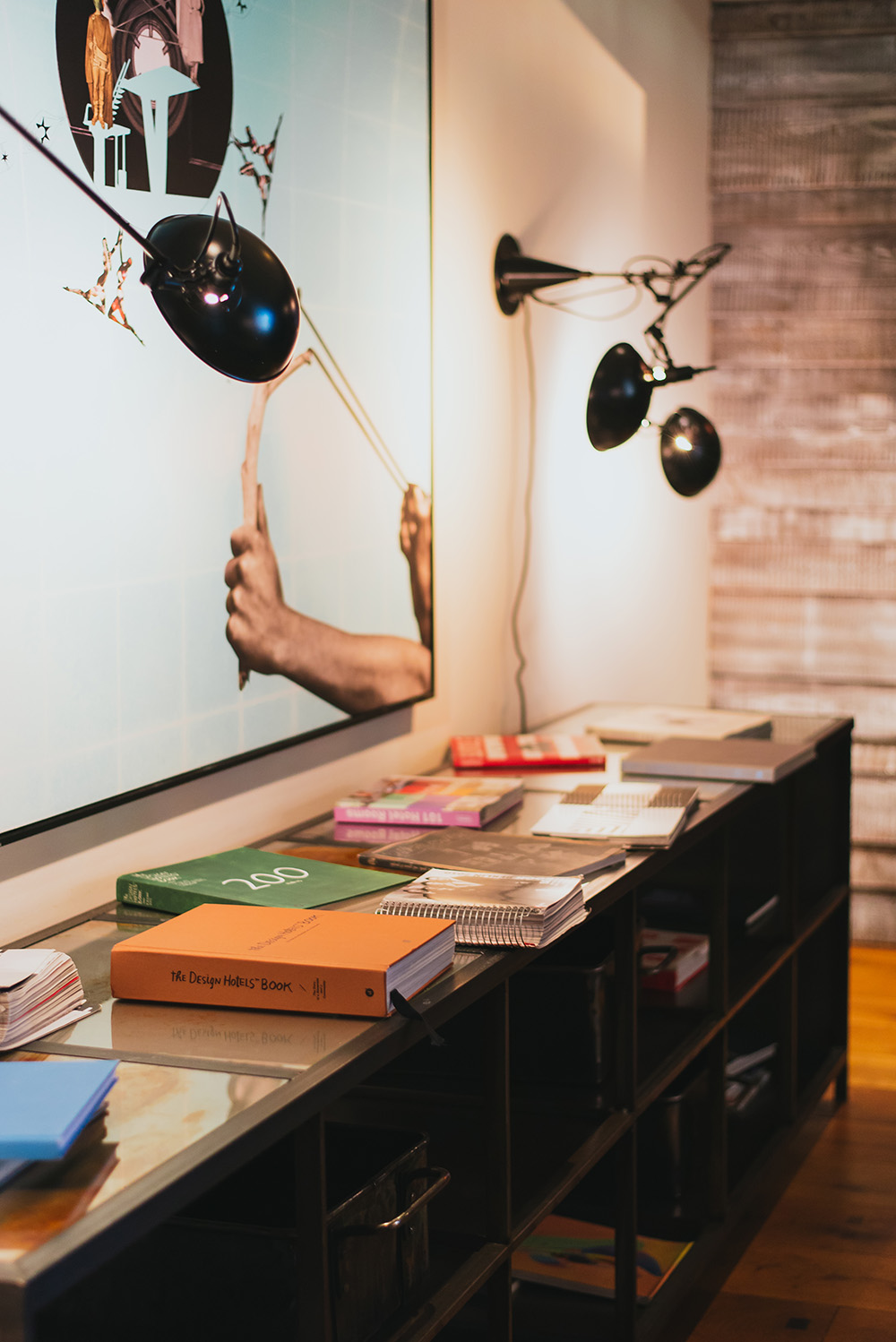
Vinyl Room
Equipped with records and turntables as well as being a smoking room, the Vinyl Room would be the perfect place to relax over some tunes with friends. If only I hadn’t been travelling by myself! If you’re a travelling muso, there’s also a practise room in the basement for a spontaneous jam session if you’re up for it.
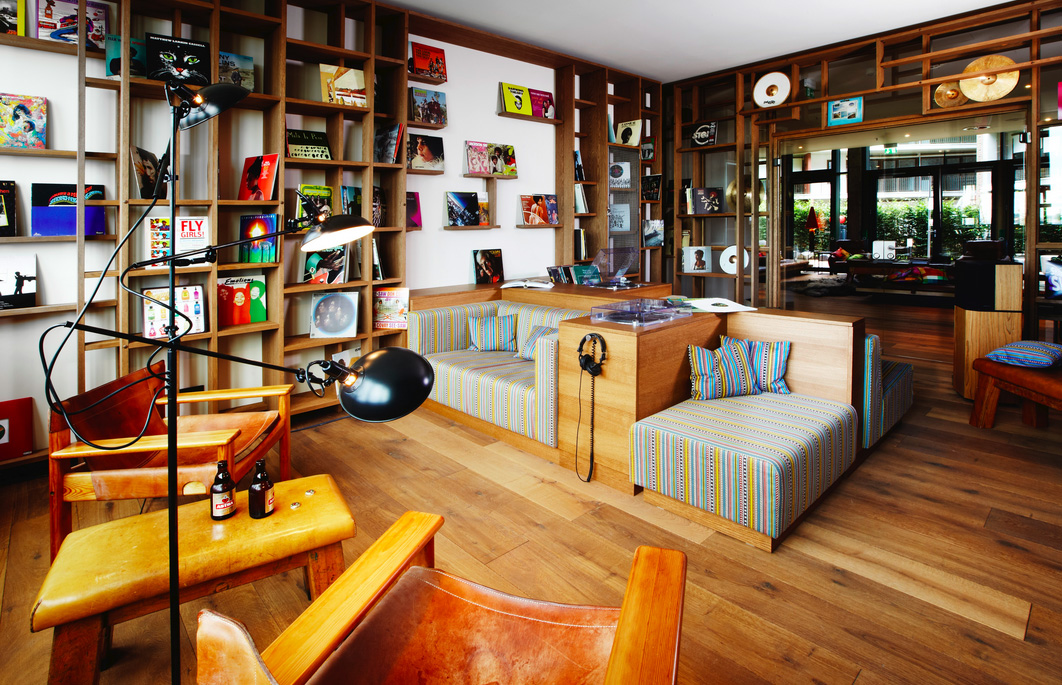
Hafensauna
Perched right at the top of the hotel is the Hafensauna, which has a Finnish influence. For €10, guests can rent a sauna pack that contains everything they need to experience the sauna, which overlooks the magnificent harbour. Beer, water and fruit are all complimentary too. I can’t say that I experienced the sauna — it seems like my last German spa experience has left its mark on me!
Mare Kiosk
Directly next to the lobby is a little alcove which has been transformed into a kiosk. As well as stocking essentials for guests, it also stocks books and magazines as well as art and curated items from northern Germany. If you like the ‘Stop the Water While Using Me’ products or the comforting ‘Schlafschaf’ (sleep sheep) from your room, you can buy your own to take home here too.
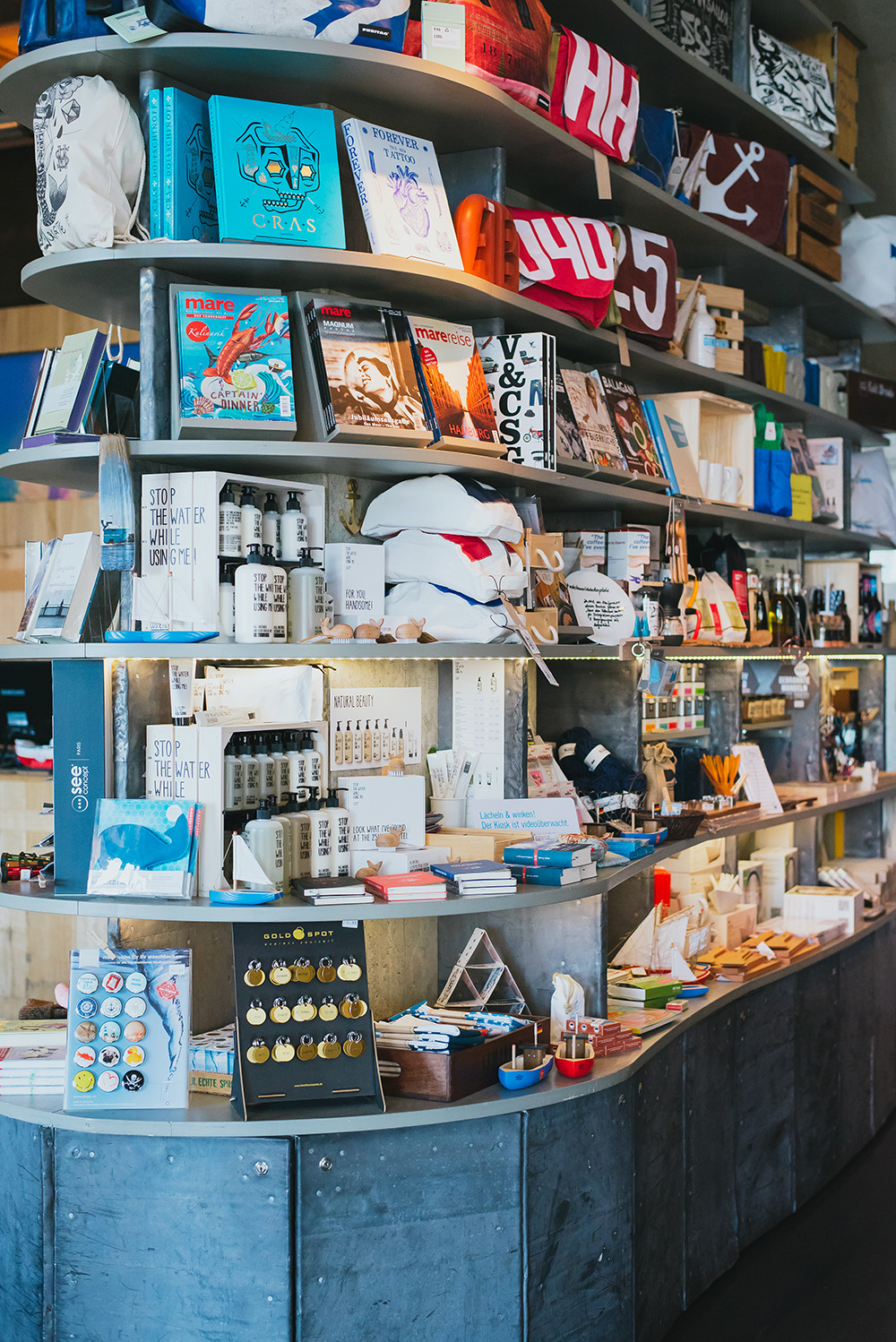
Dining
The ground-floor restaurant, the Heimat Küche + Bar, is open, large and bright and serves breakfast, lunch and dinner to both hotel guests and the general public. With the sun pouring in through the floor-to-ceiling windows, it’s a great spot to get some work done or have a bite to eat at any time of the day. I had the fish and chips for dinner here — I couldn’t come to Hamburg and not eat fish — and it was fresh and delicious. On Thursday and Friday nights there’s live music entertainment, making it a fun place to hang out.
The buffet breakfast spread was varied and delicious and includes a huge range of continental and hot delicacies. I made sure I filled up, knowing that I would be skipping lunch since my flight was at 1pm and a big breakfast was needed to get me through the day. Some room rates include breakfast, but if your’s doesn’t, breakfast costs €18 per person.

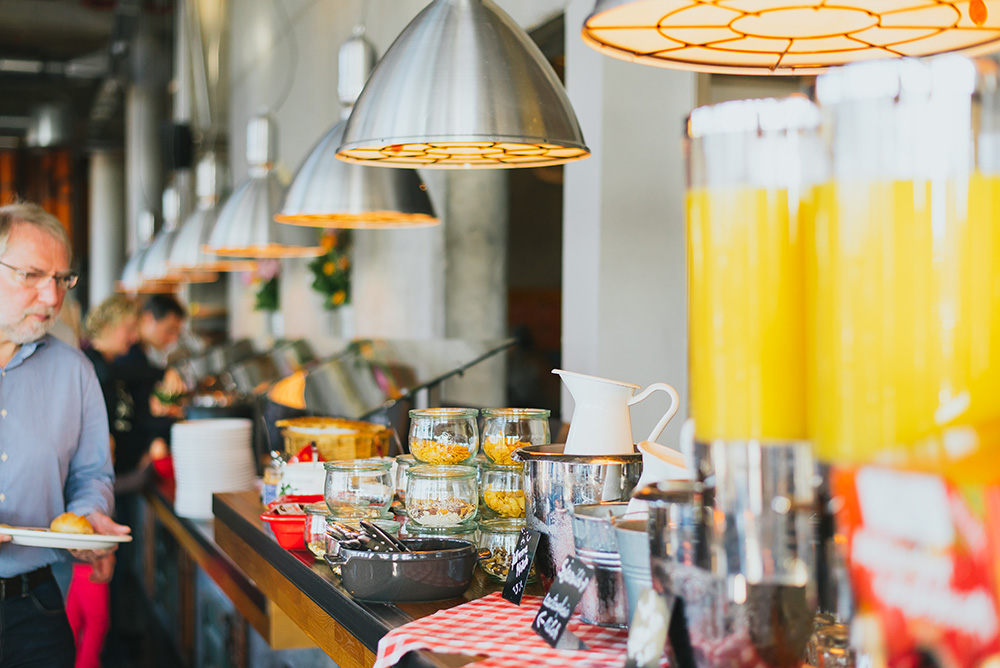

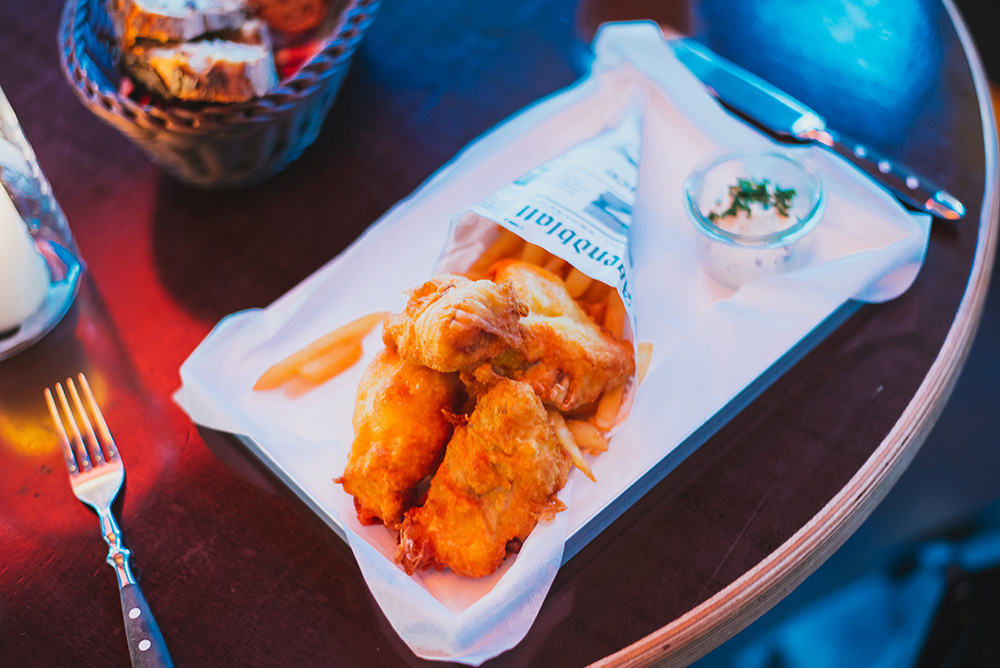
Other facilities and services
The hotel is equipped with a number of spaces for meetings, conferences and events that can accommodate up to 200 people, including two Freiraum conference rooms, equipped with modern technological equipment and a view of the port, the shipping container in the lobby as well as the mare Gallery space with a separate entrance for private functions.
I couldn’t believe it when I read that a fleet of MINIs were available to guests free of charge for trips and tours around the city! How I wish I was able to stay longer to take one for a spin! If you’re not a confident driver or prefer to get around on two wheels instead (this is Europe after all), guests can also rent complimentary bikes from the Kiosk.

Book this hotel if…
If you’re someone who appreciates good design and a hotel that tells a story, the 25Hours Hotel Hafencity is a hotel that won’t leave you disappointed. Vintage, maritime flair has been expertly fused with all the modern, technological comforts that global nomads have come to expect and its twinkle in the eye approach suits its fun-loving clientele perfectly. The staff at the hotel were young, friendly and relaxed but at the same time always professional and happy to assist guests in any manner. I wish I had more time to enjoy all the hotel had to offer, but I’m sure I will be back again!
Rooms can be booked through the 25Hours Hotel Hafencity website.
Disclosure: I stayed at the 25Hours Hotel Hafencity as a guest but, as always, this review is an honest reflection of my experience.
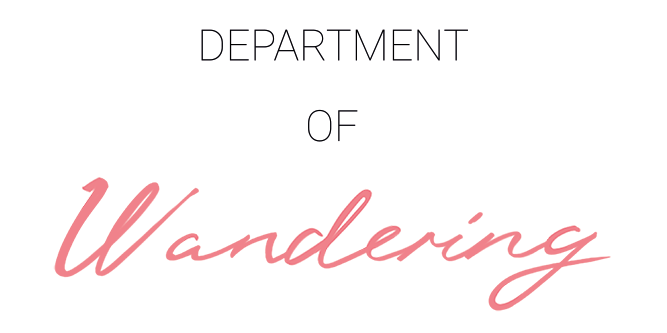
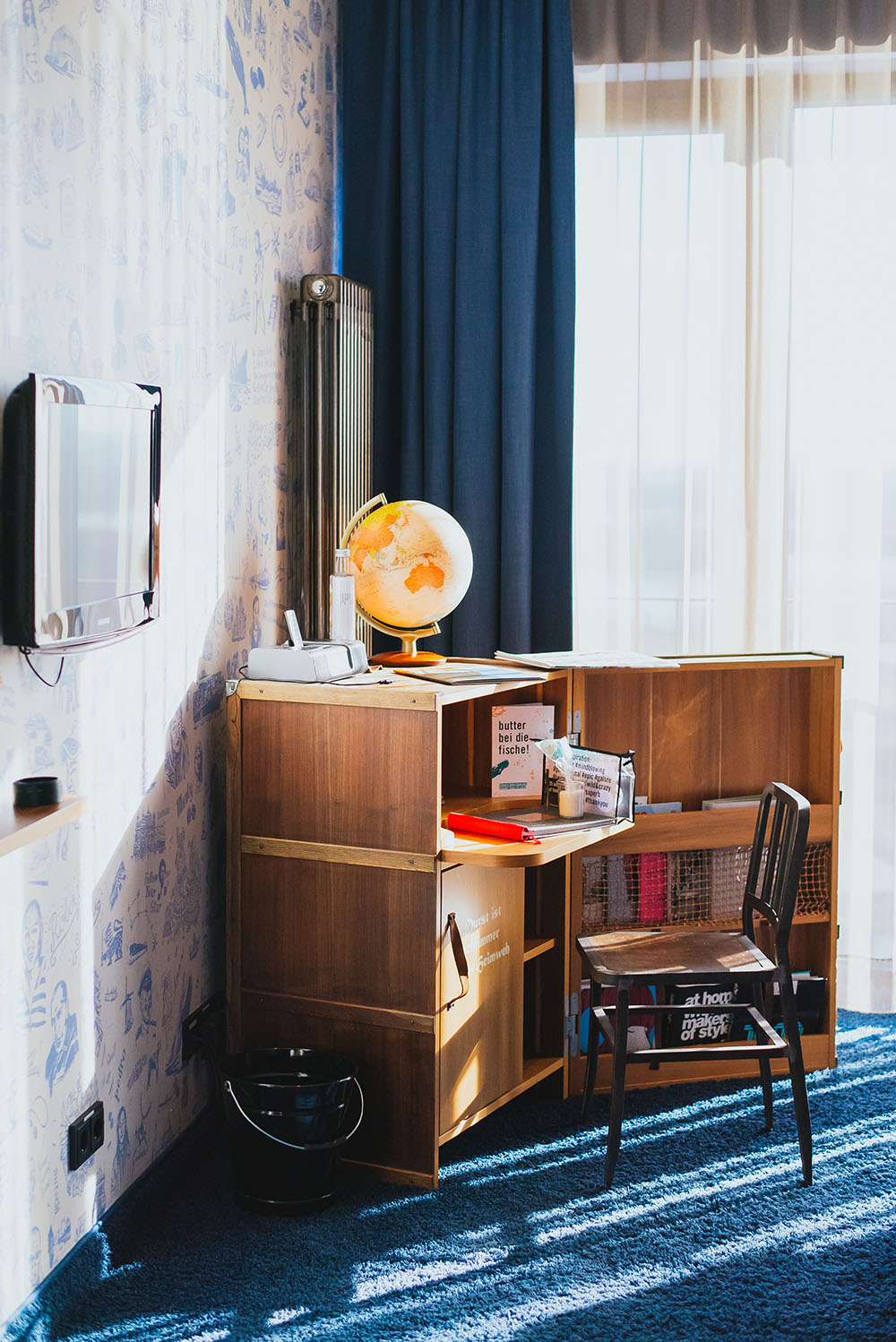


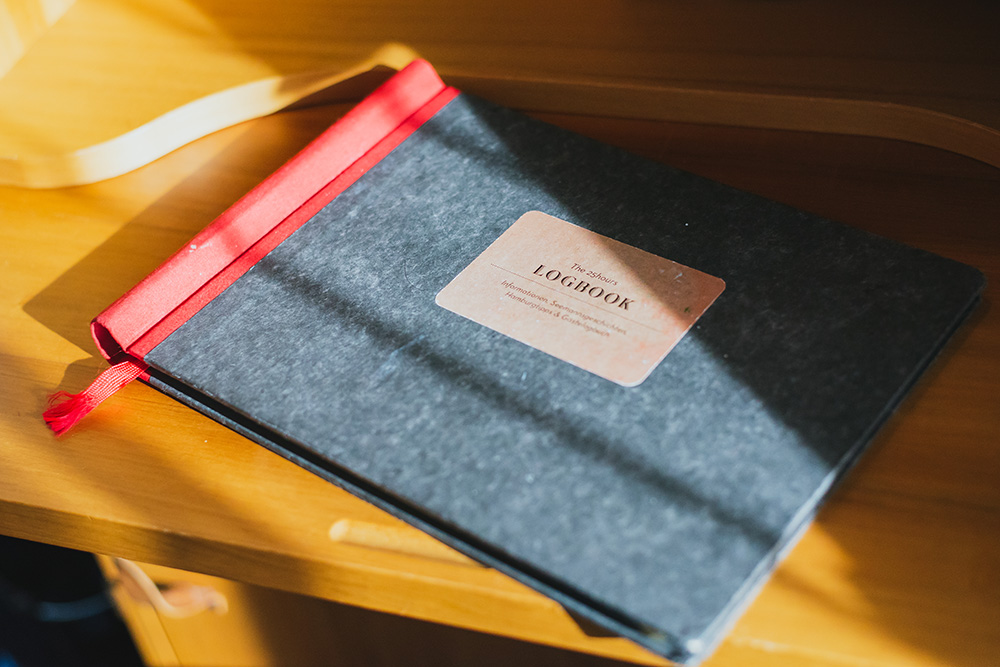
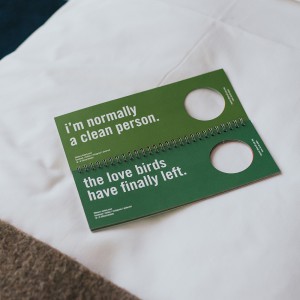
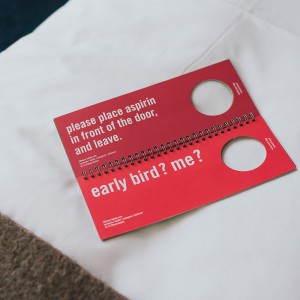
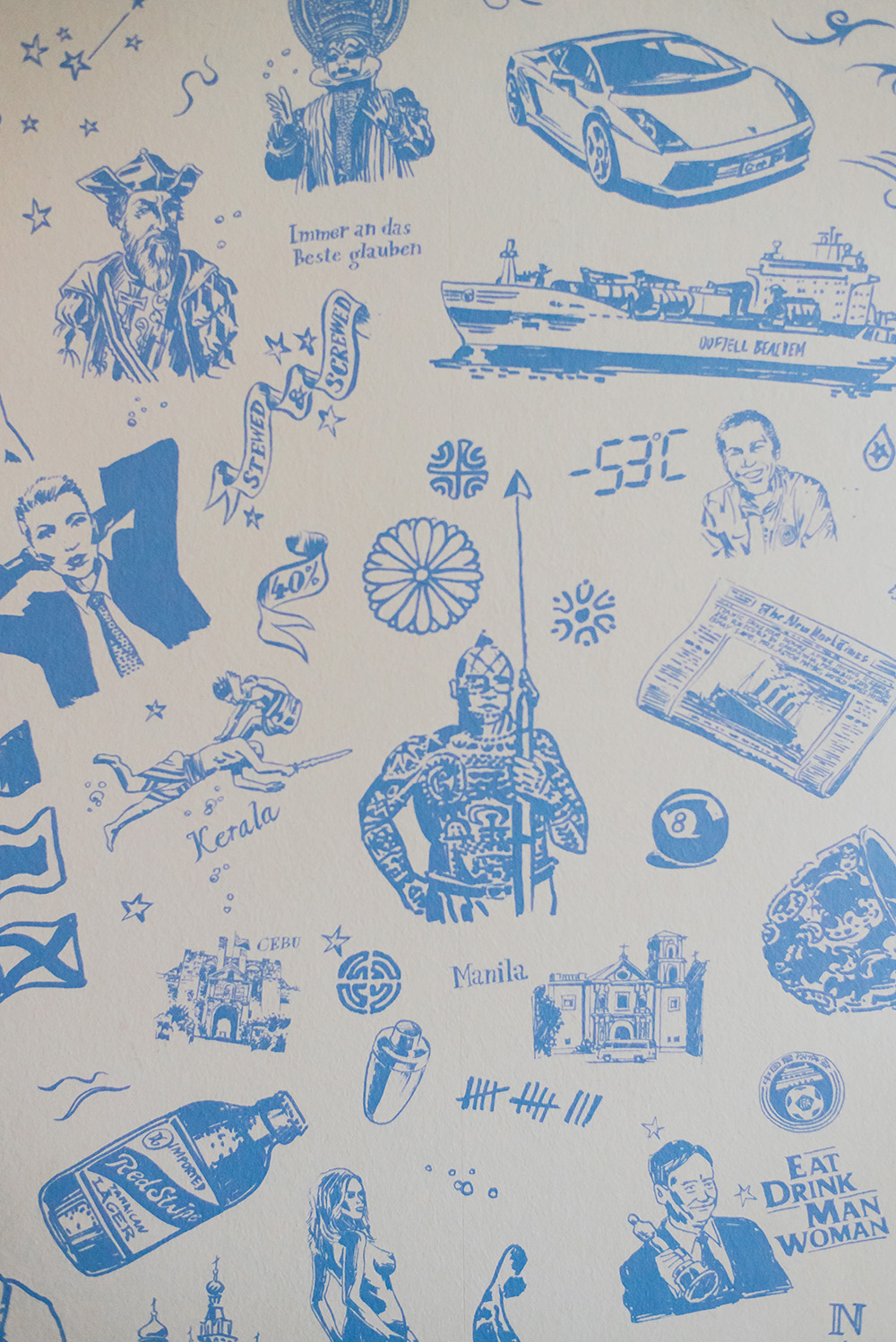
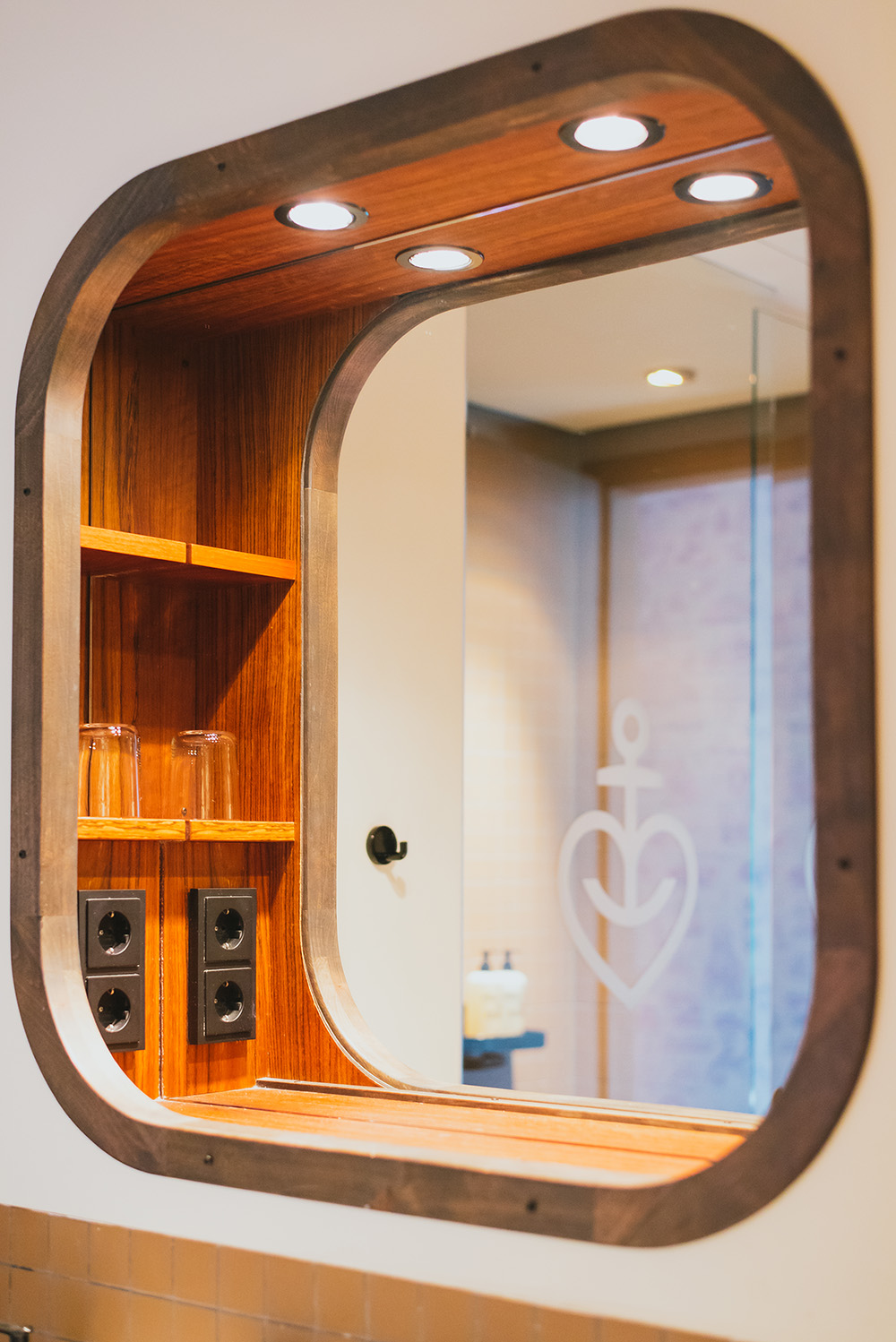
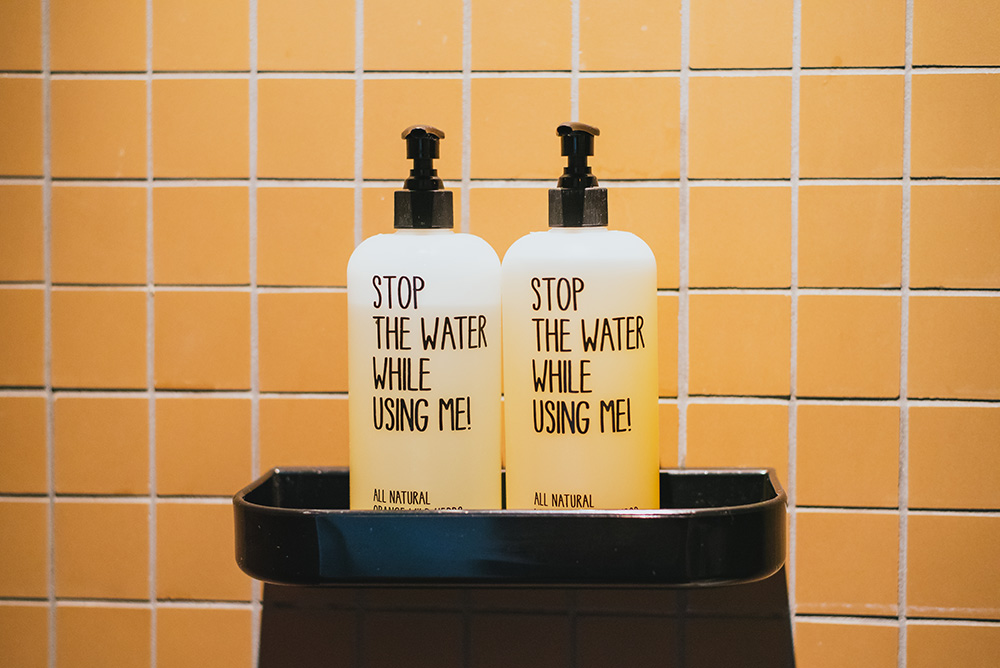
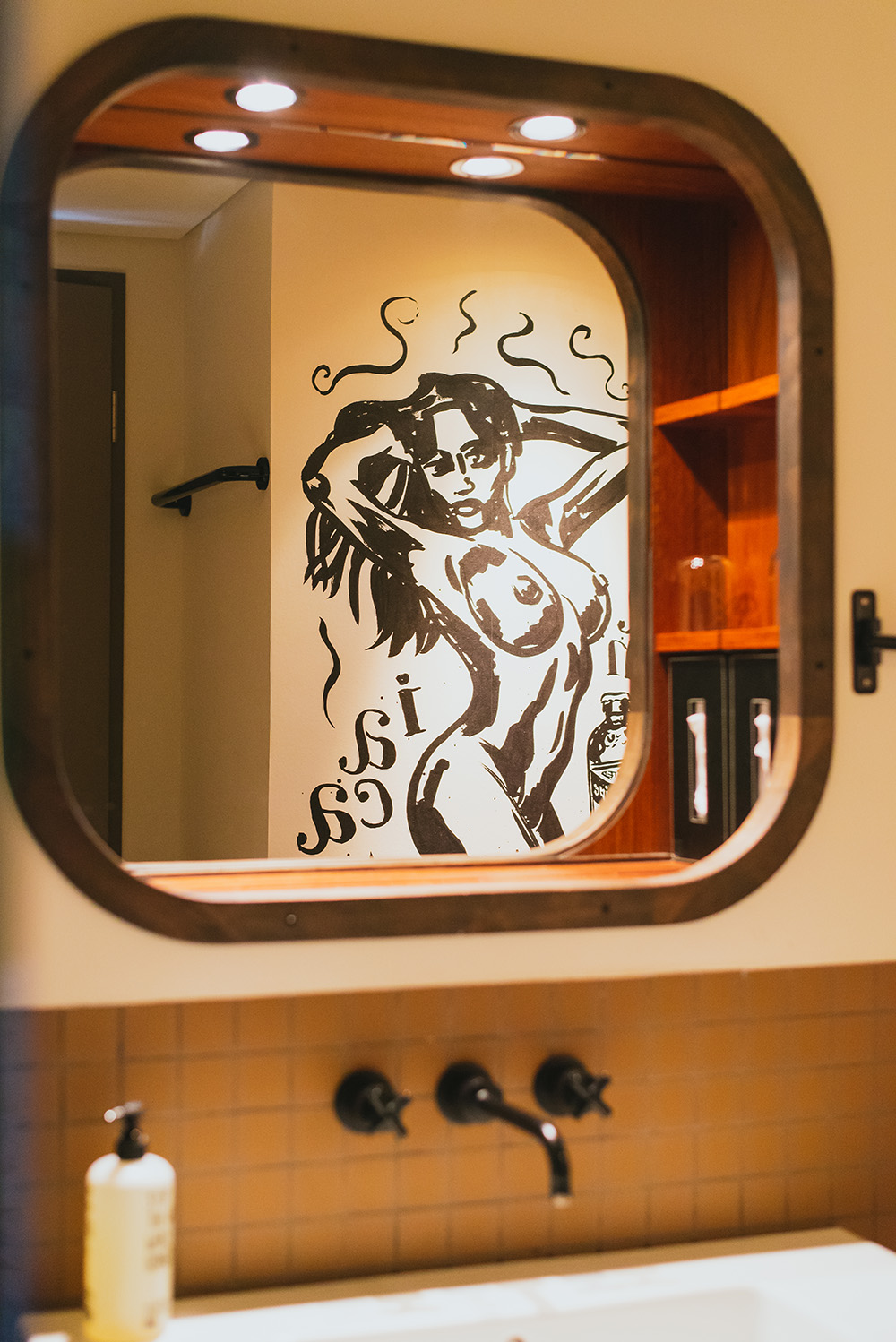


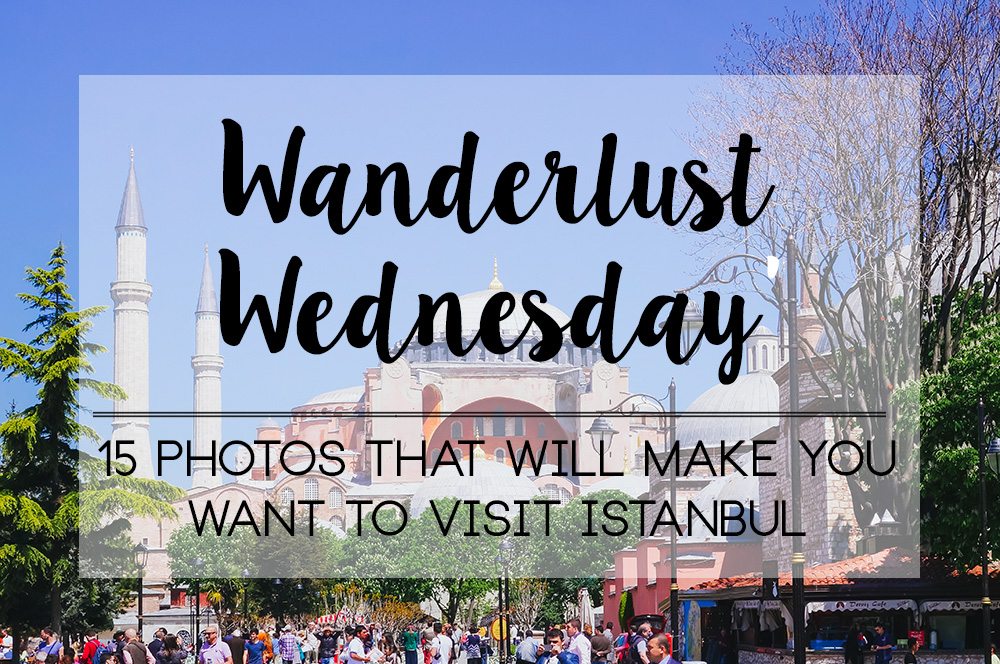
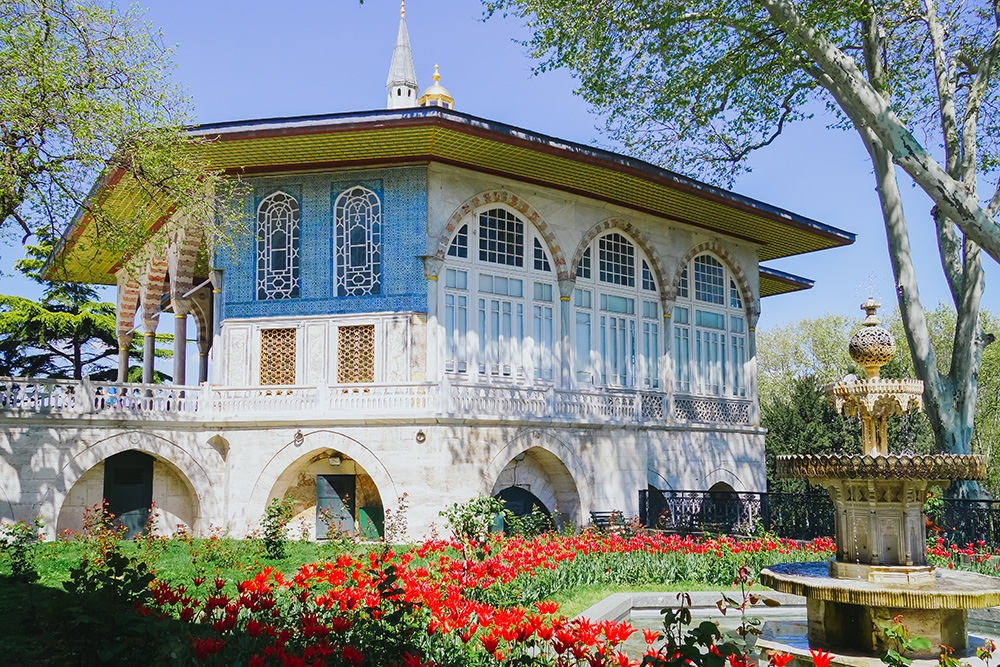


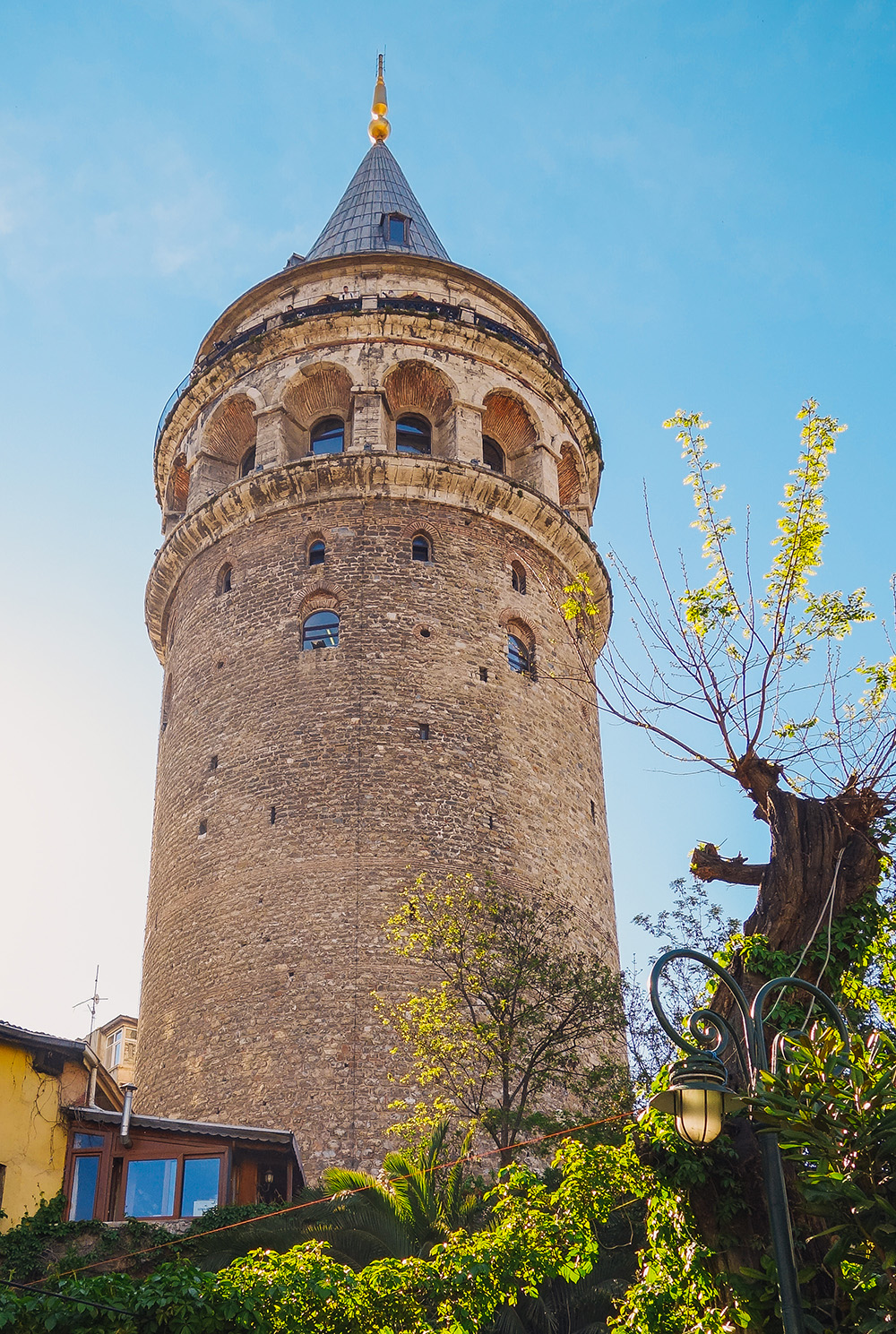
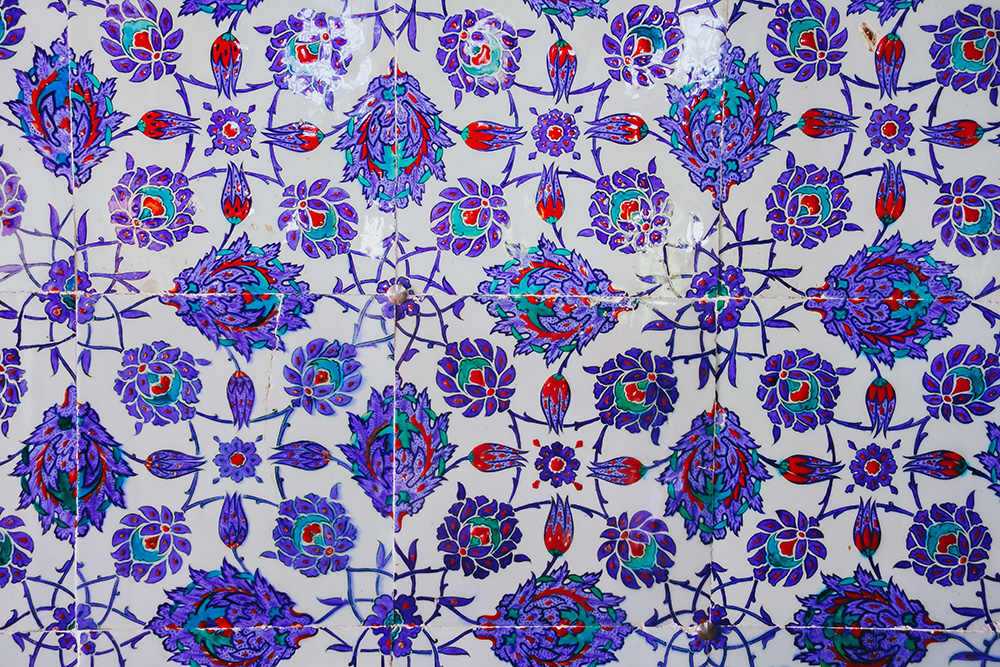
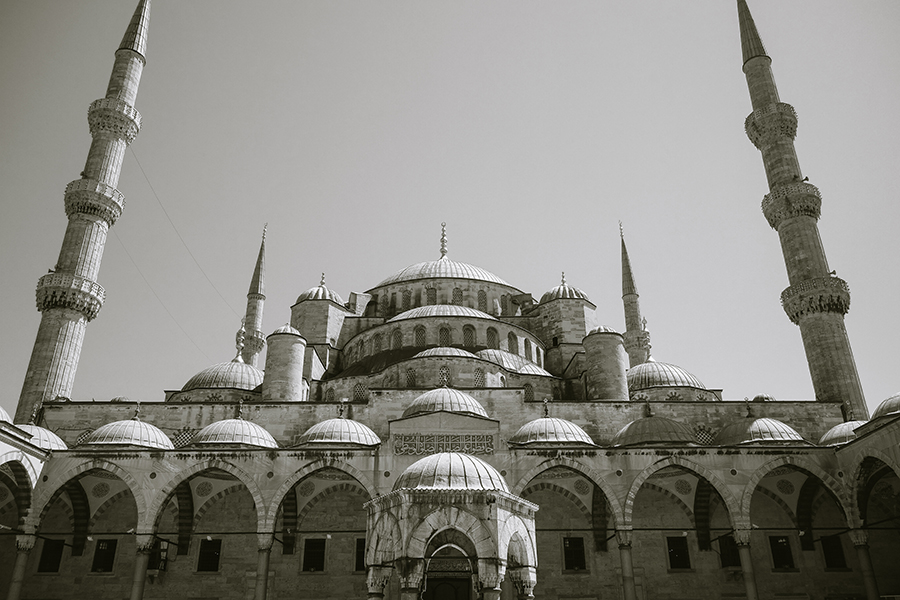
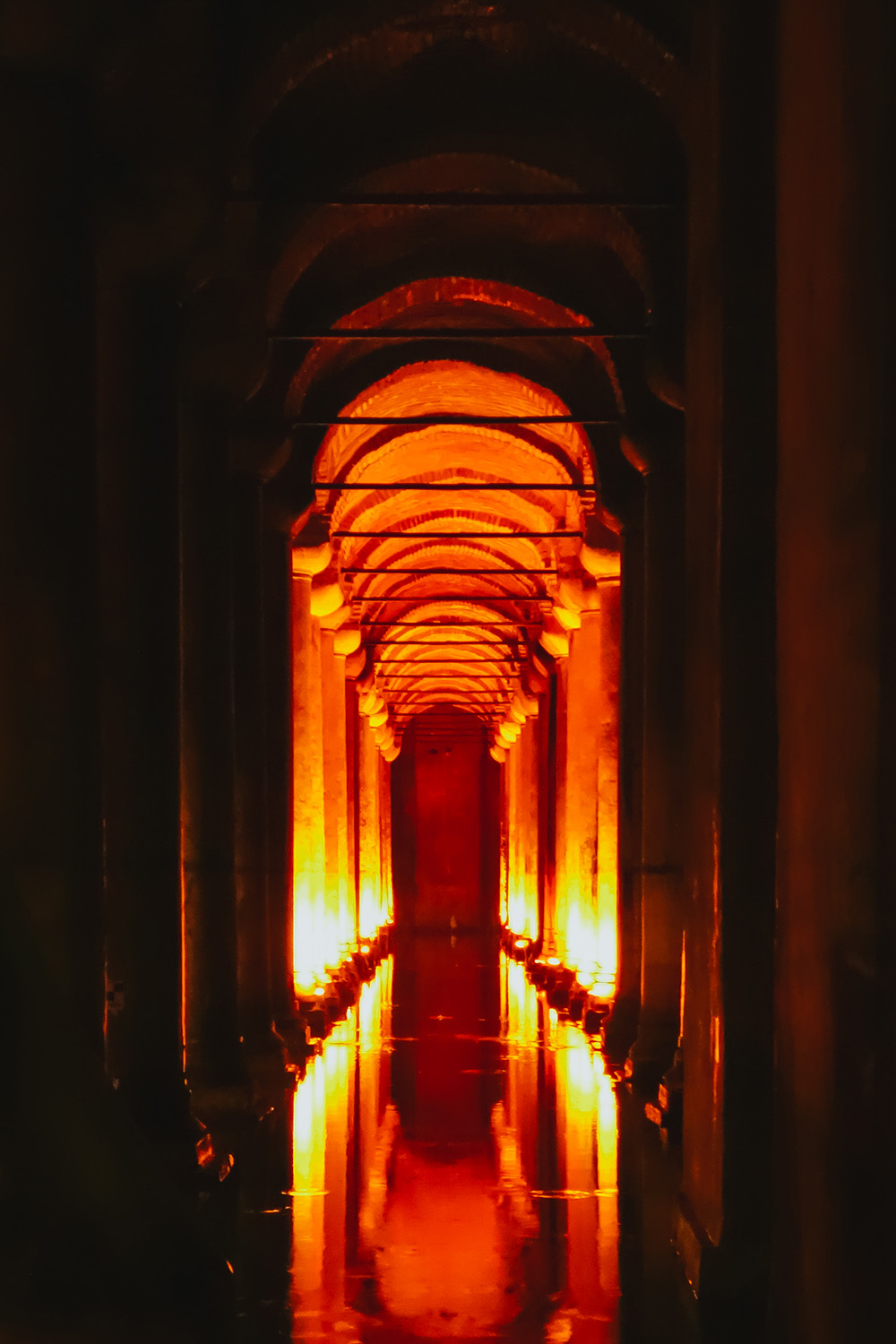
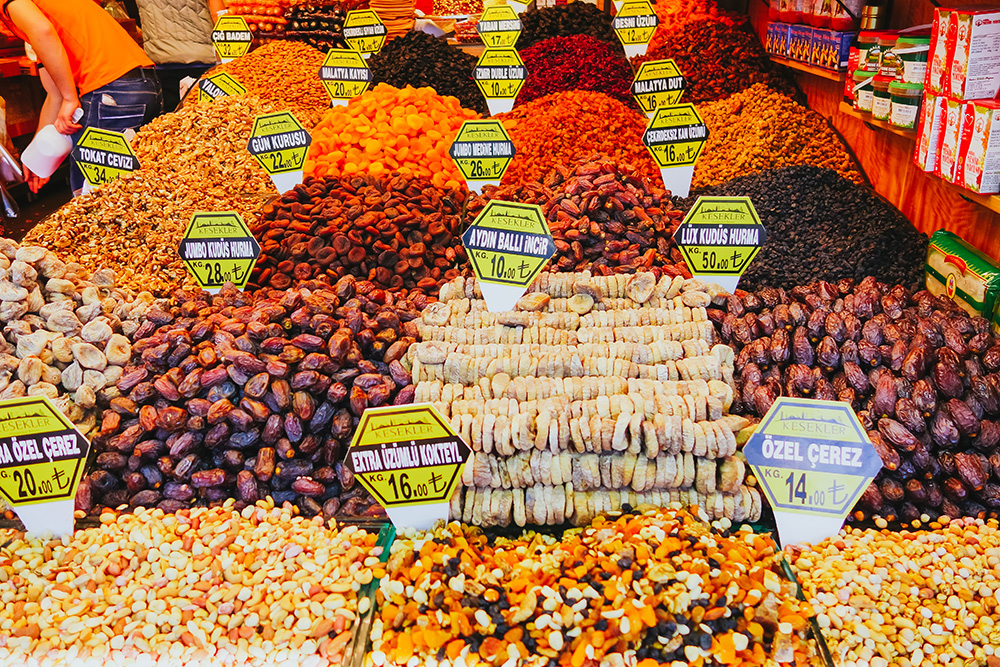
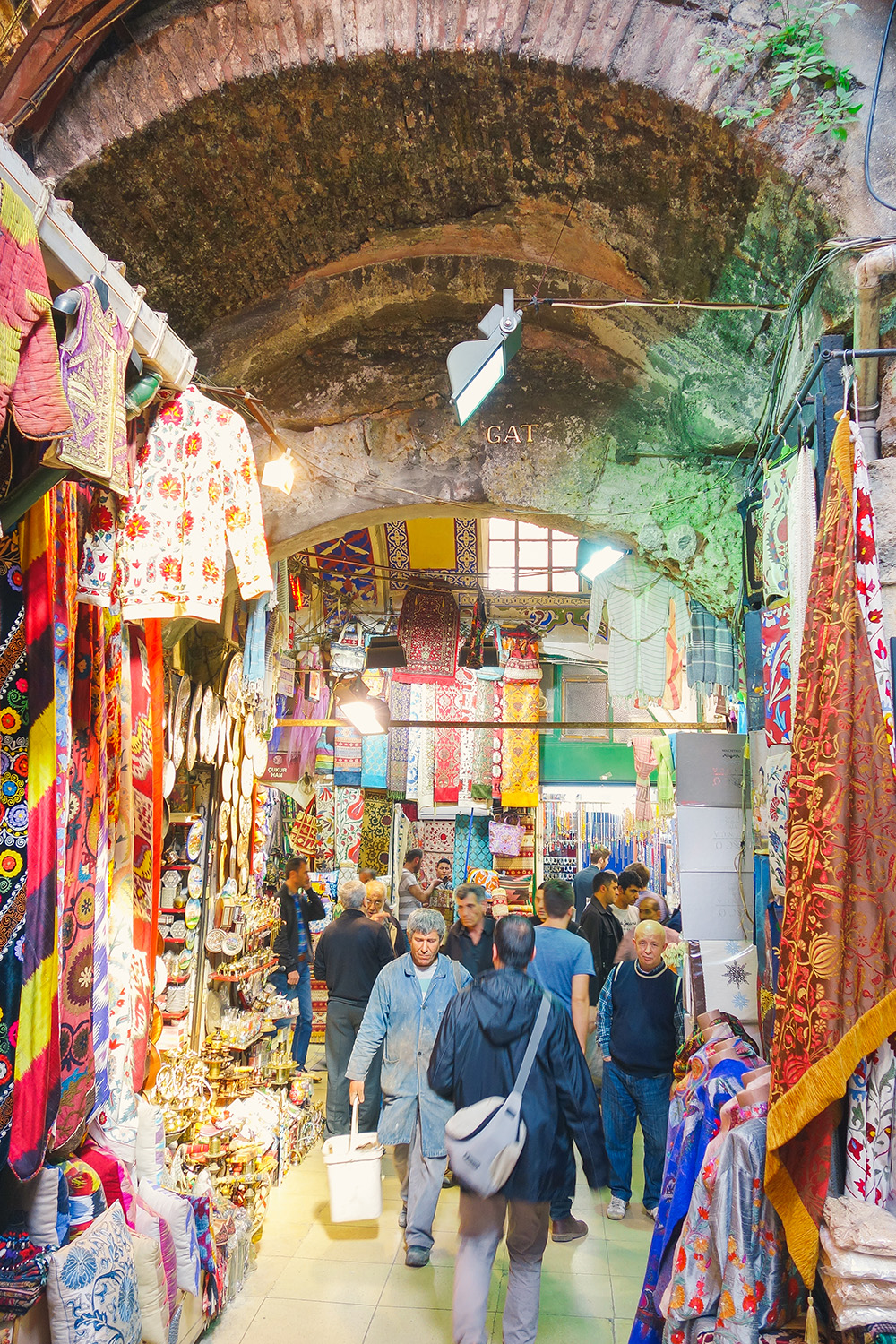
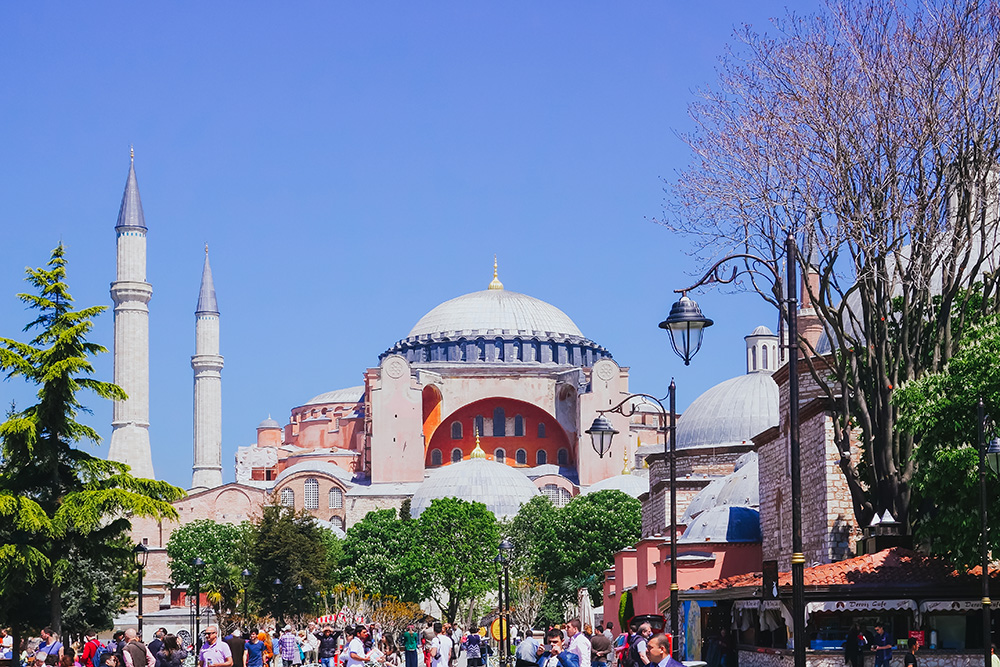
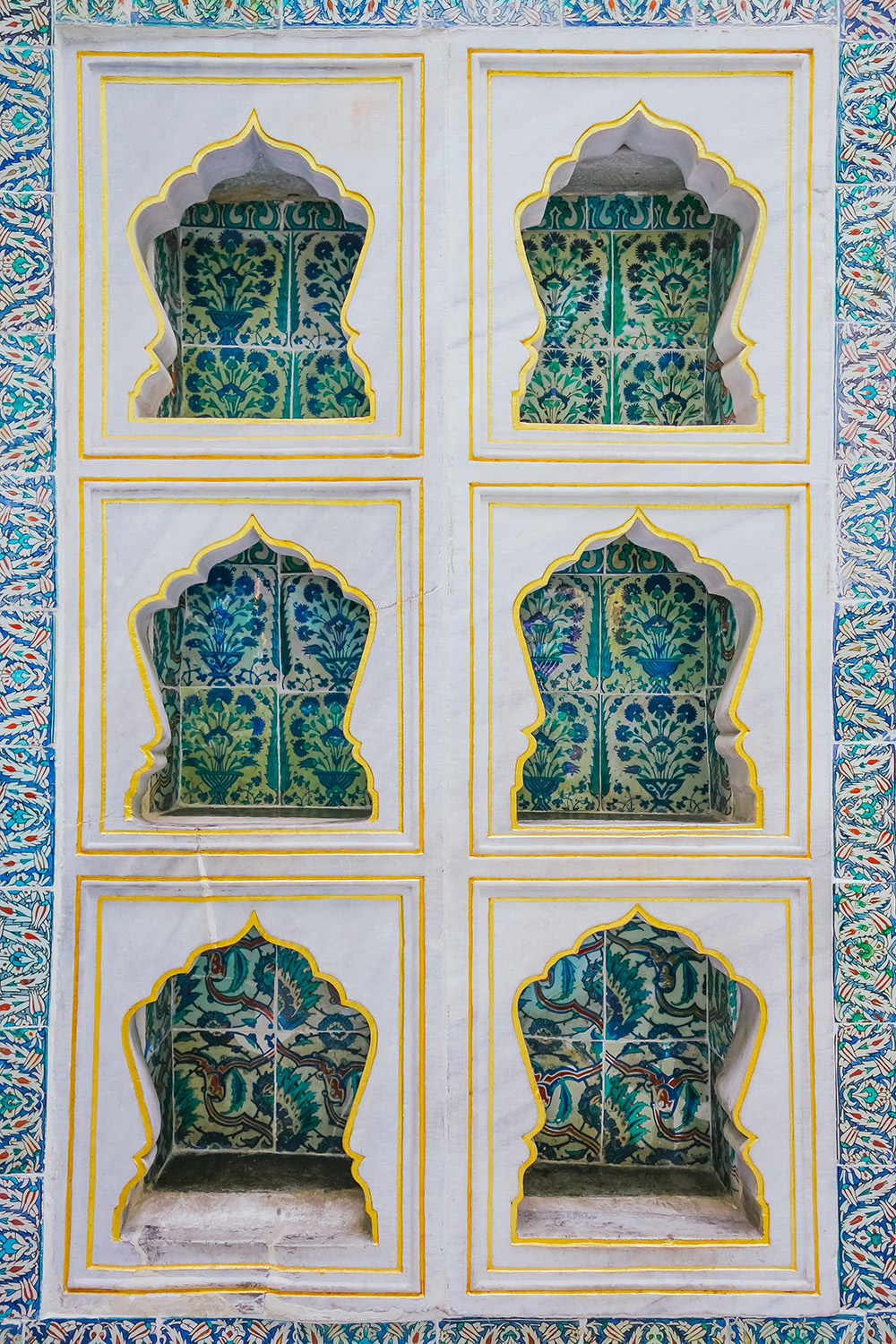
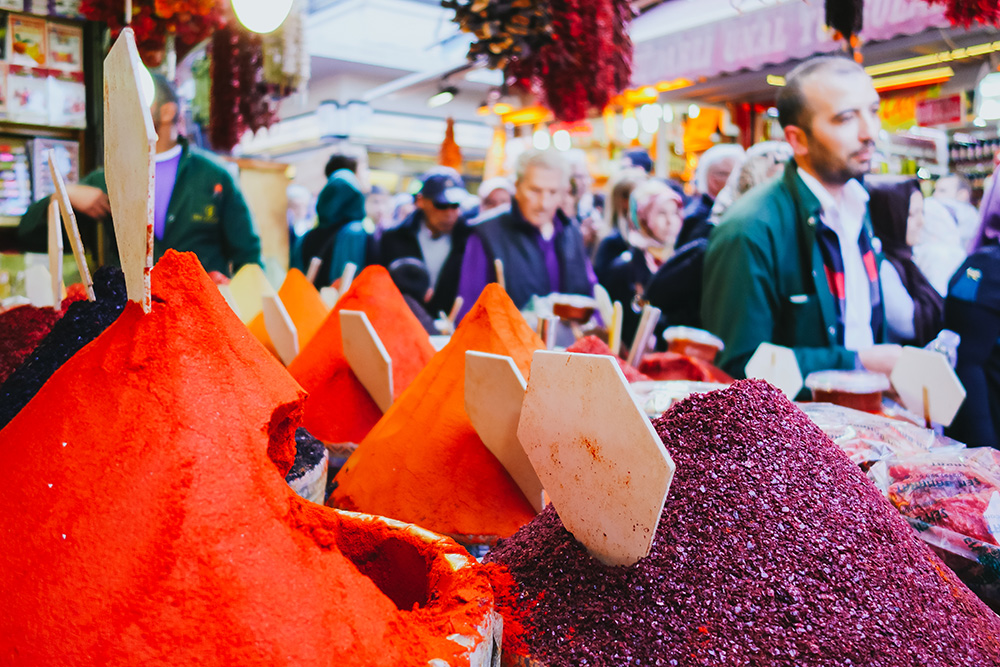
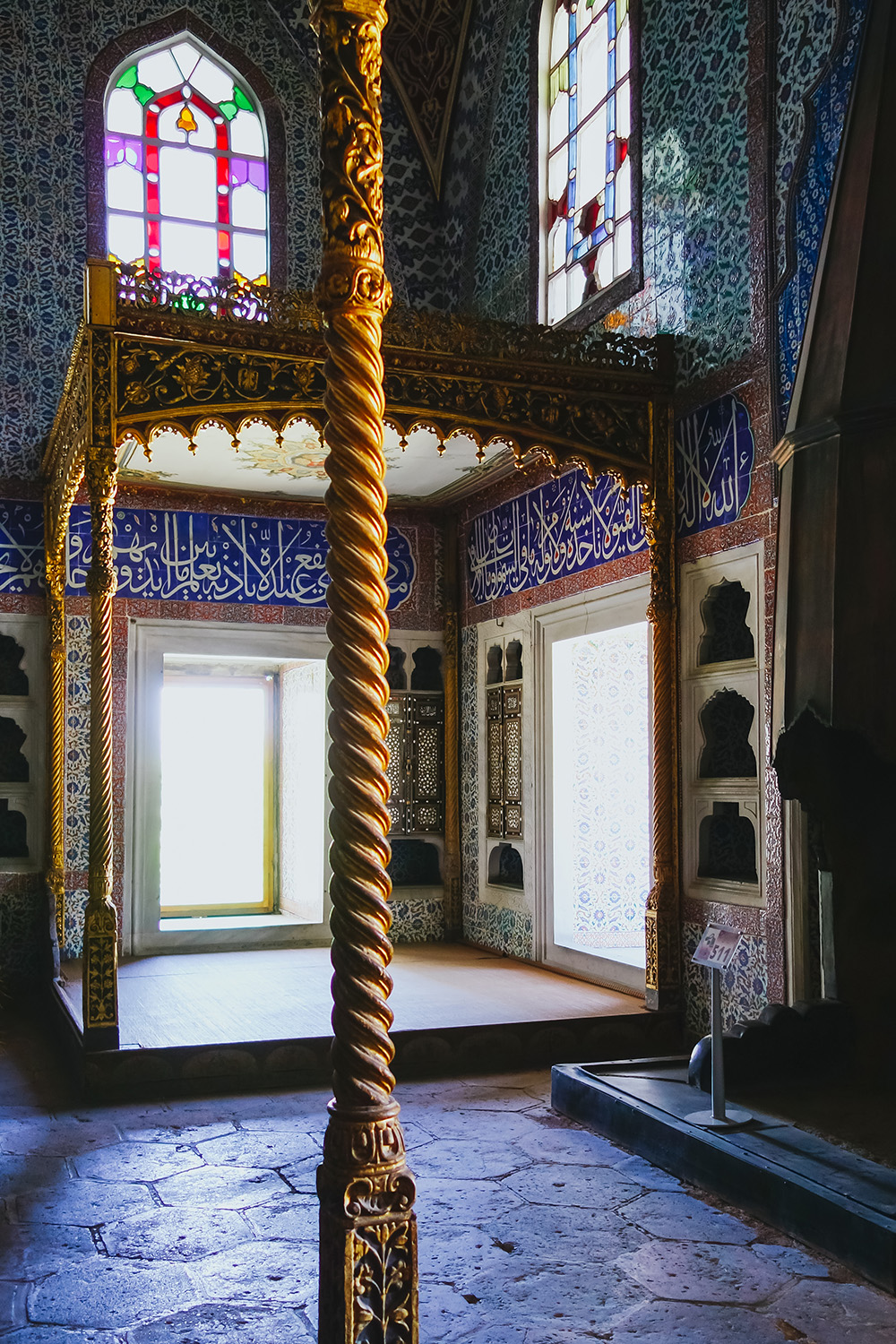

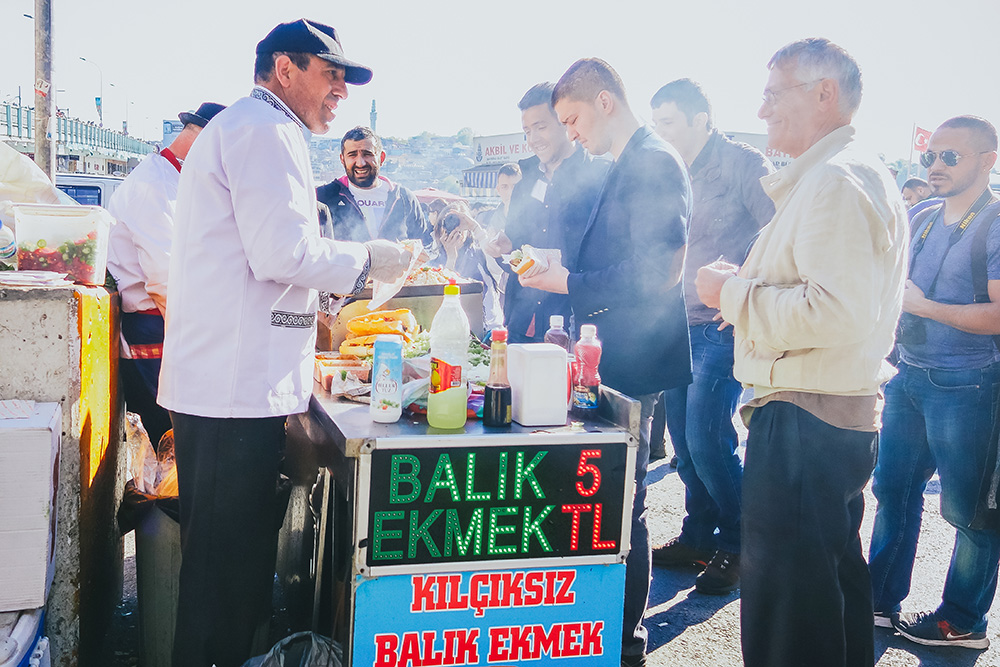
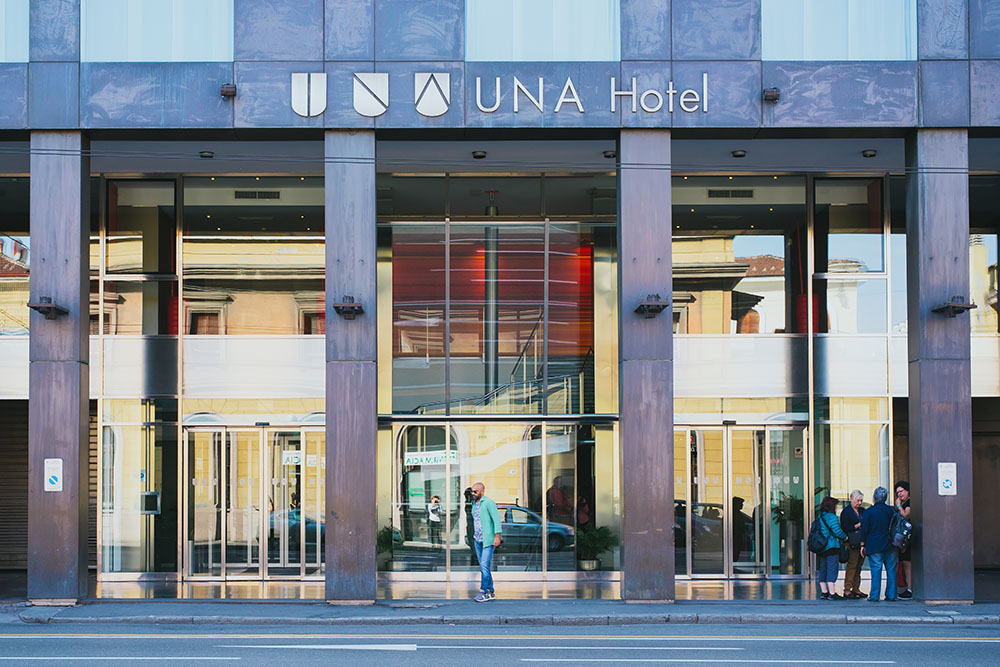

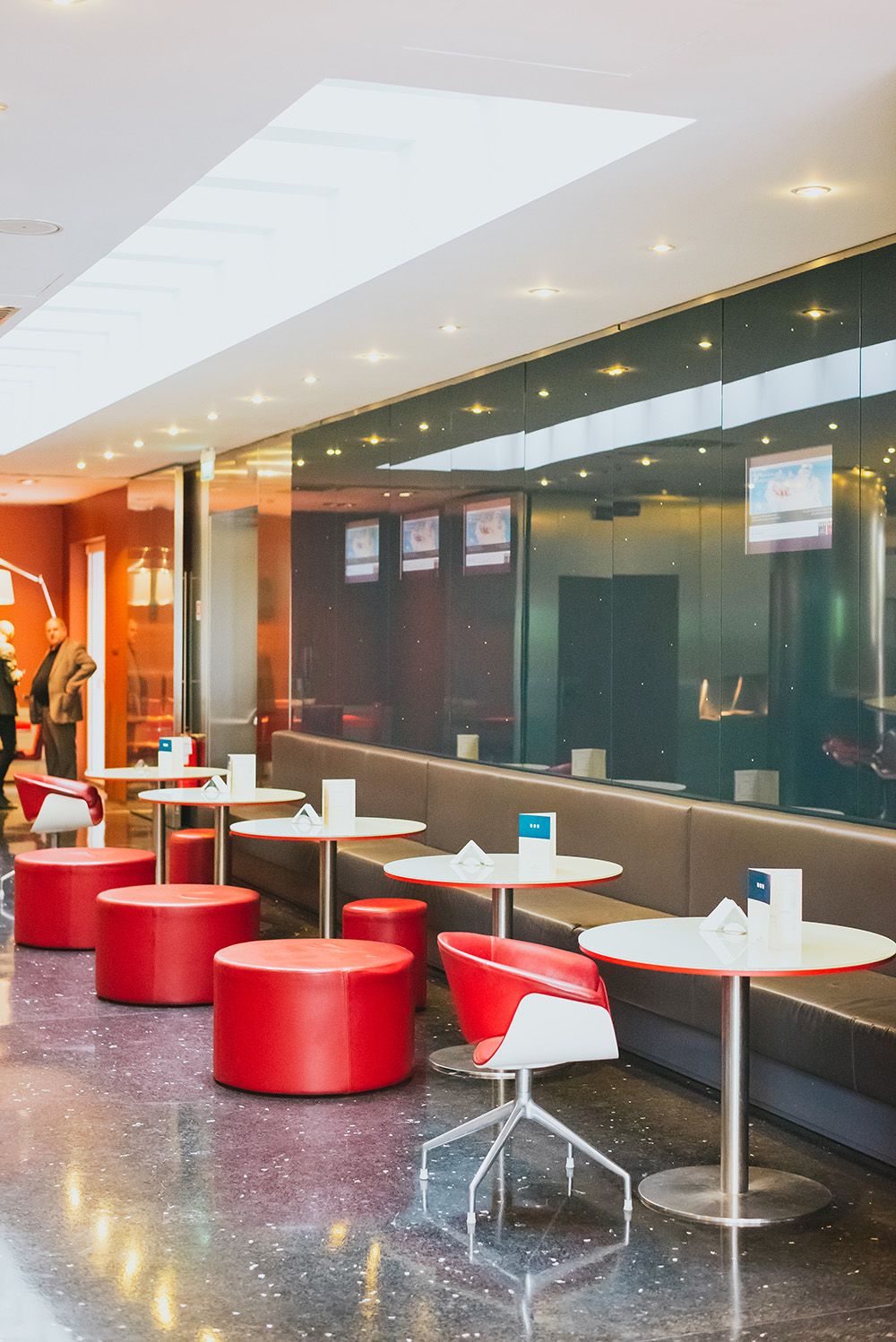

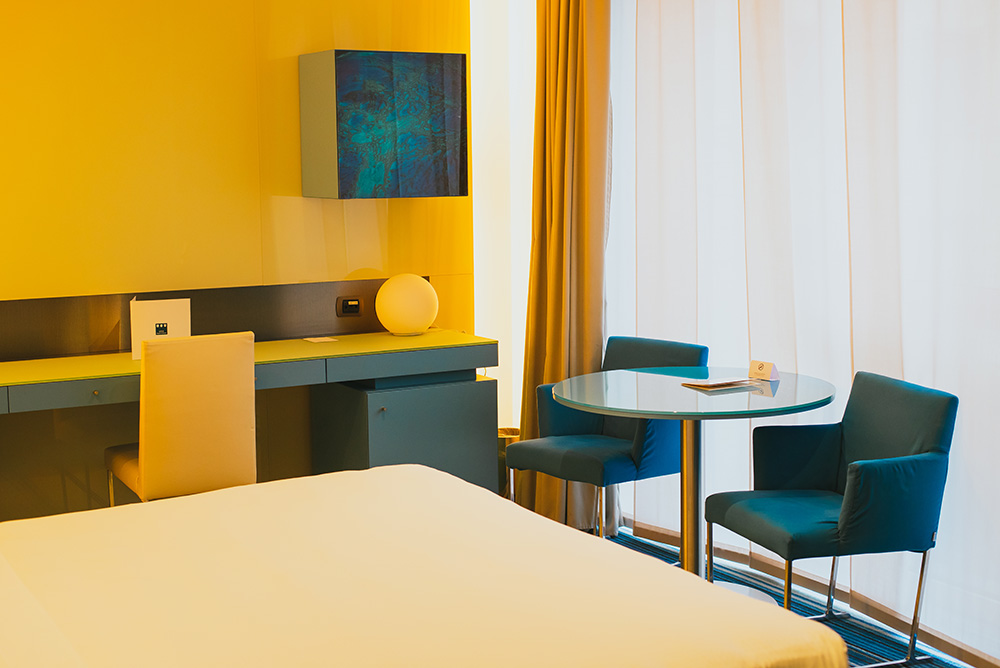
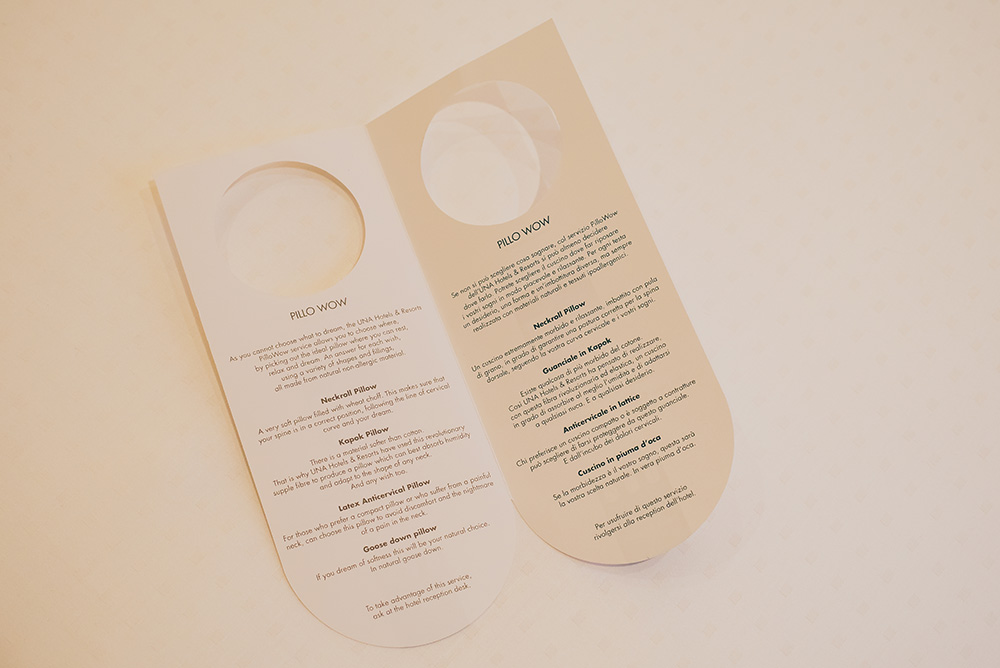
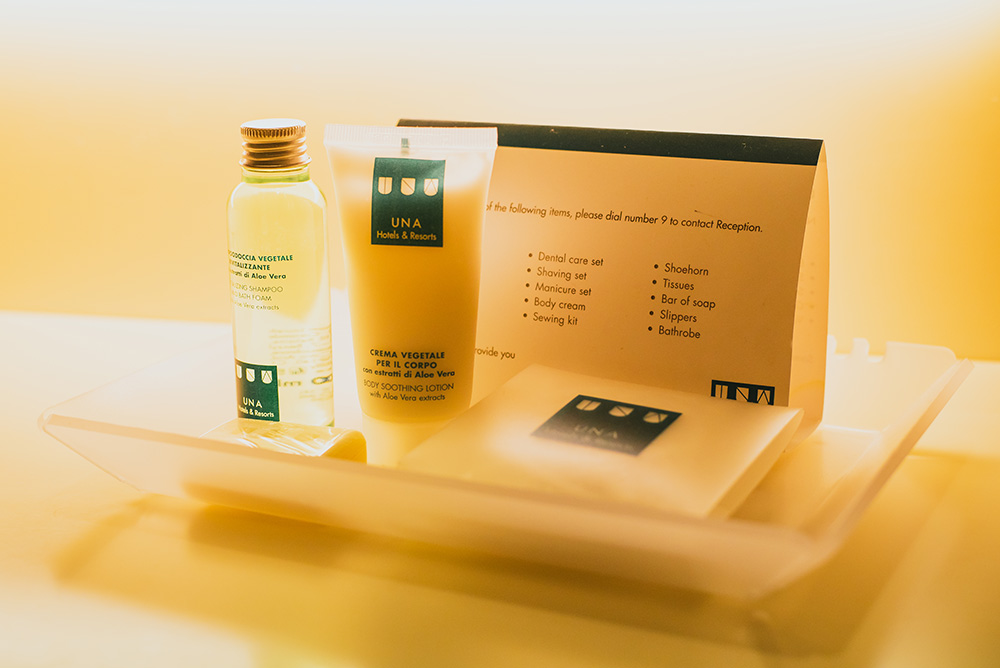

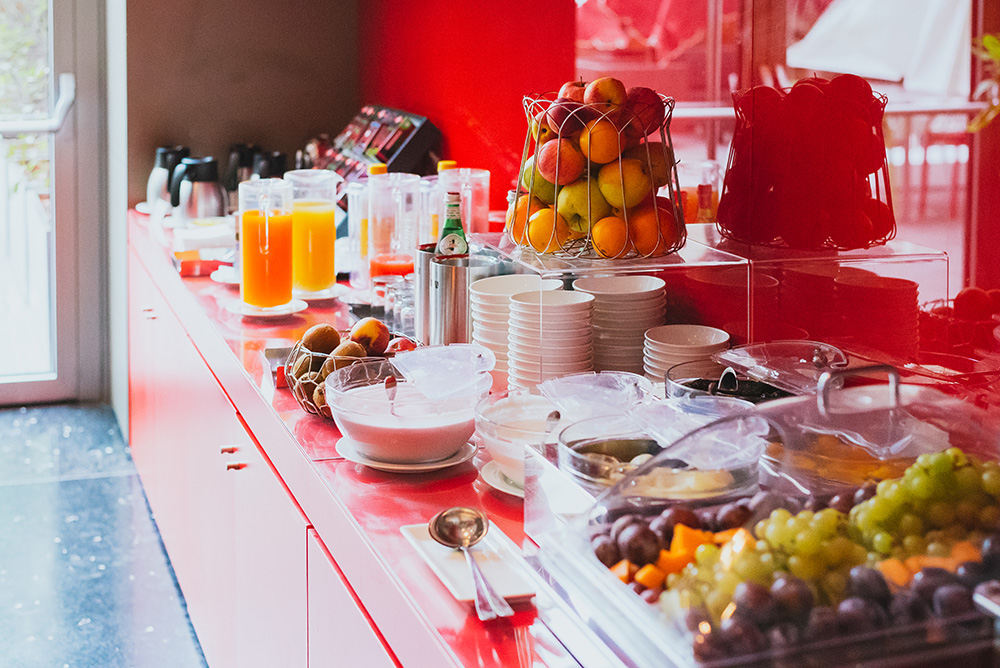
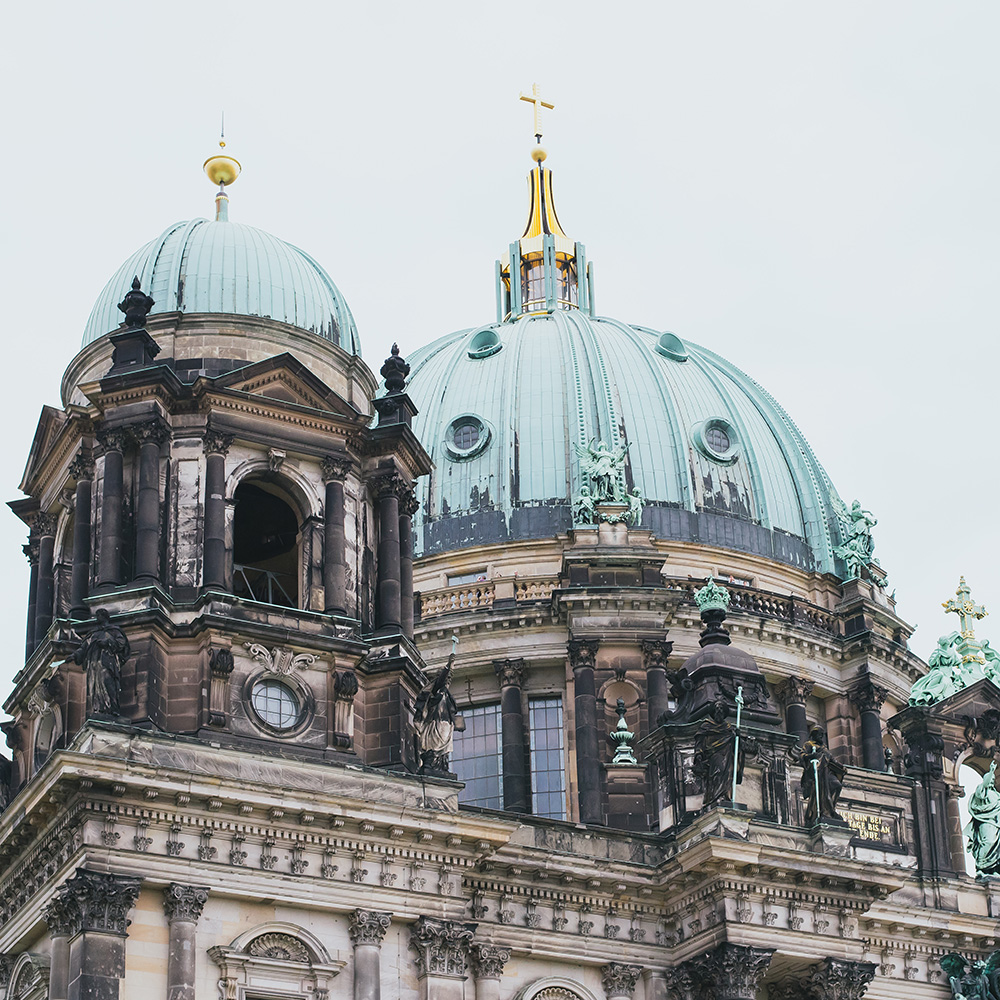
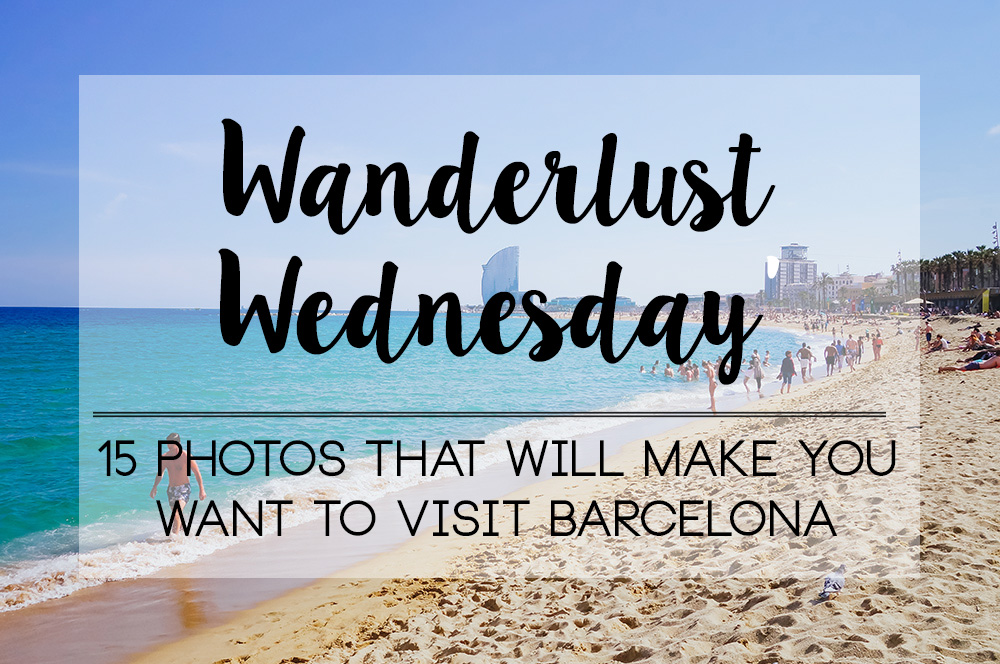
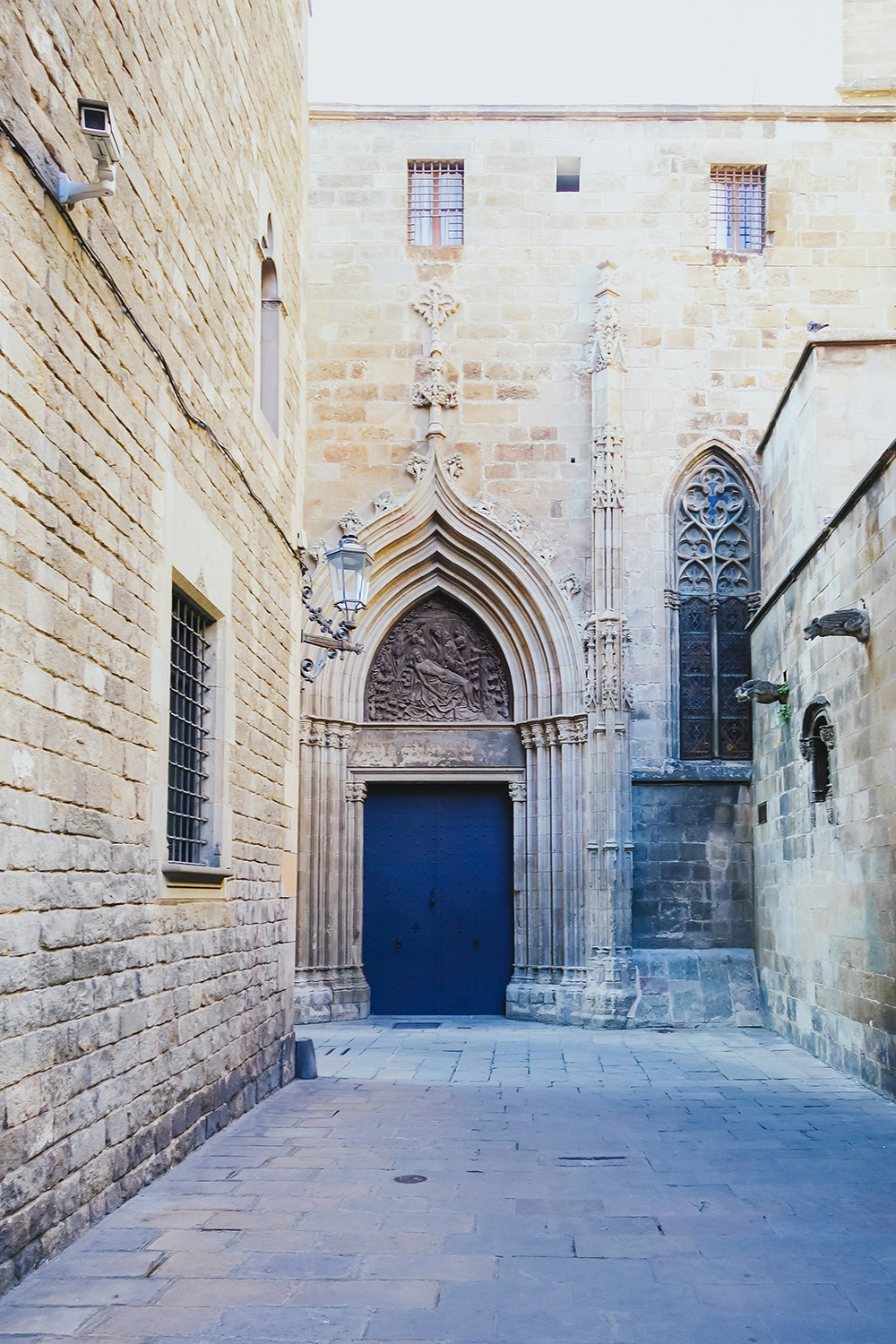
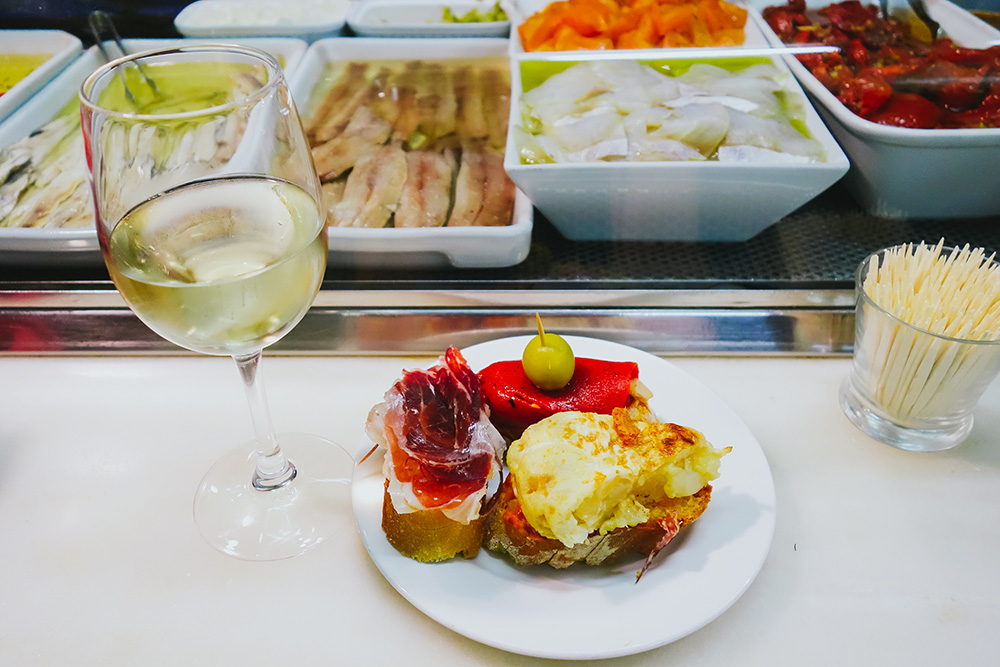
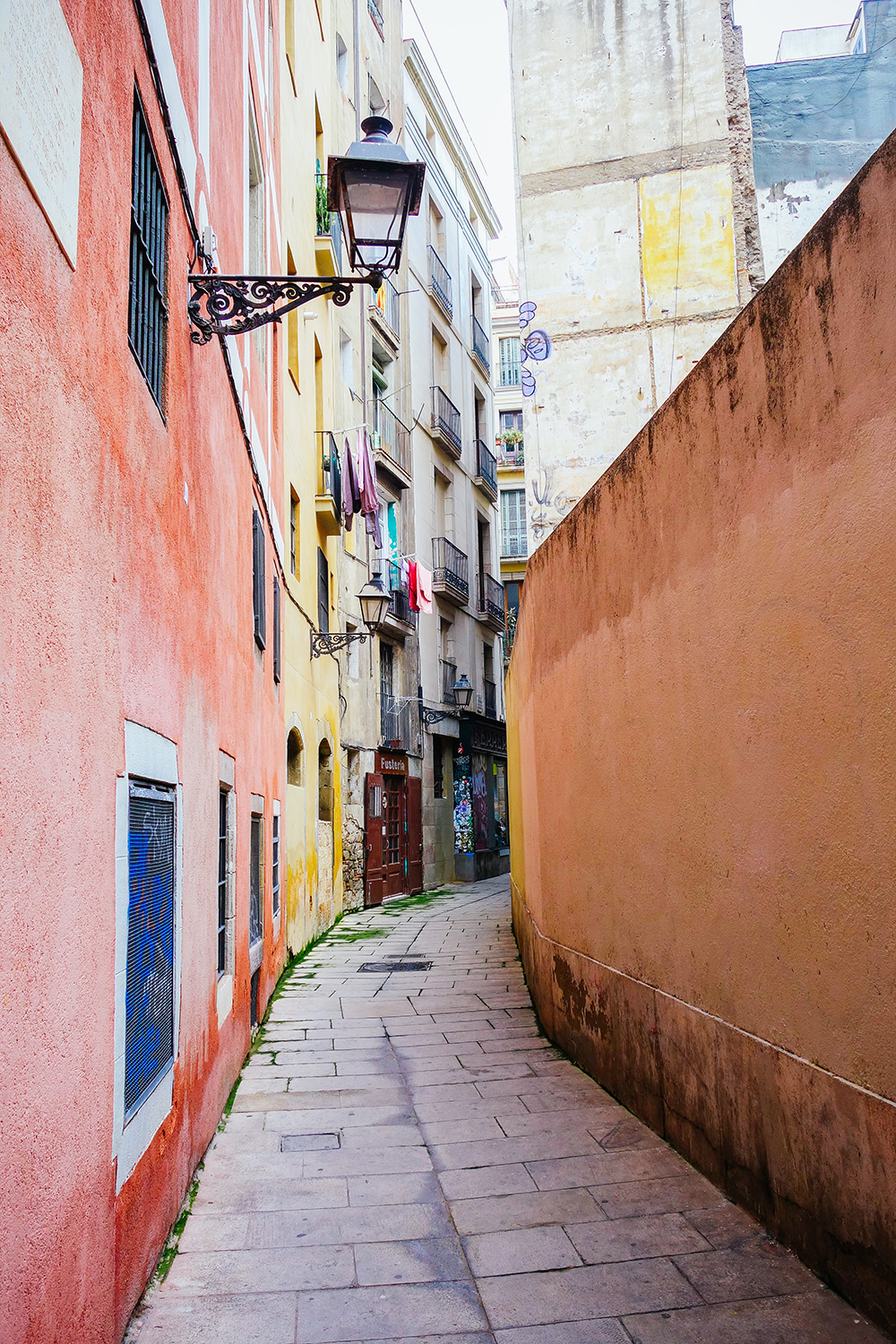
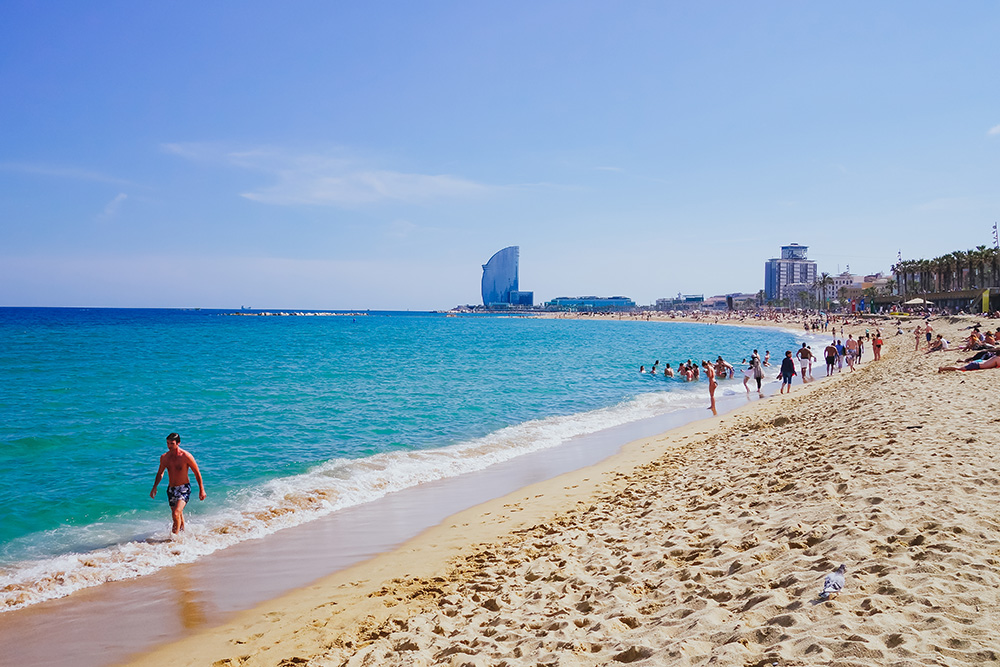
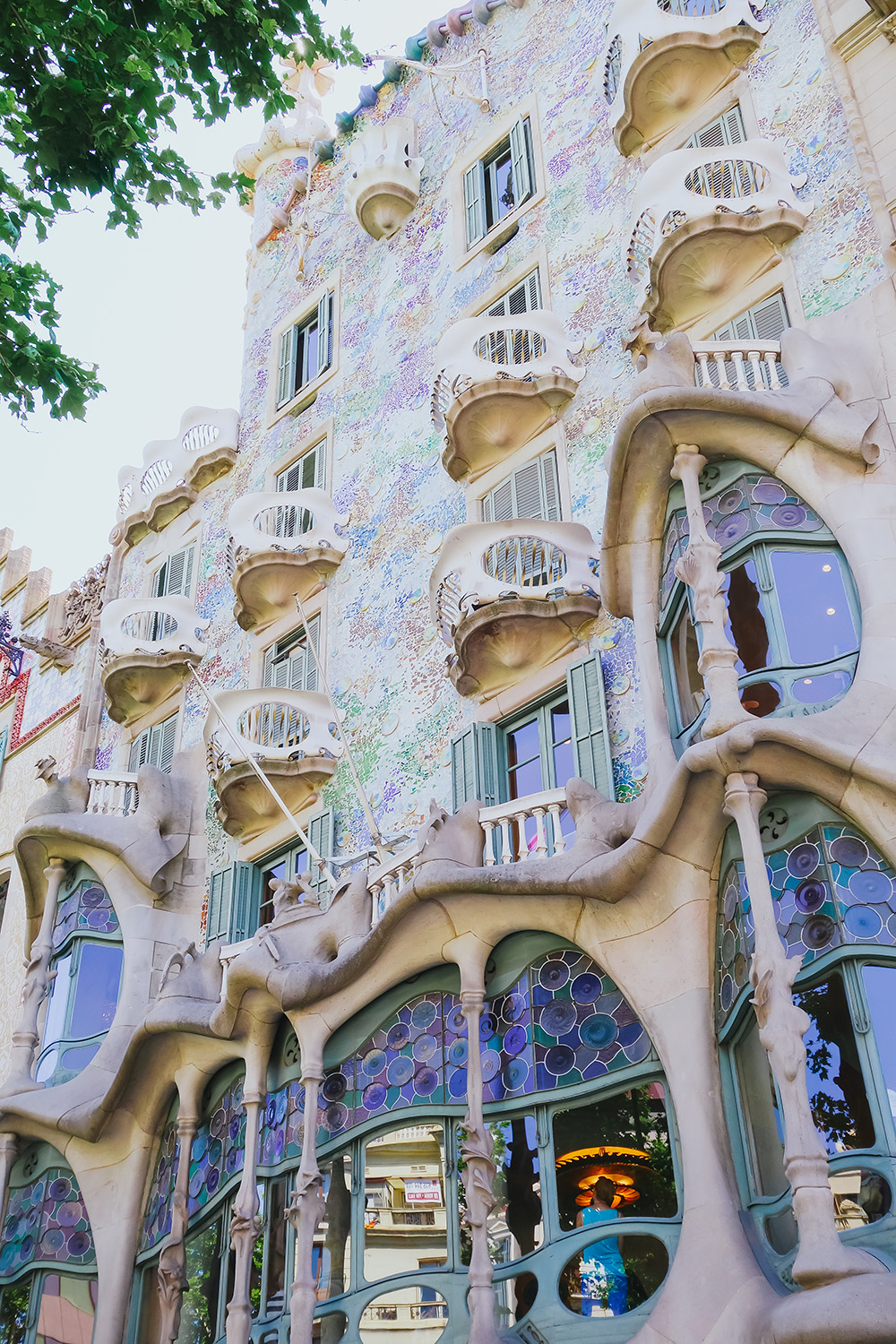
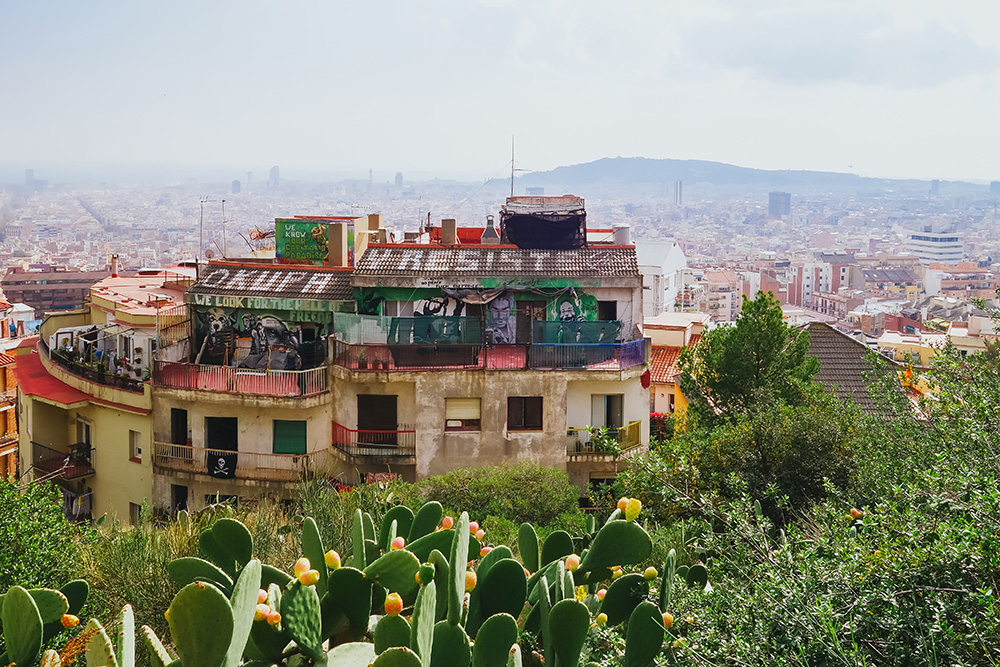
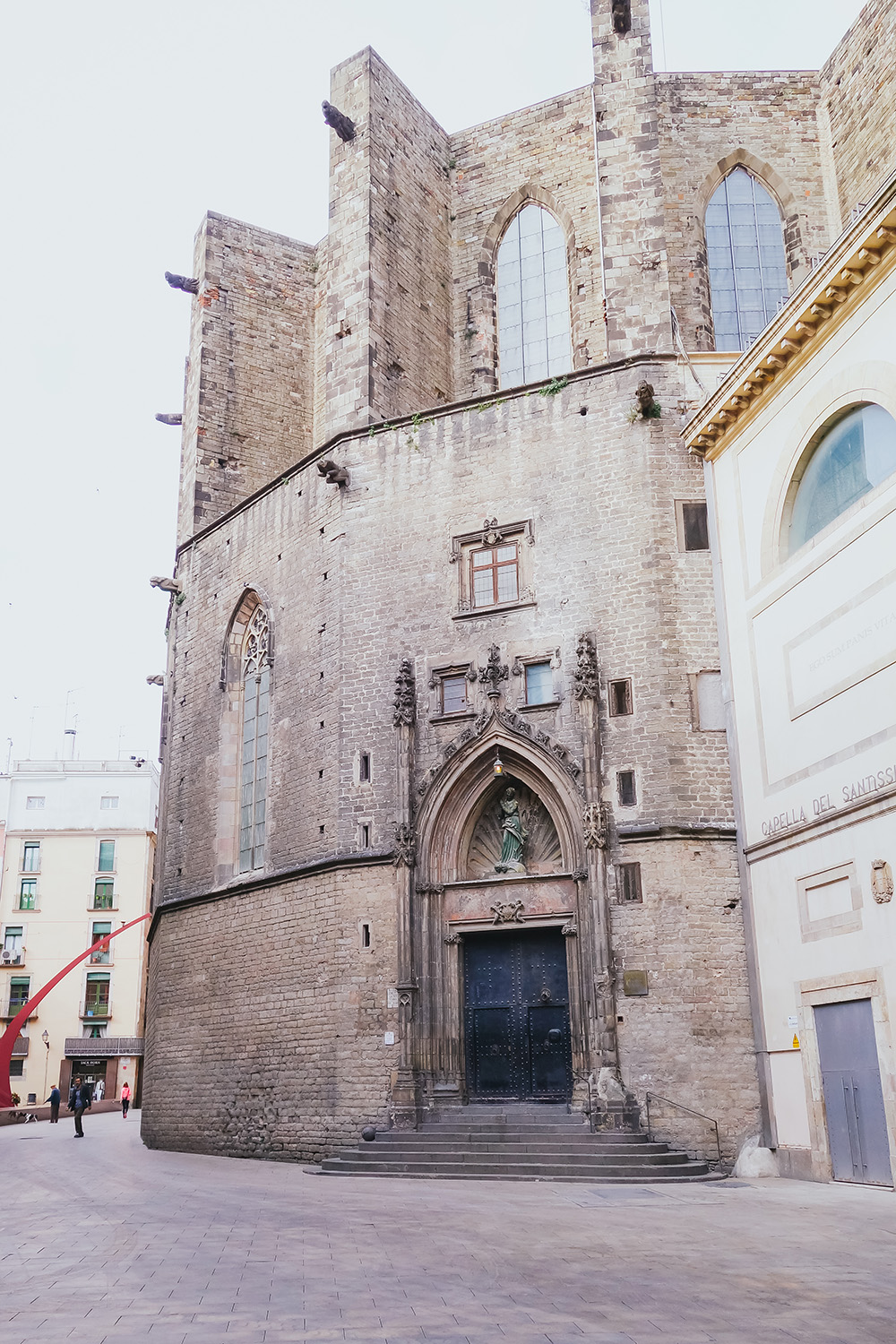
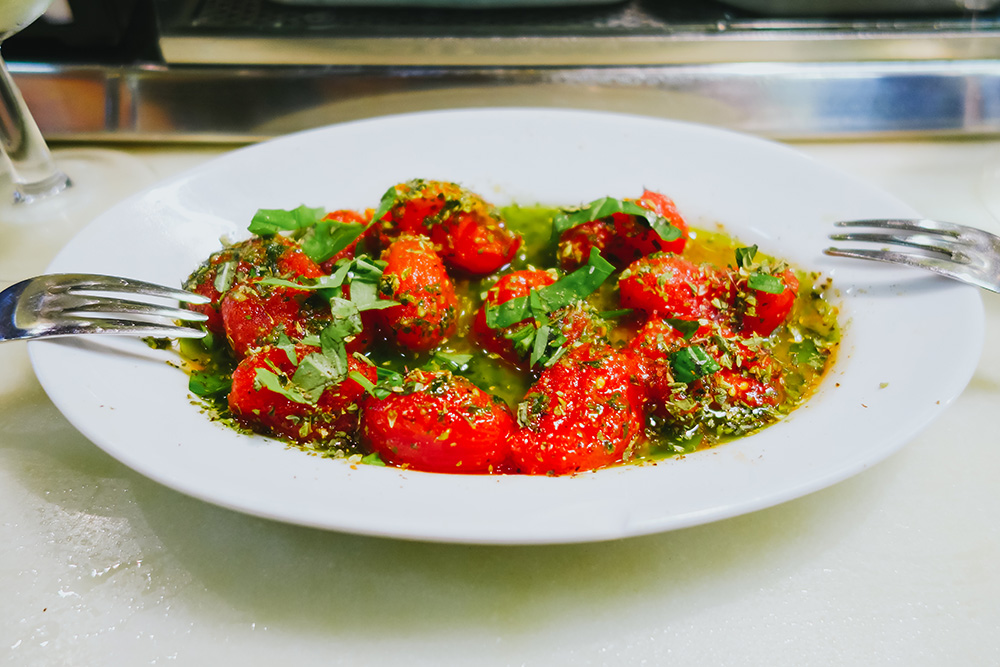
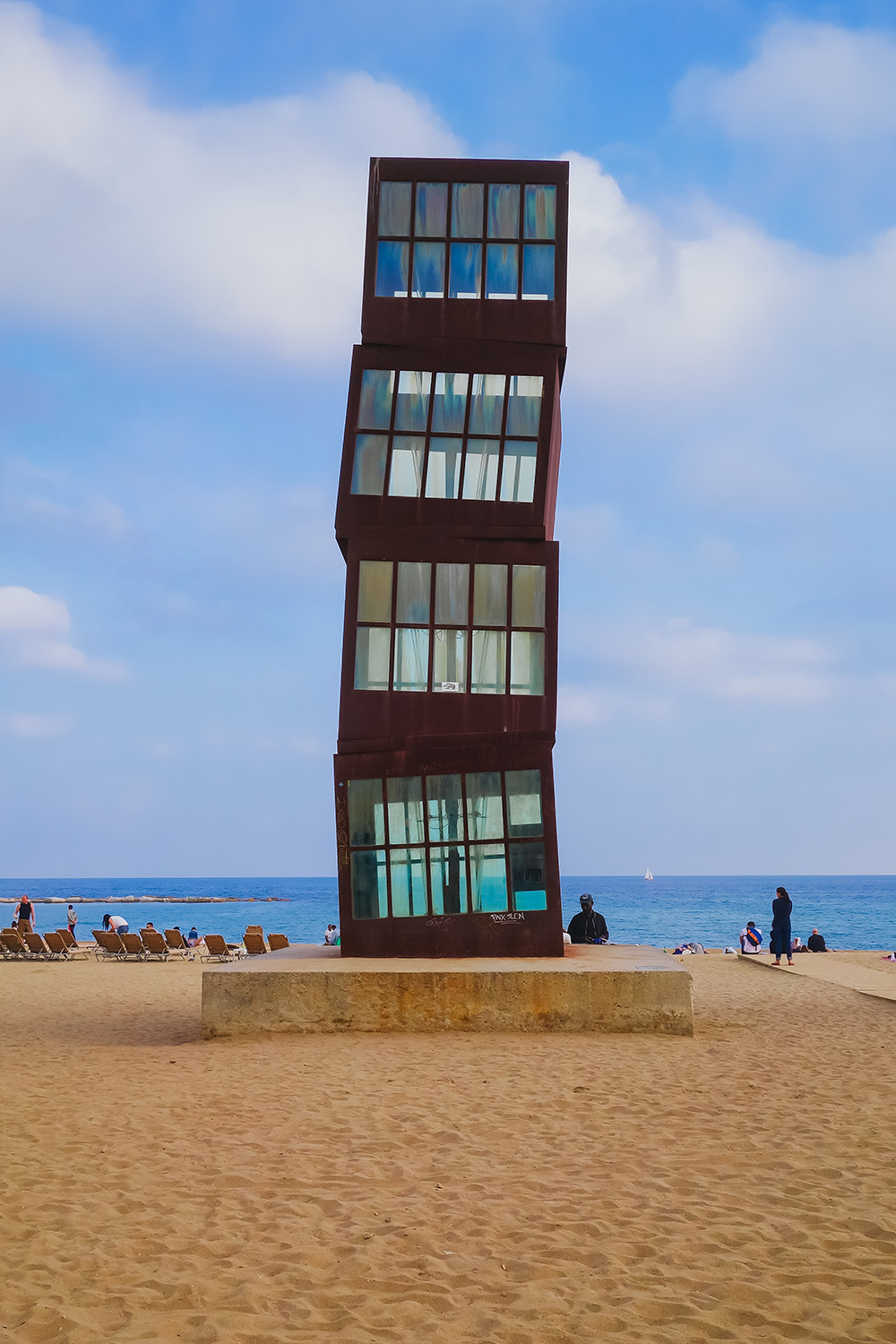
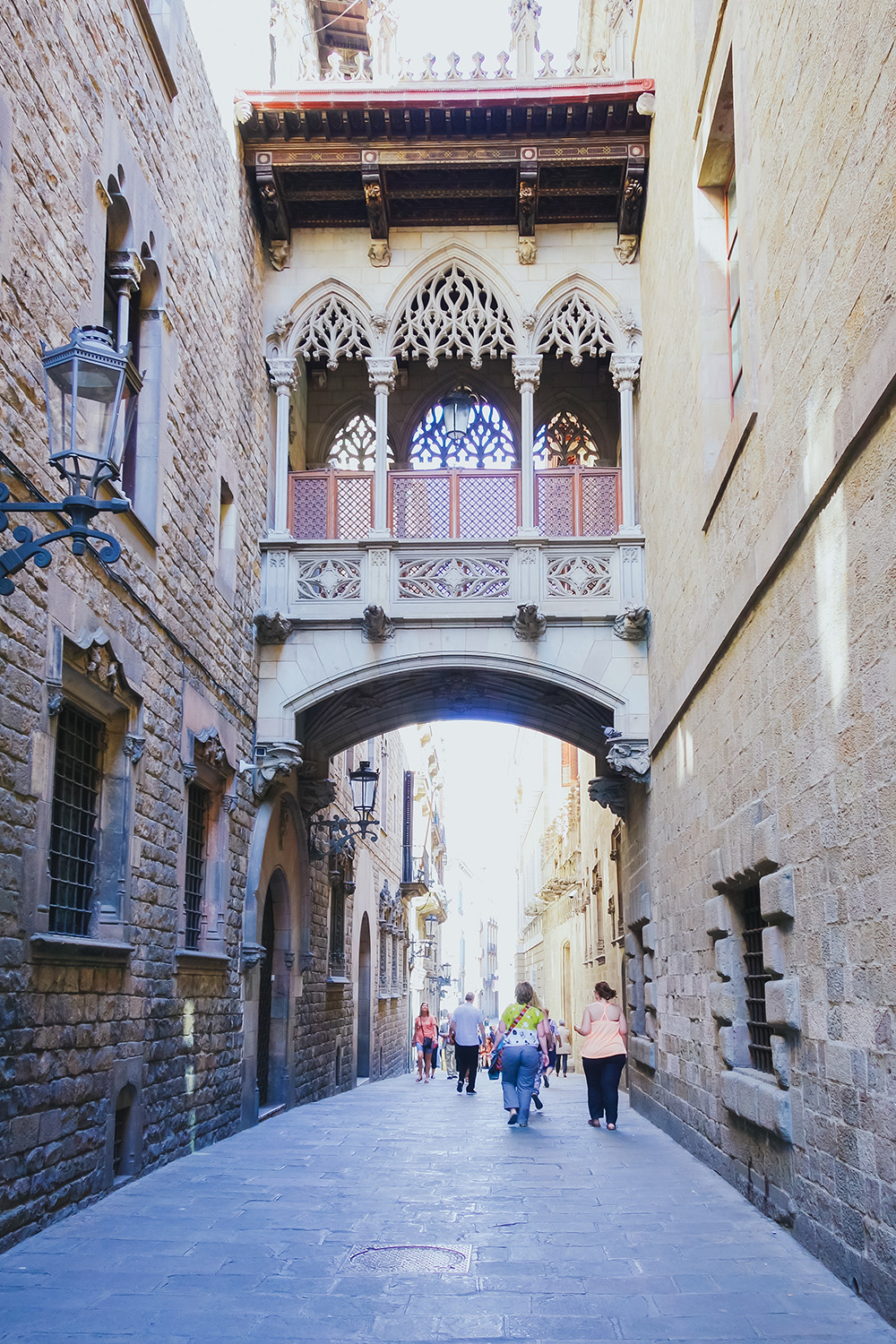
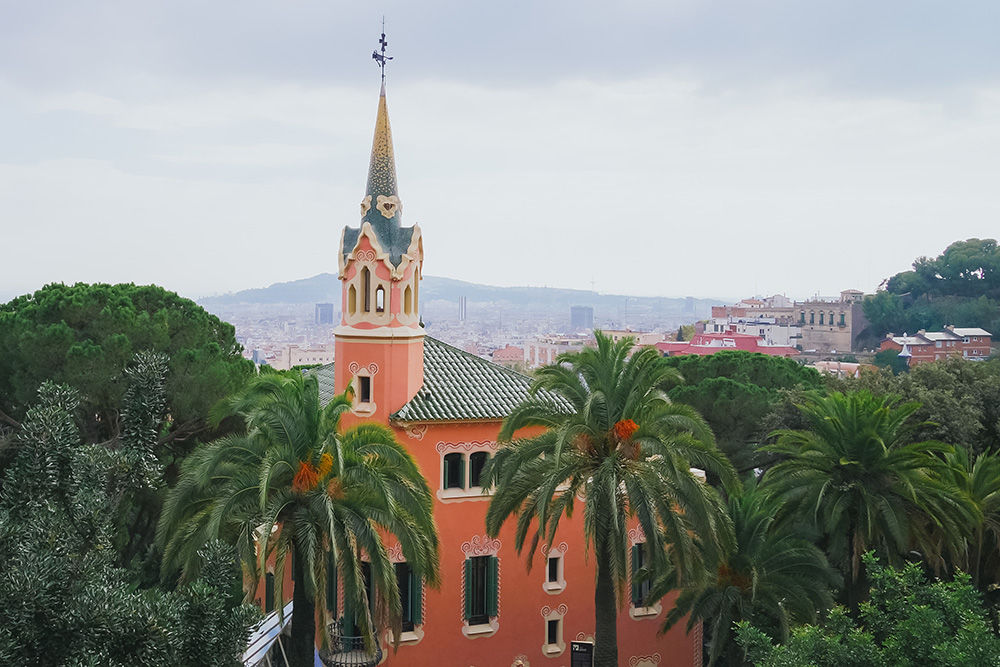
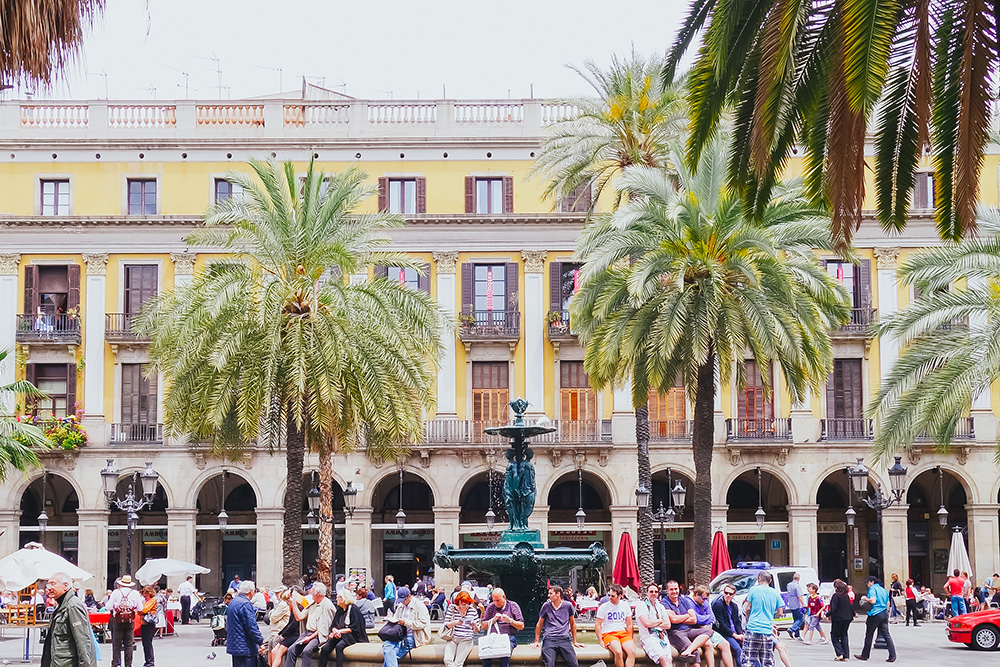
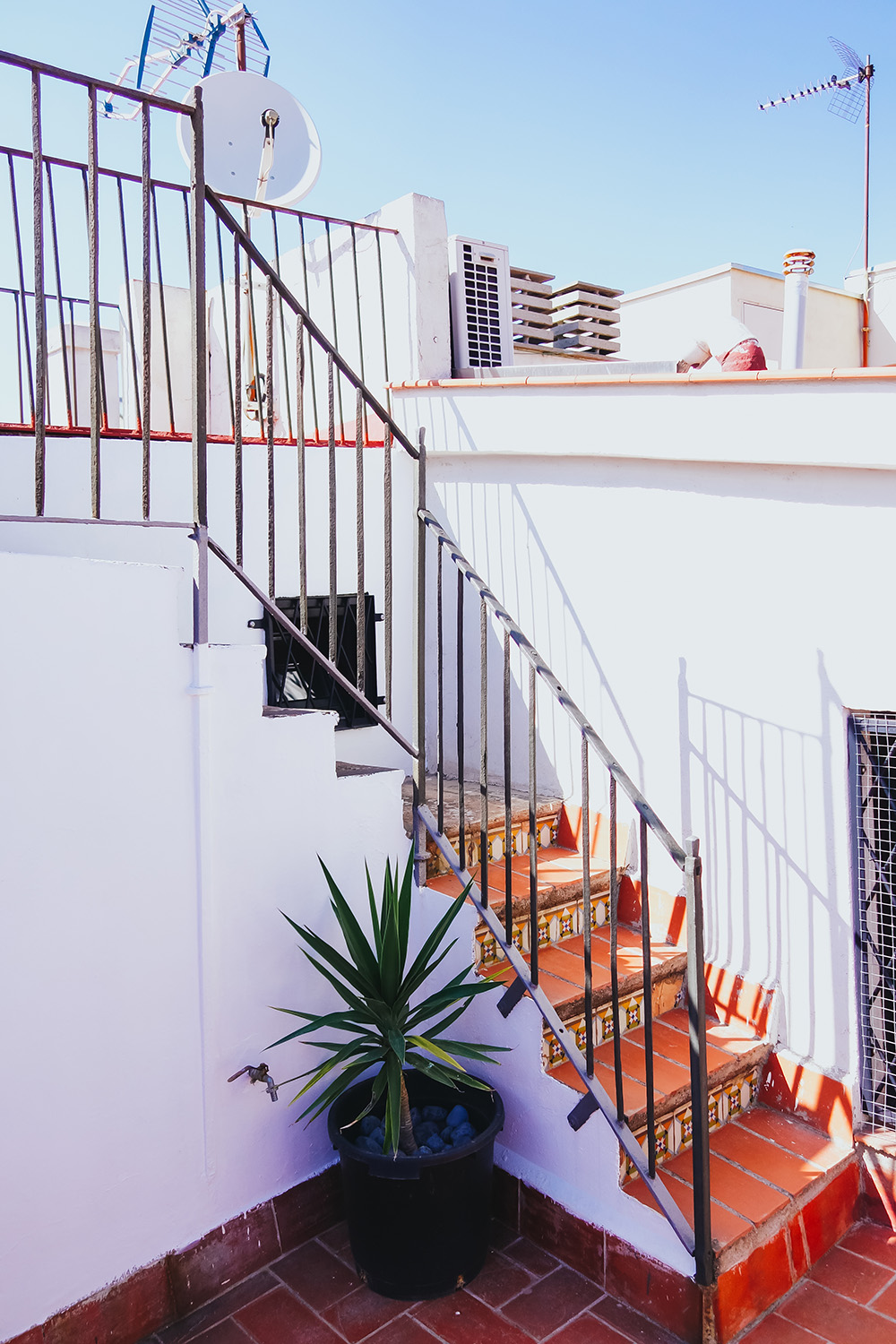

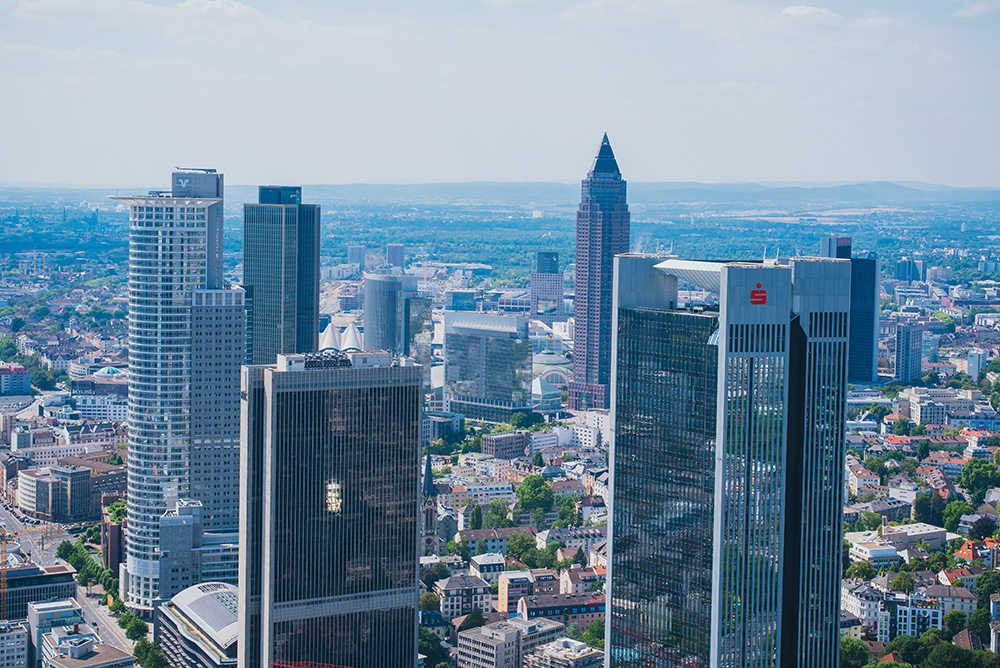
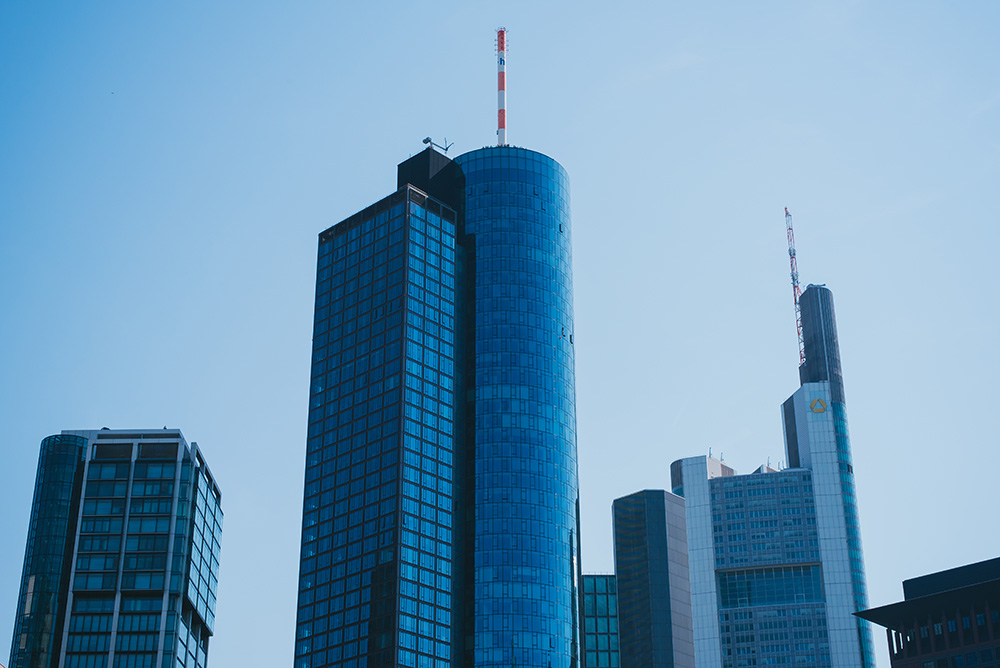

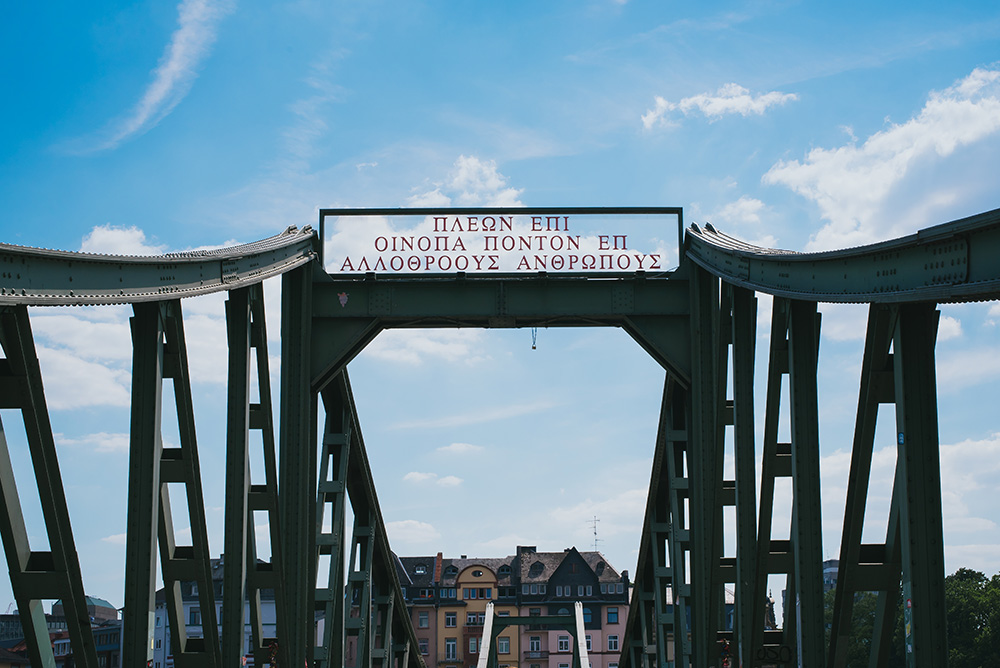

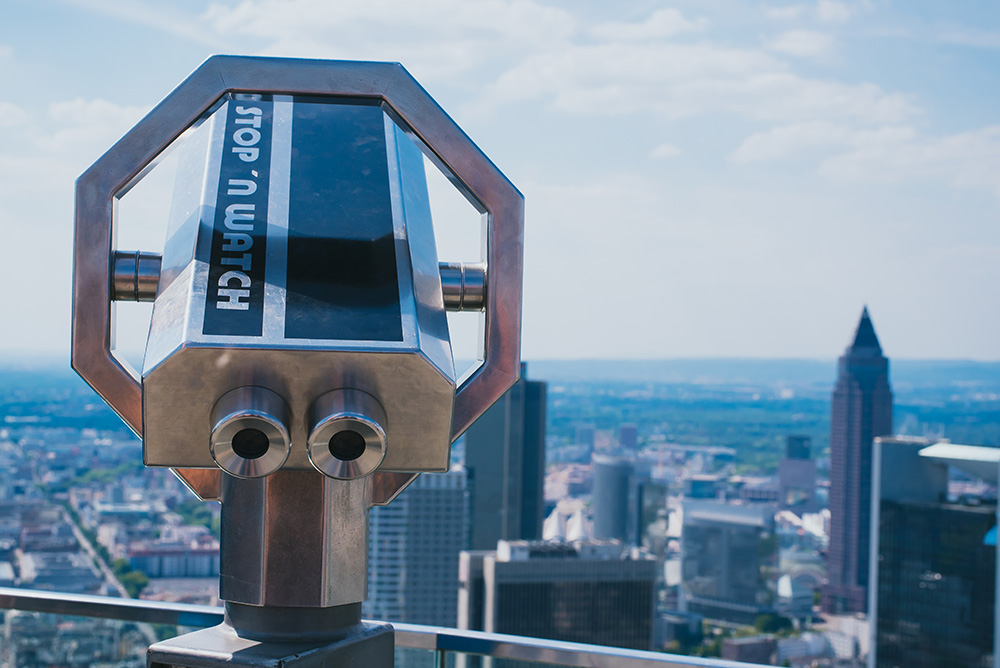

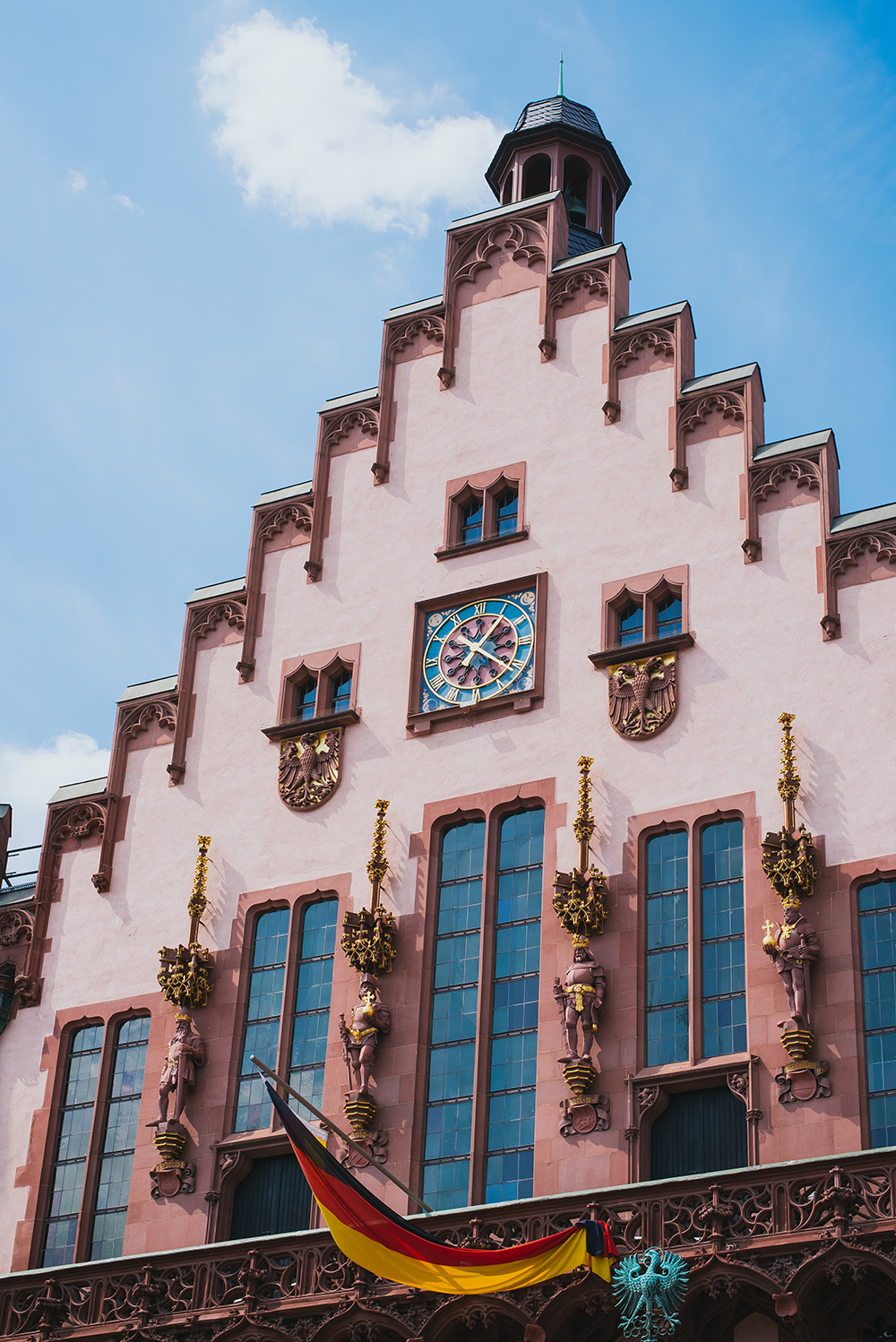

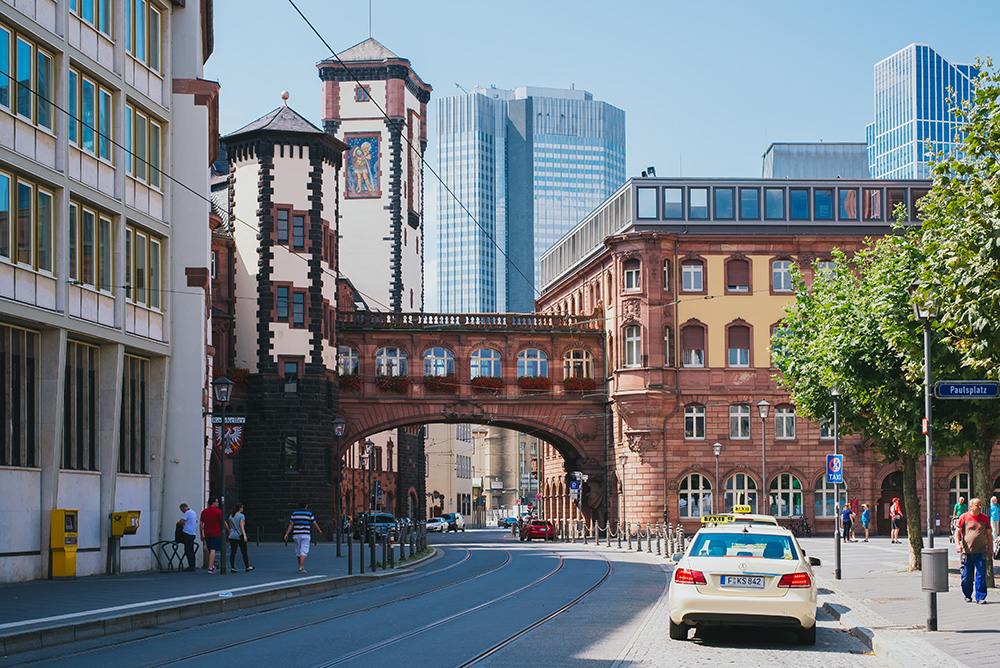


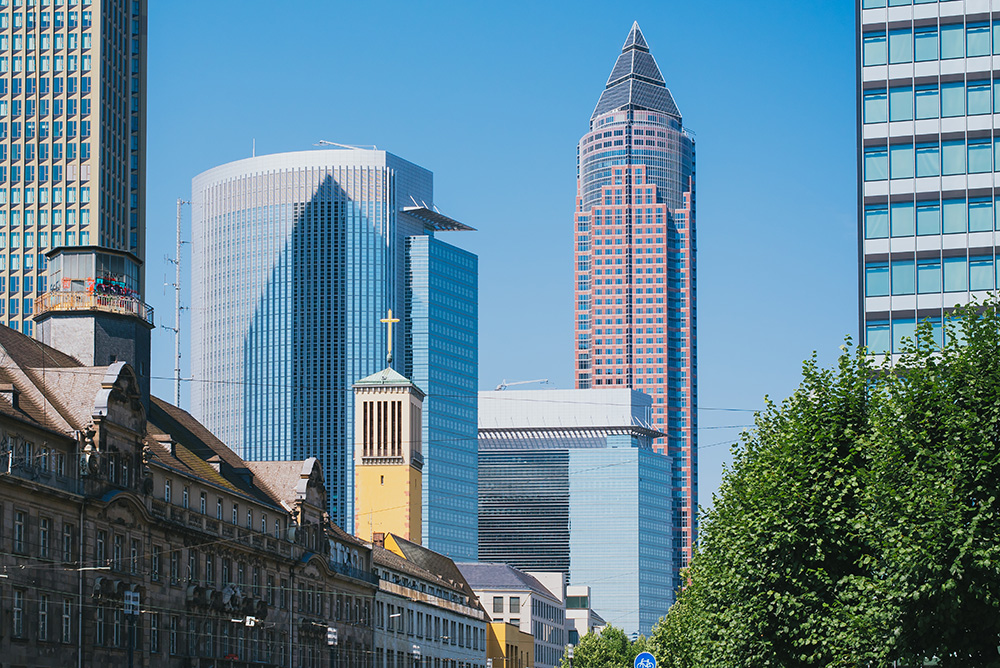
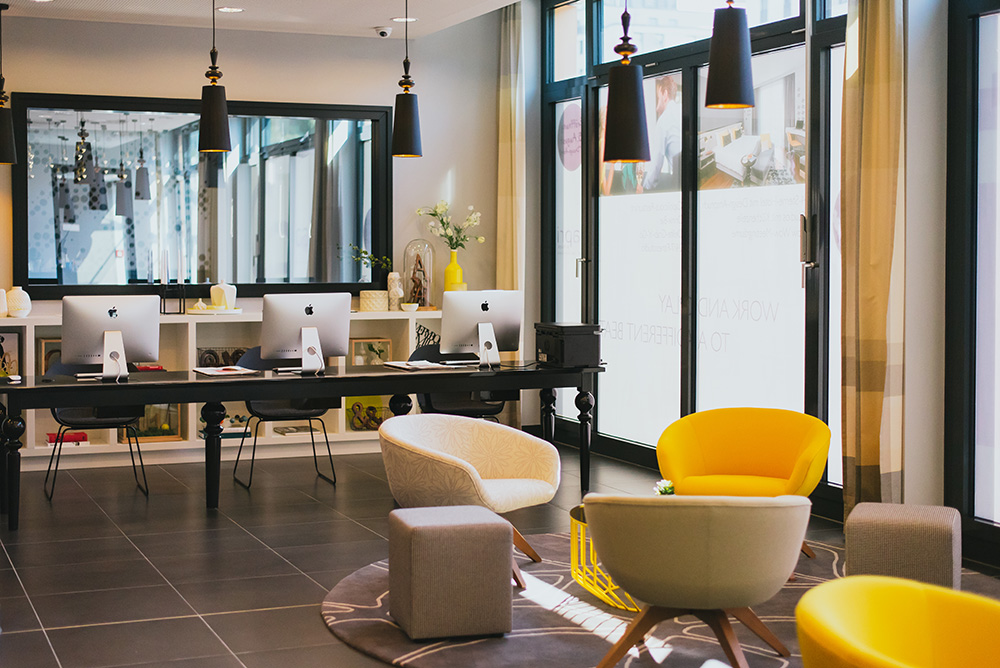
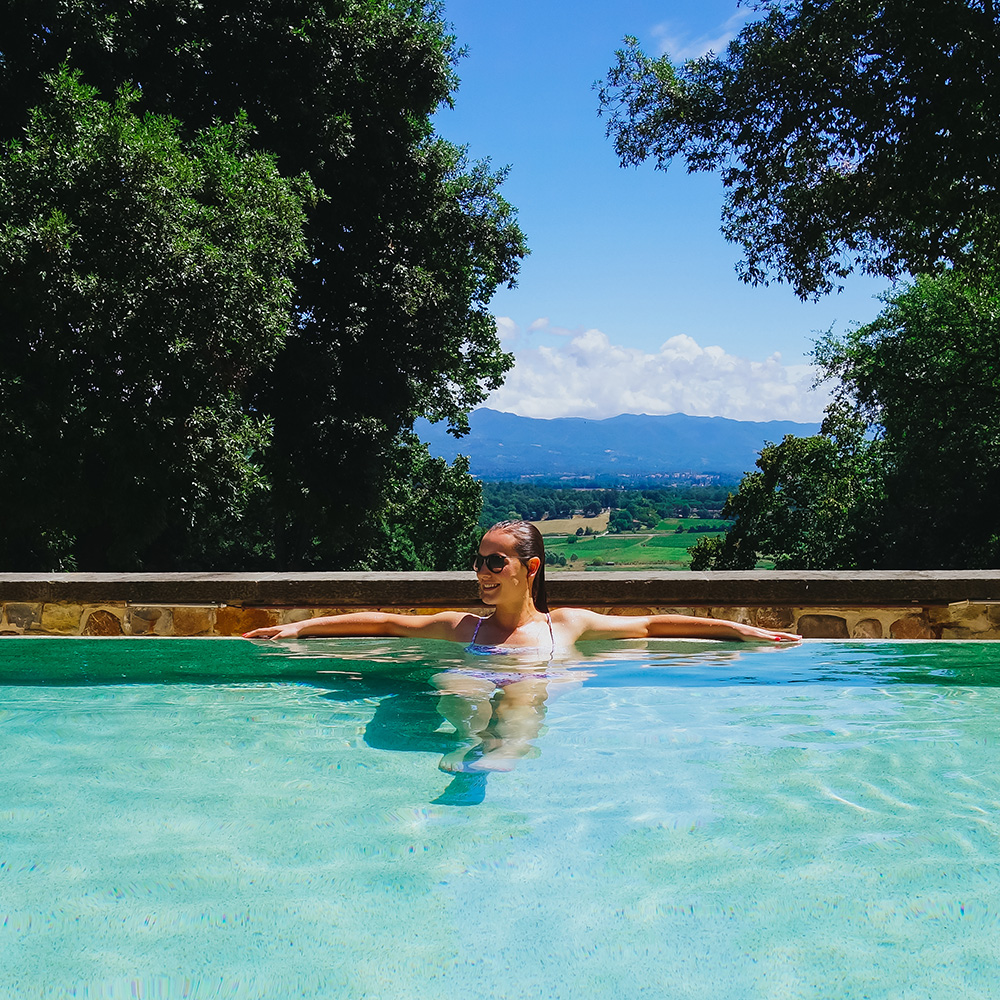
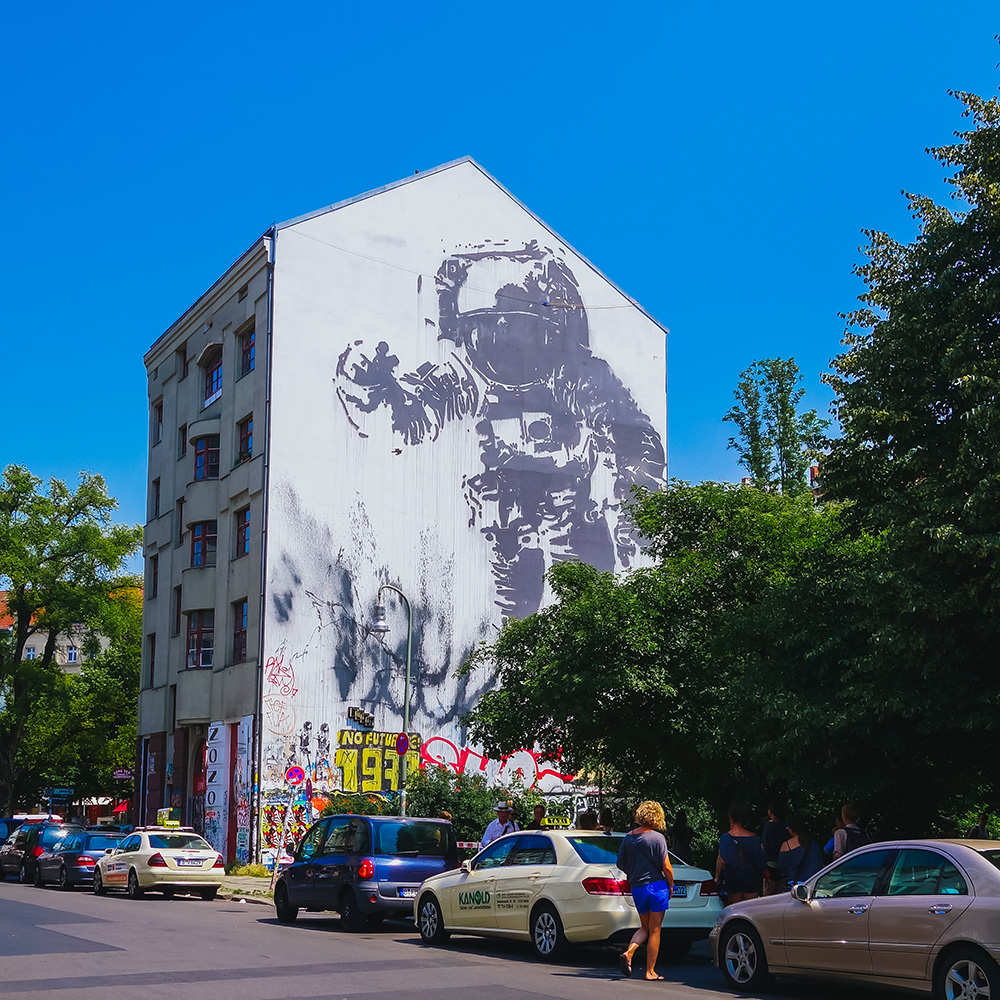

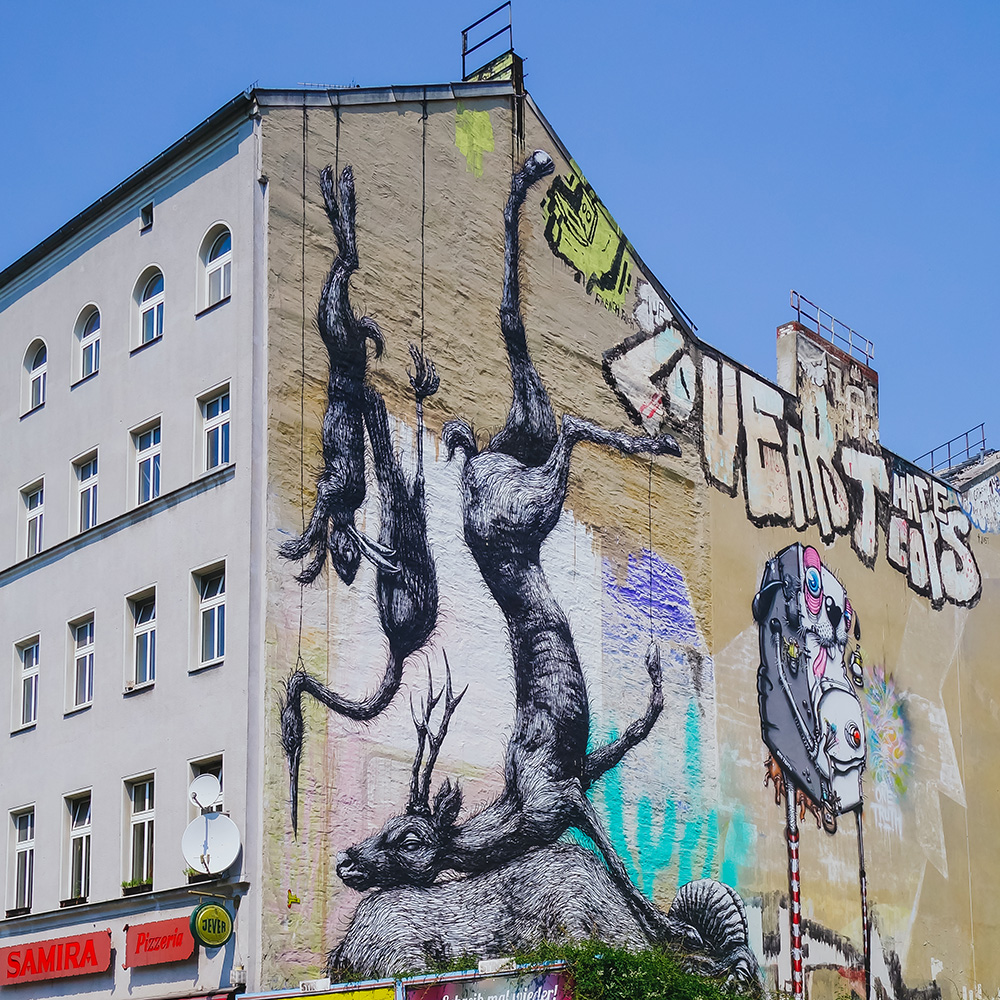
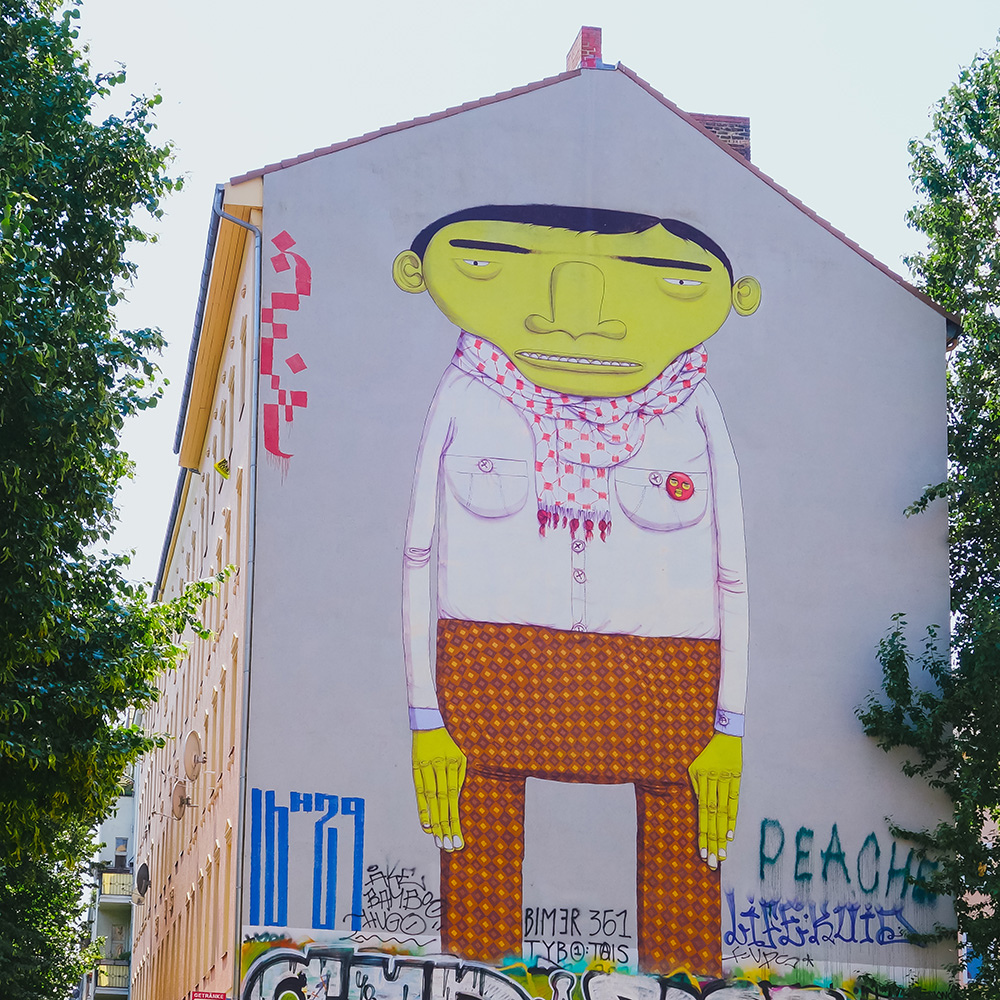


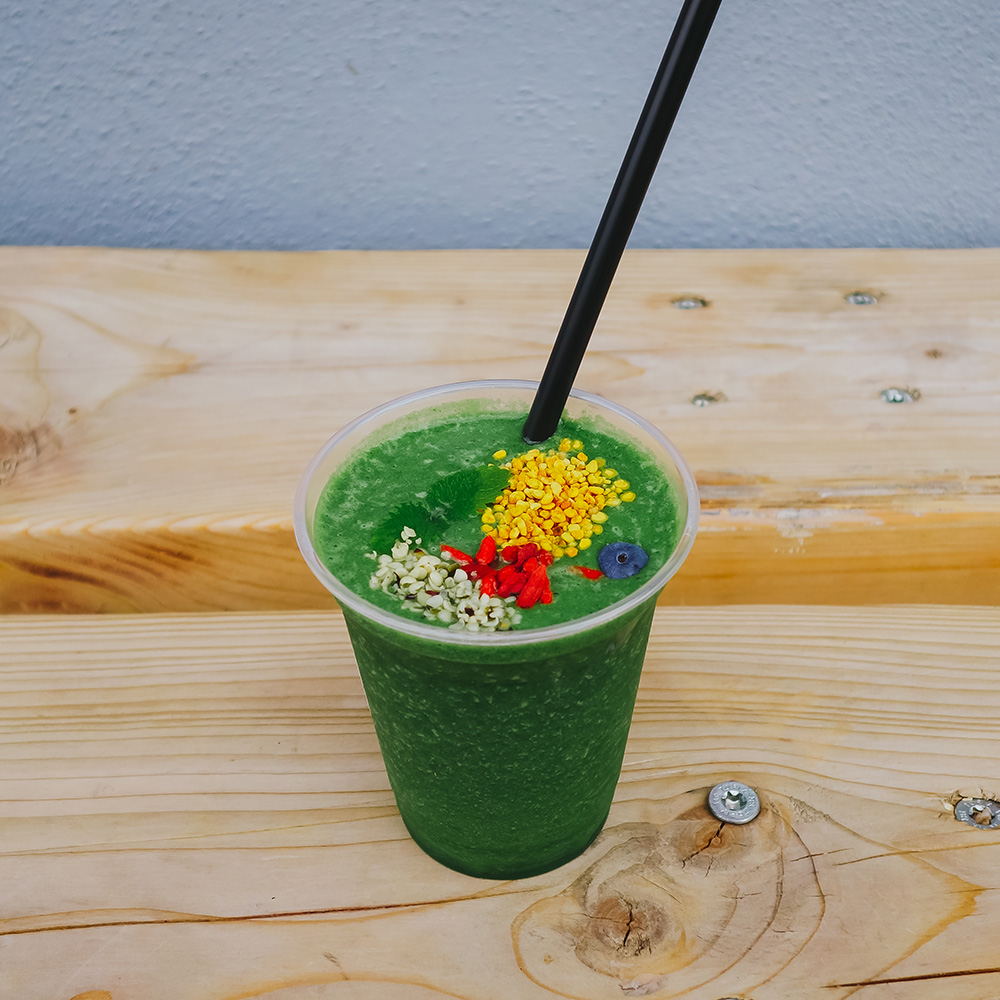
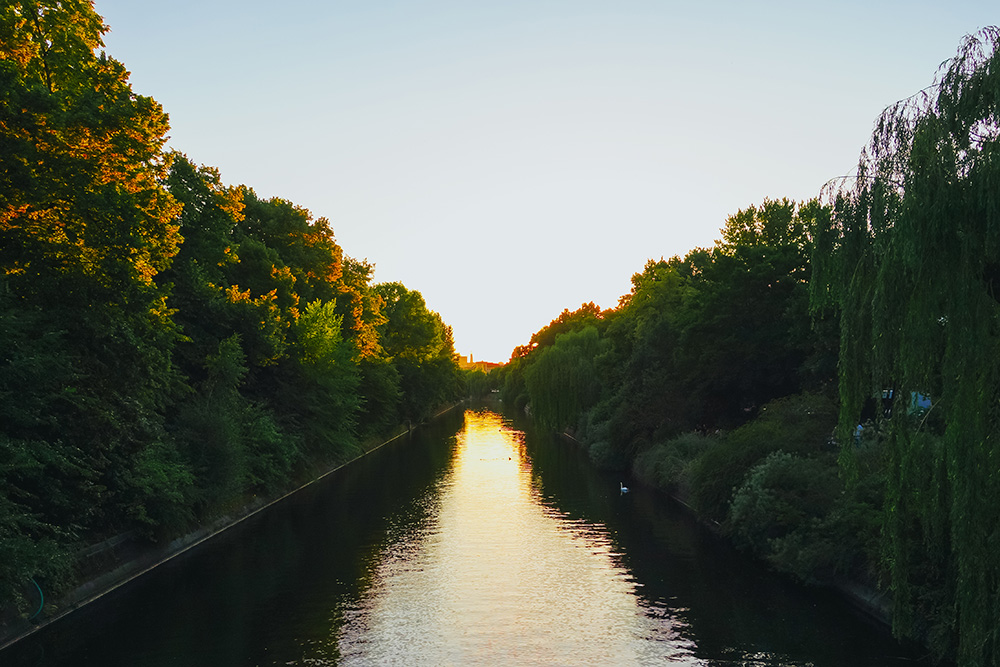


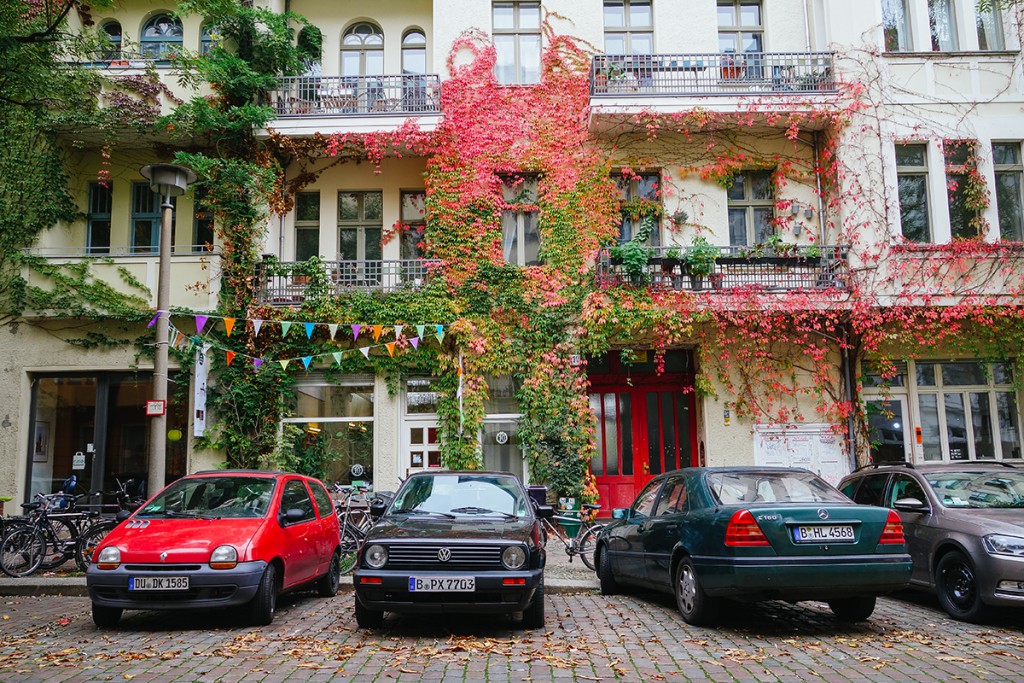
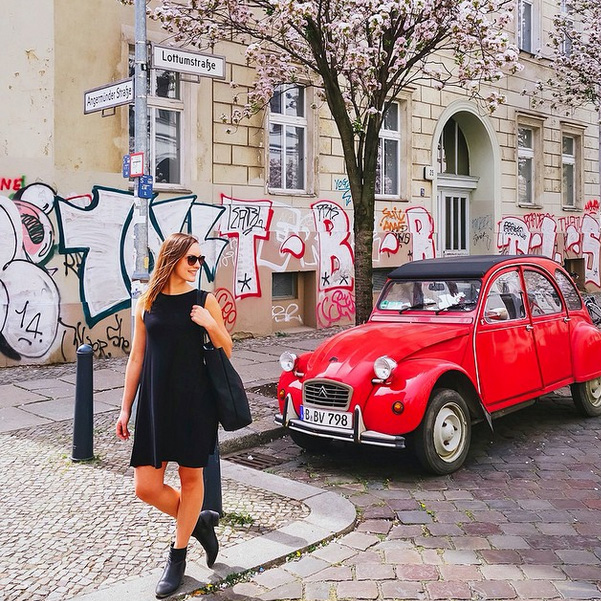
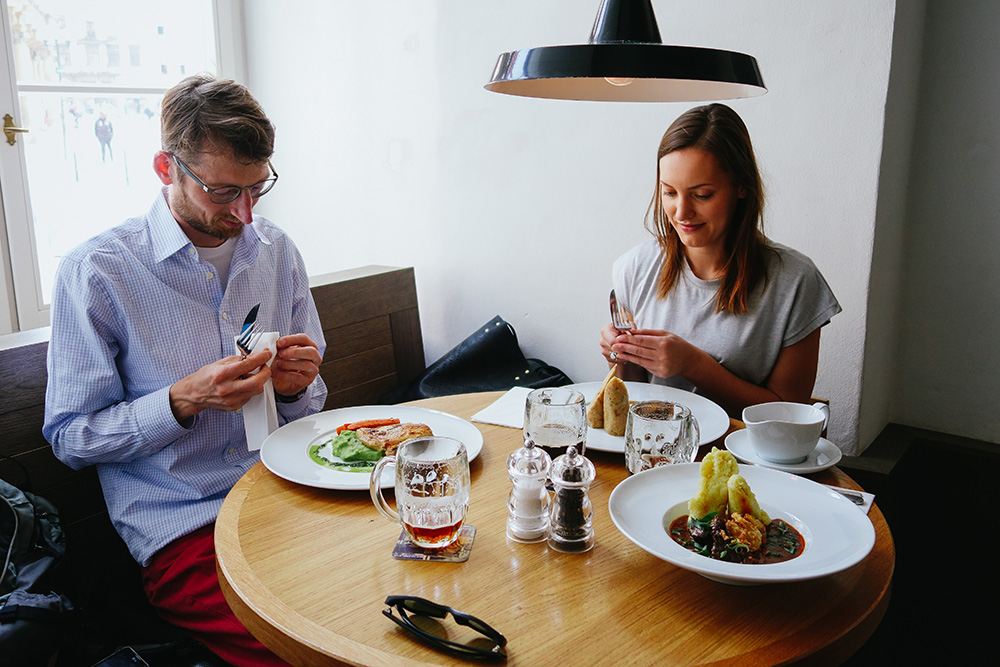

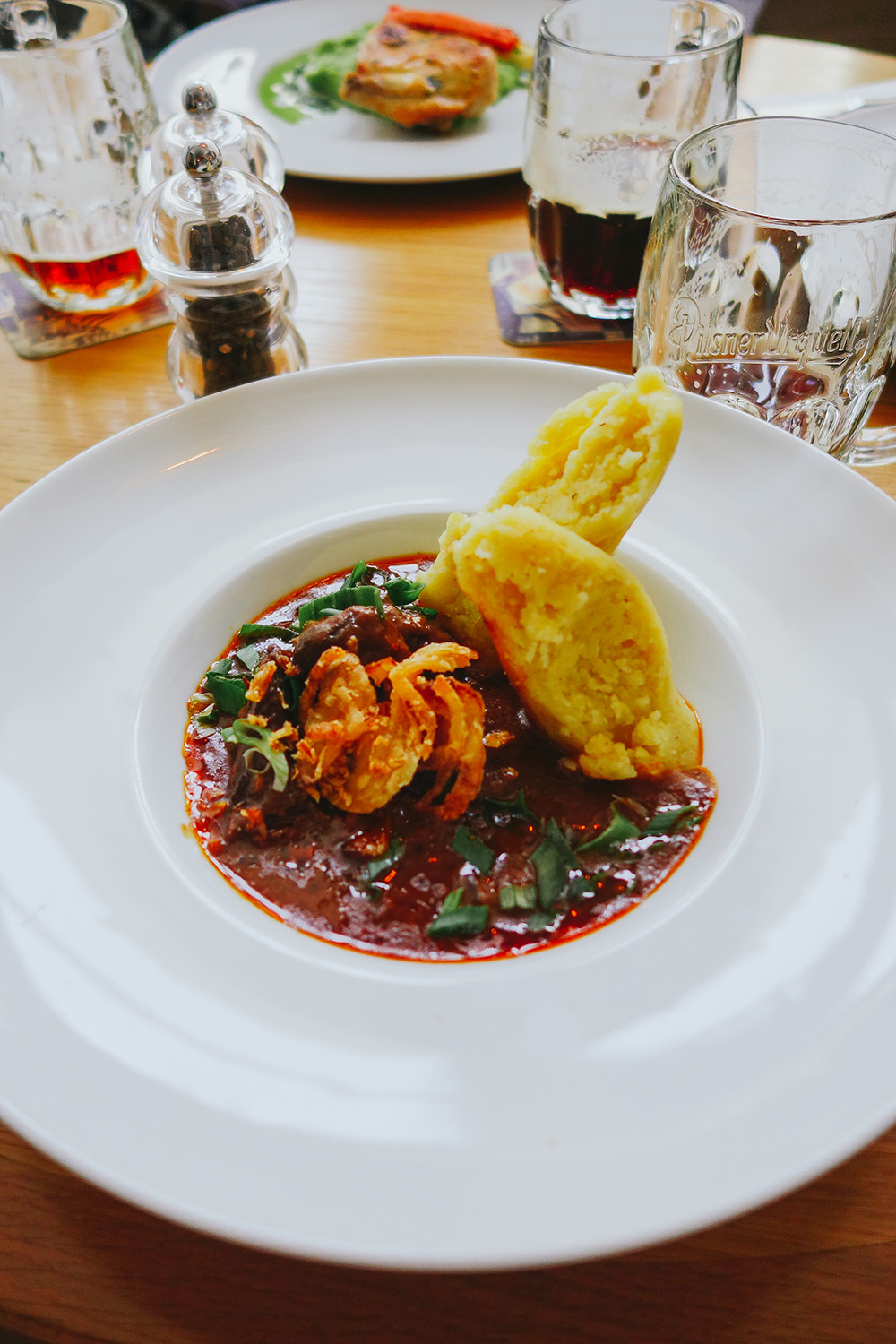


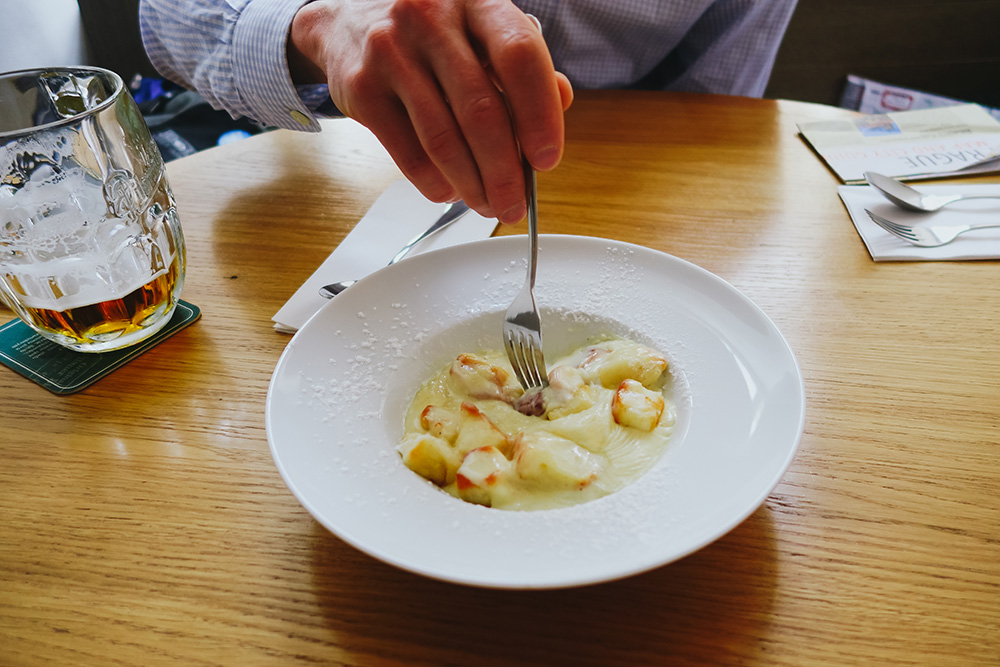
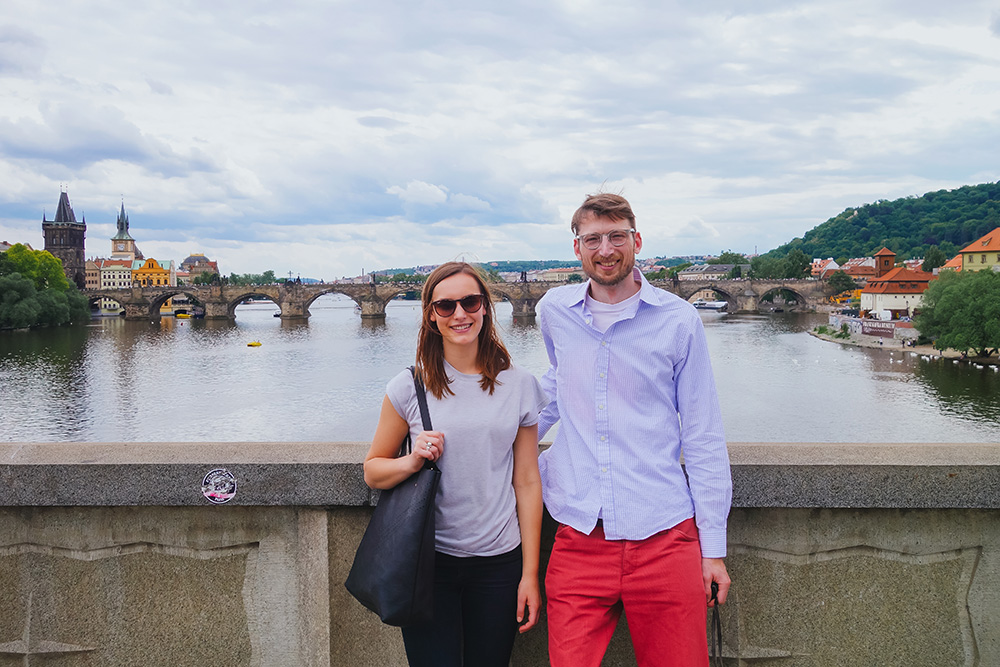
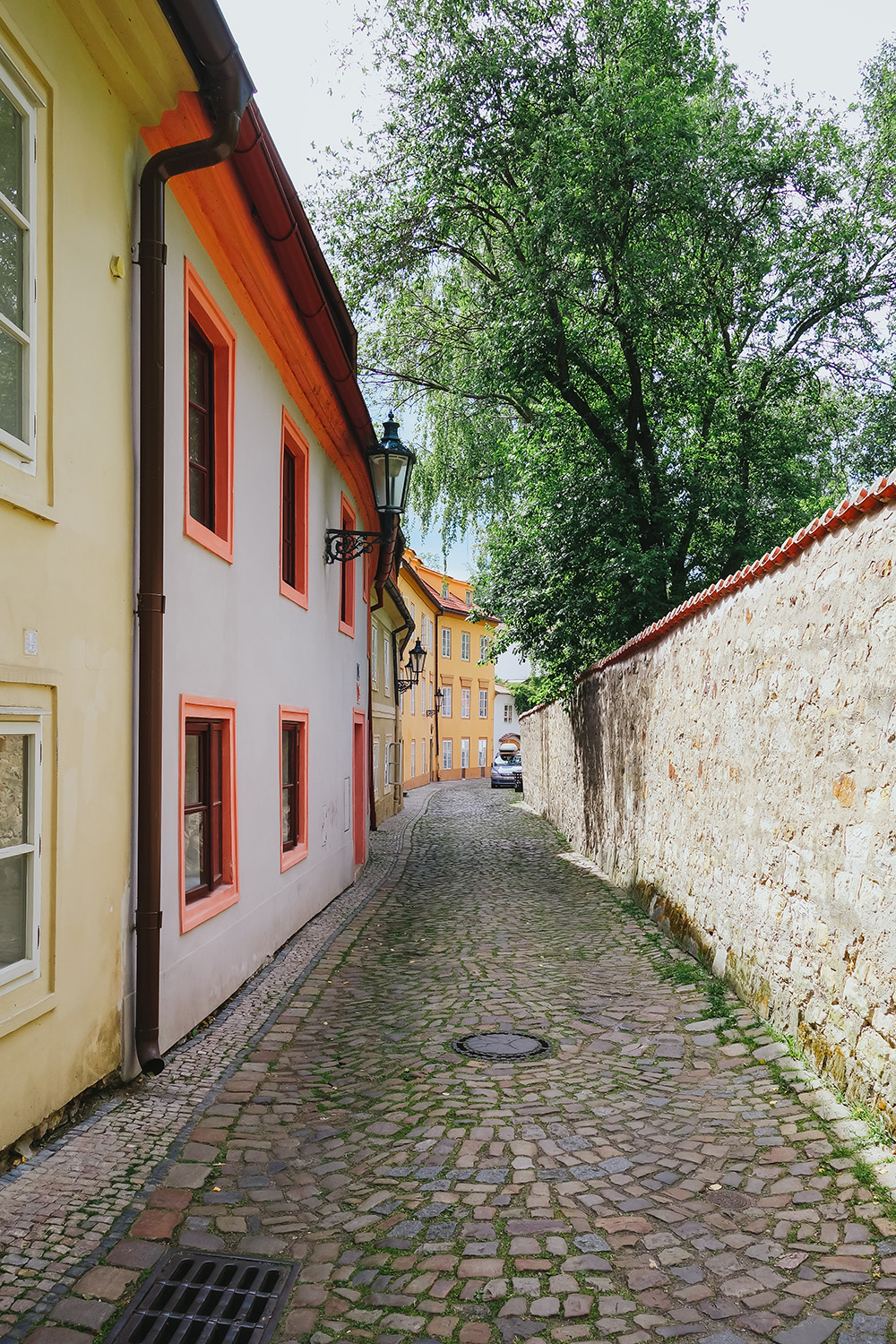

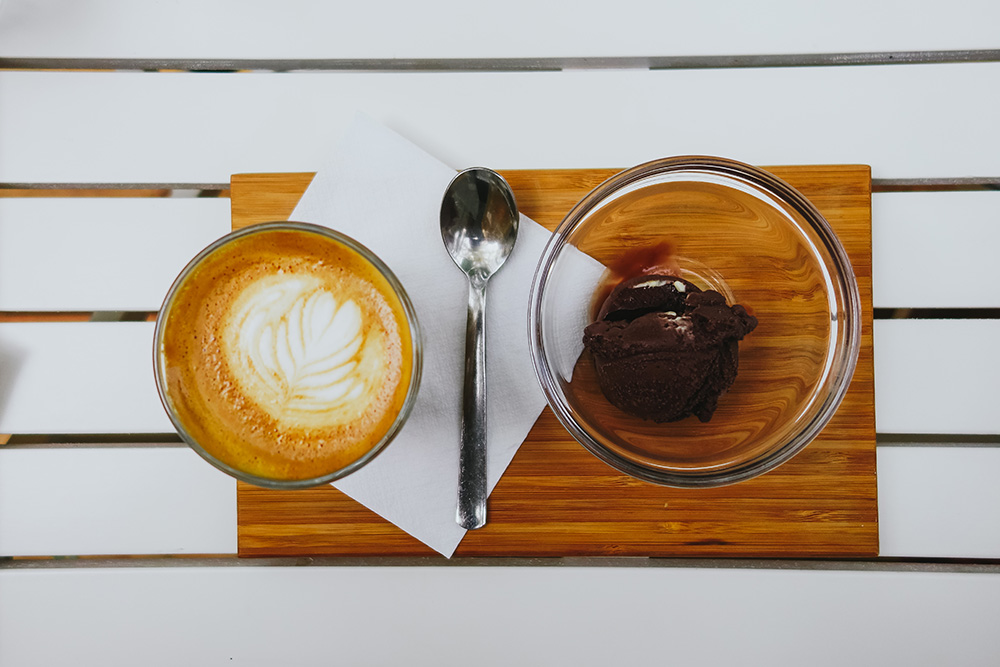

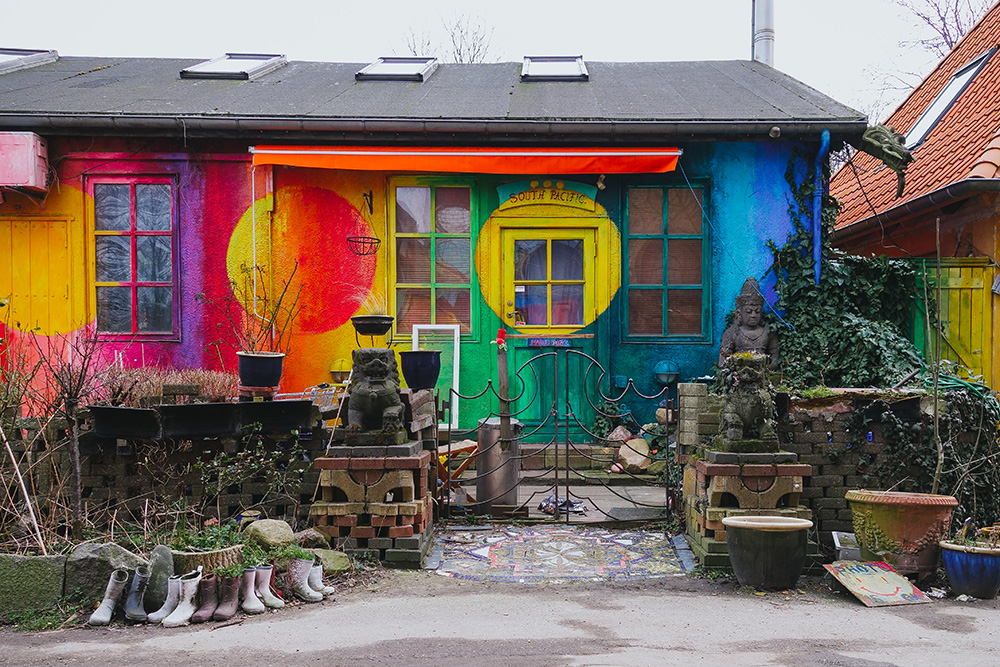
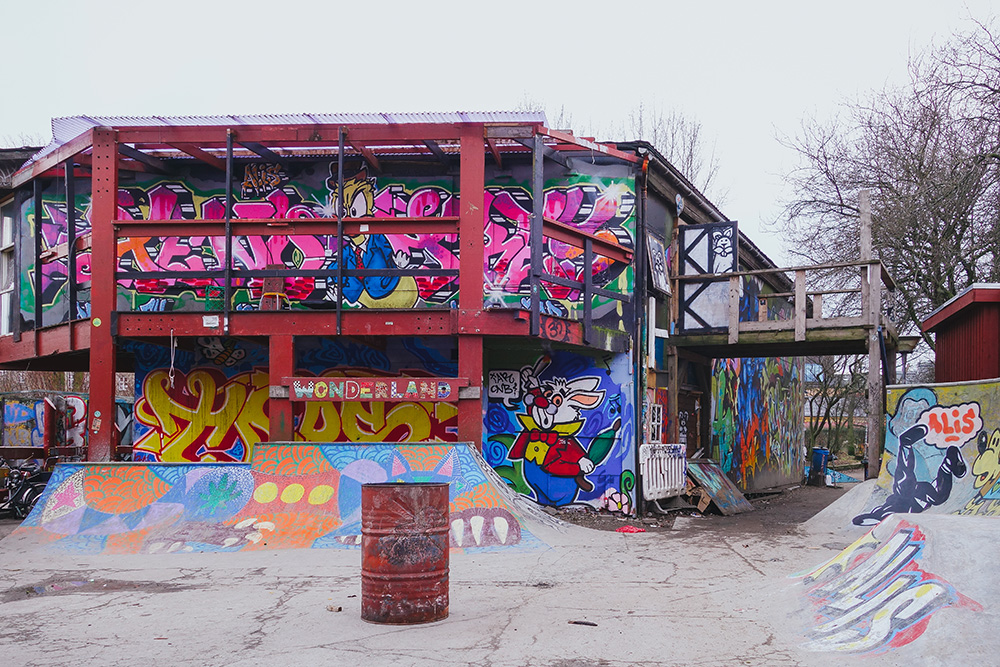
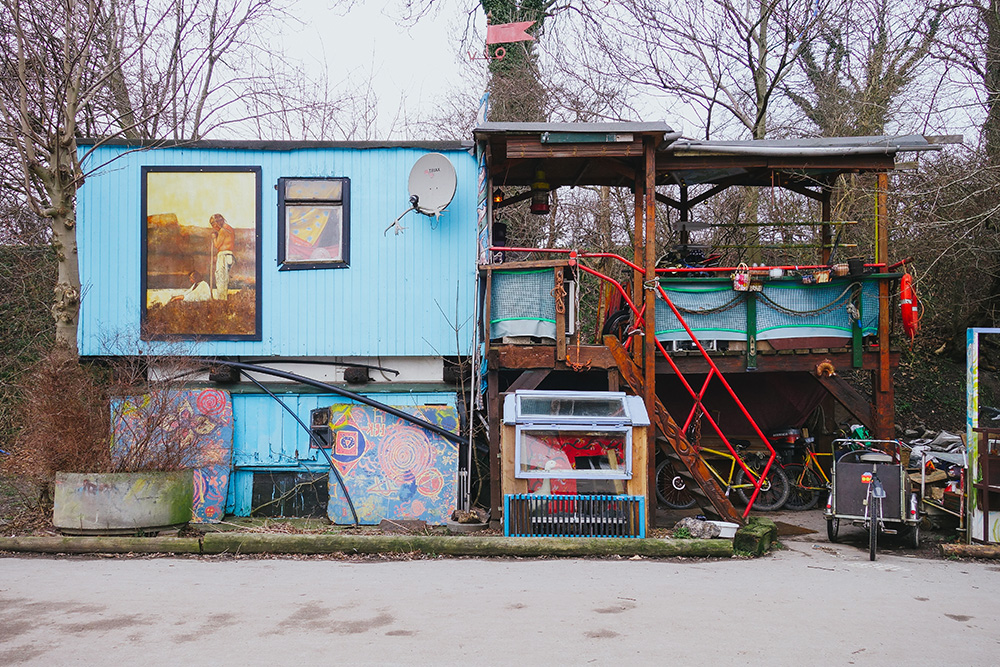
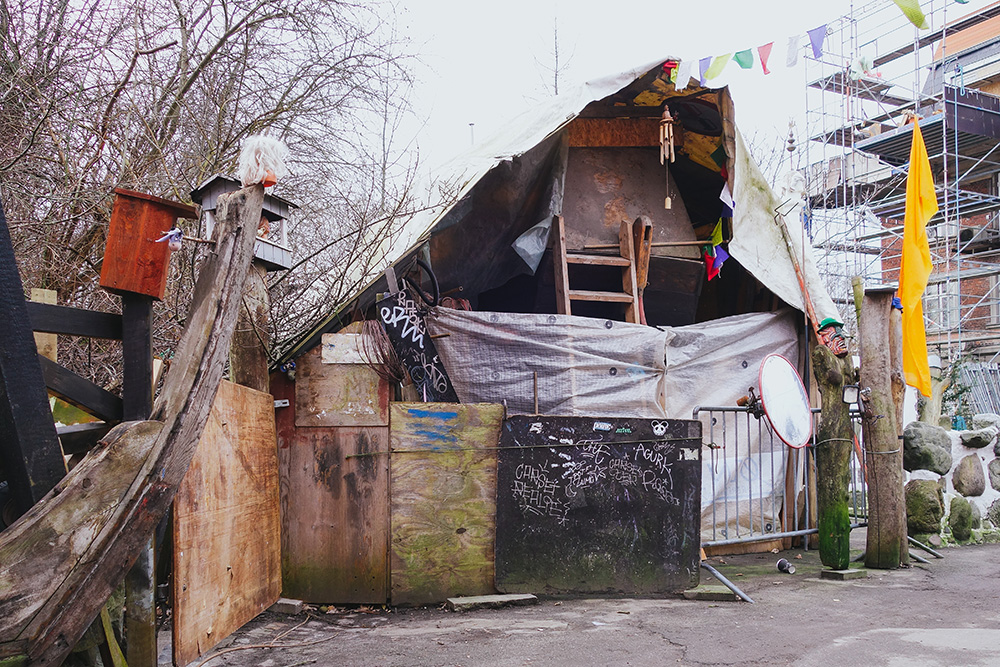
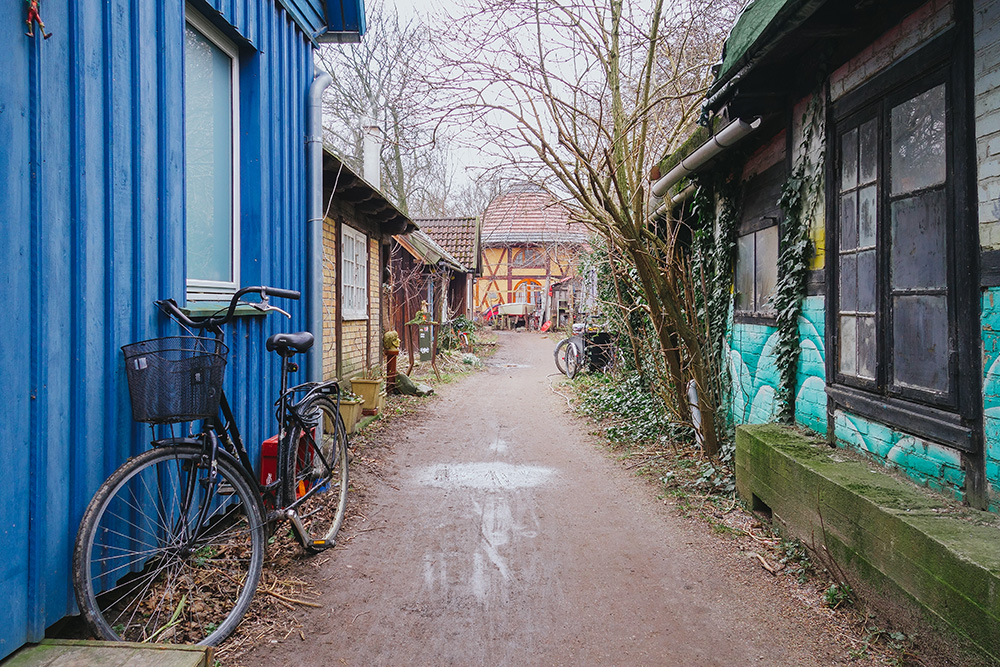
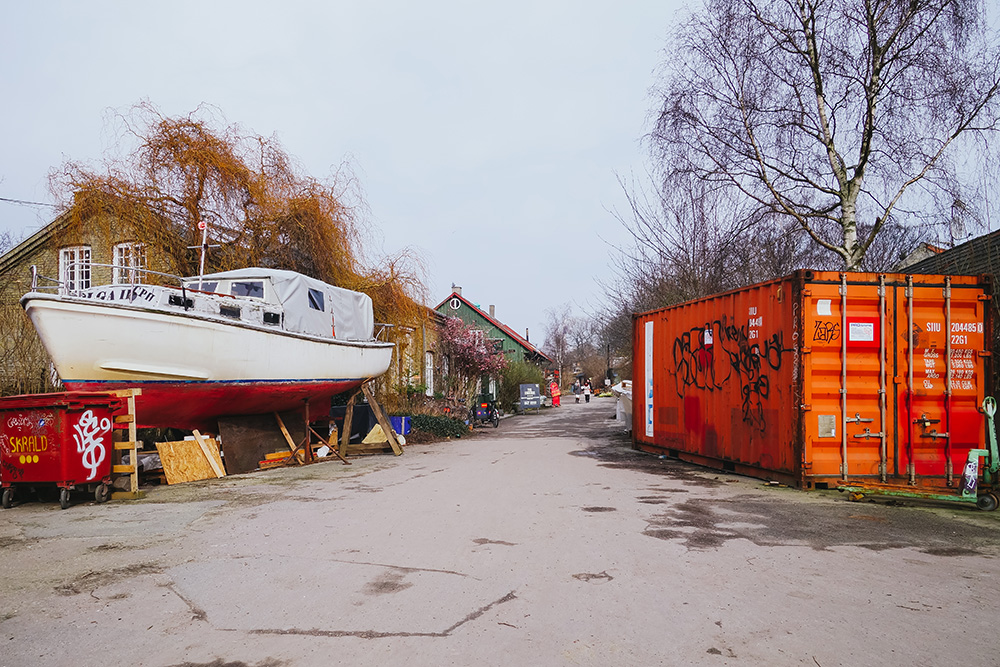

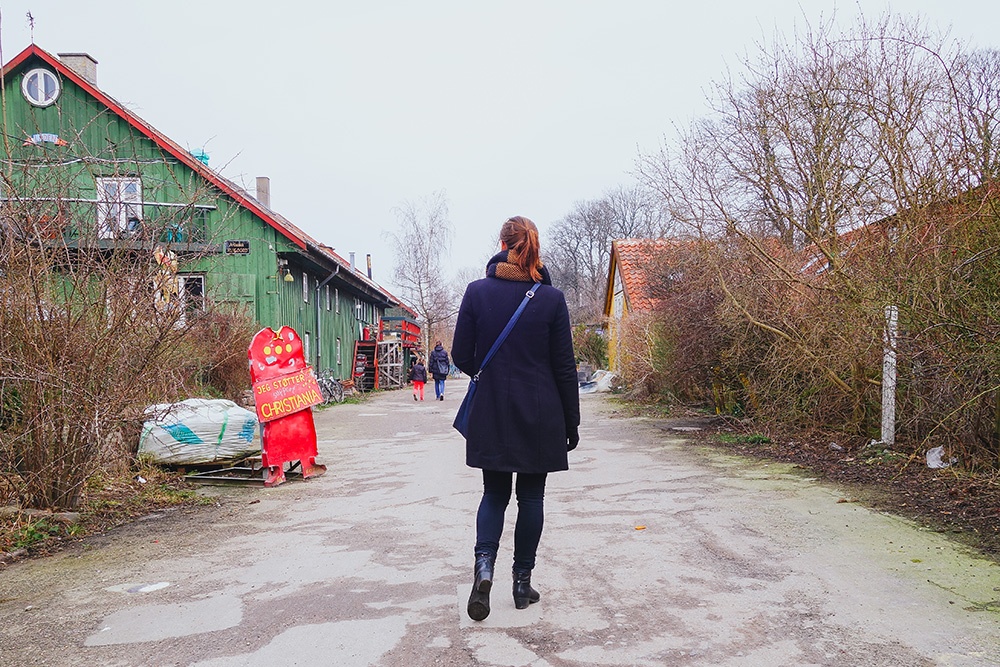

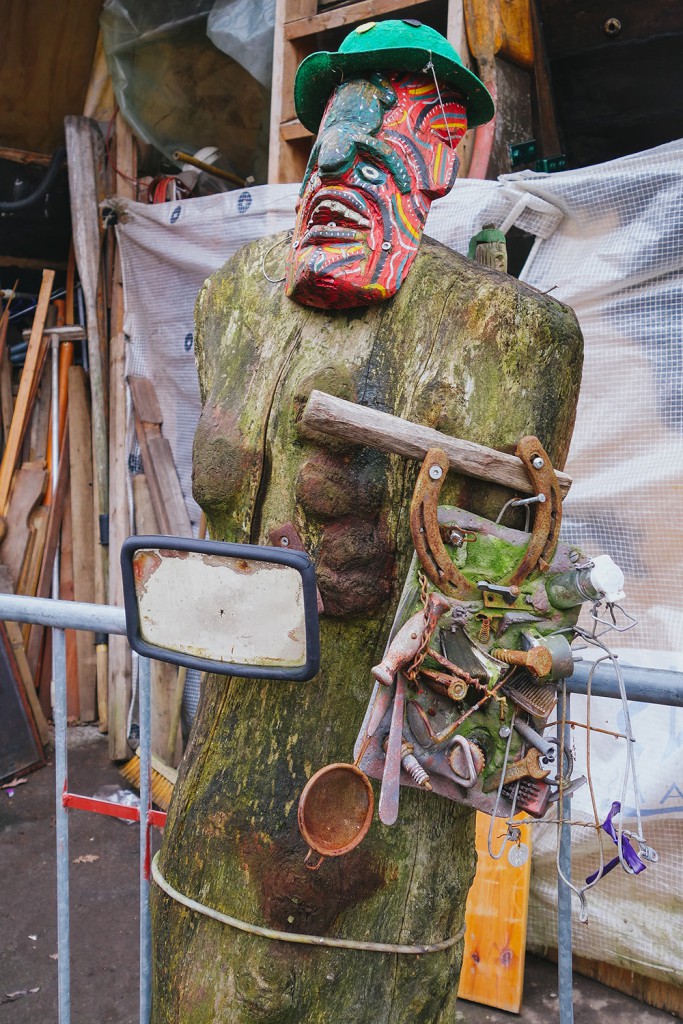
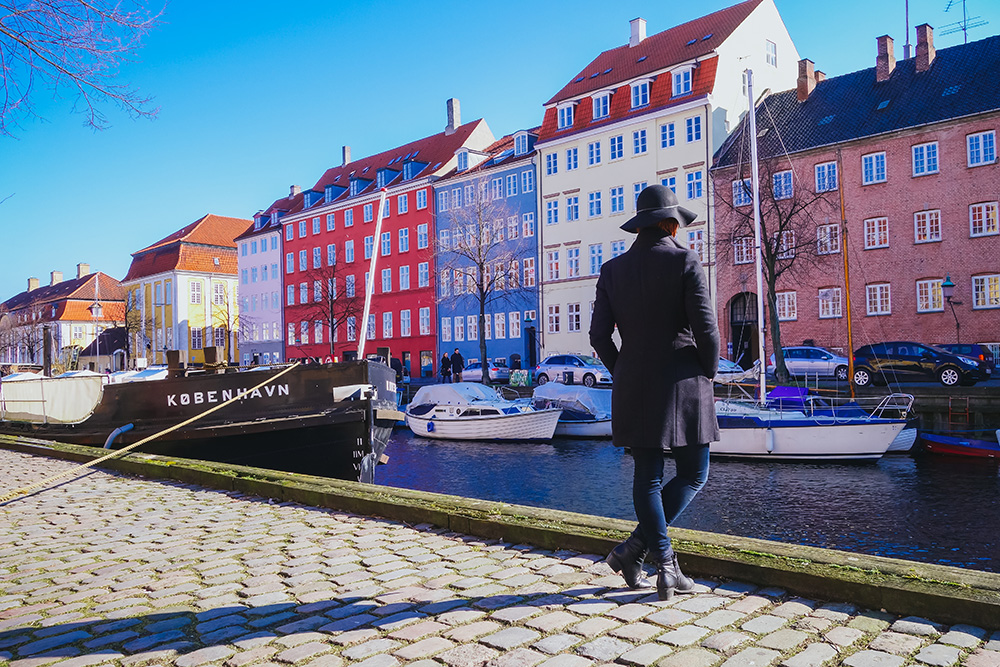
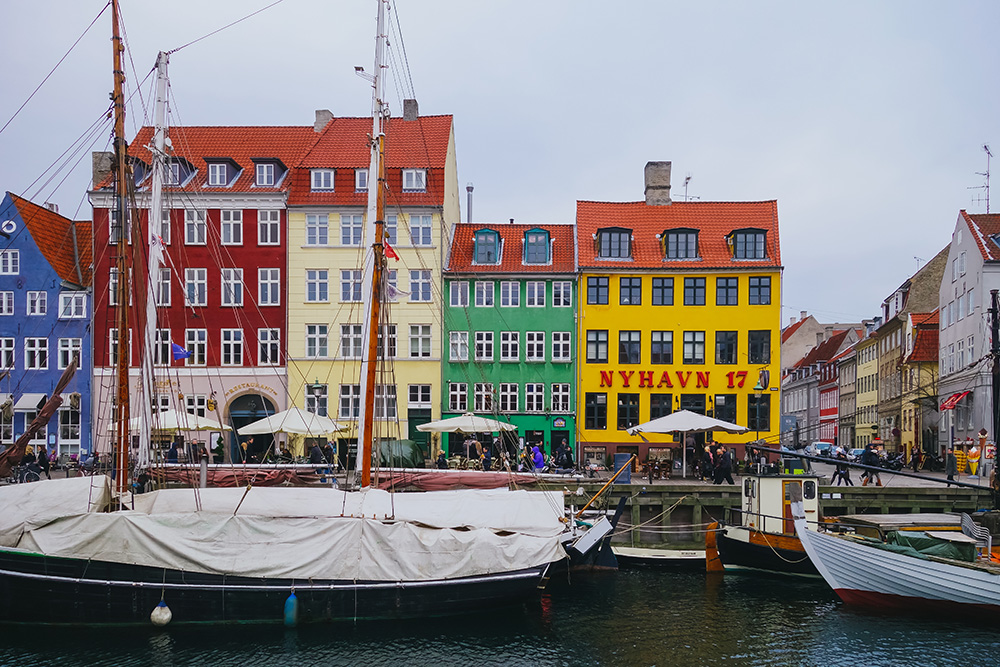

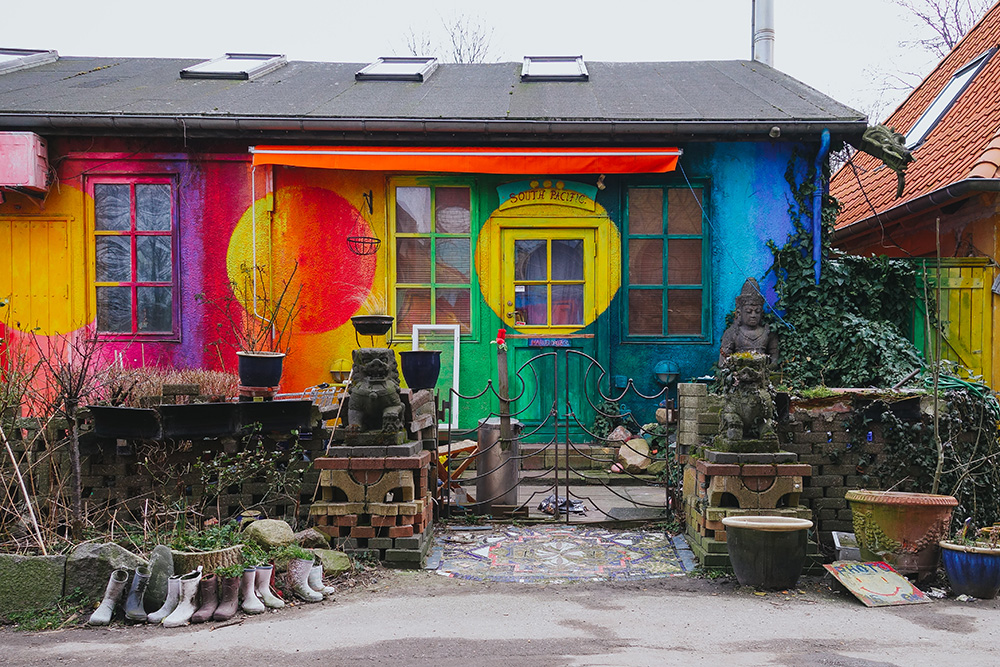

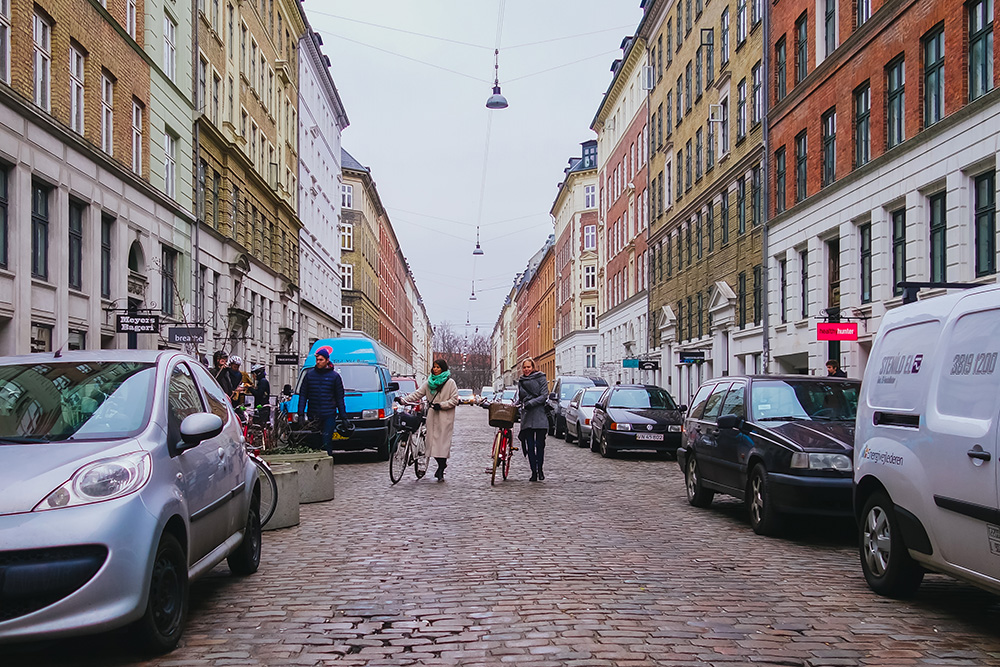


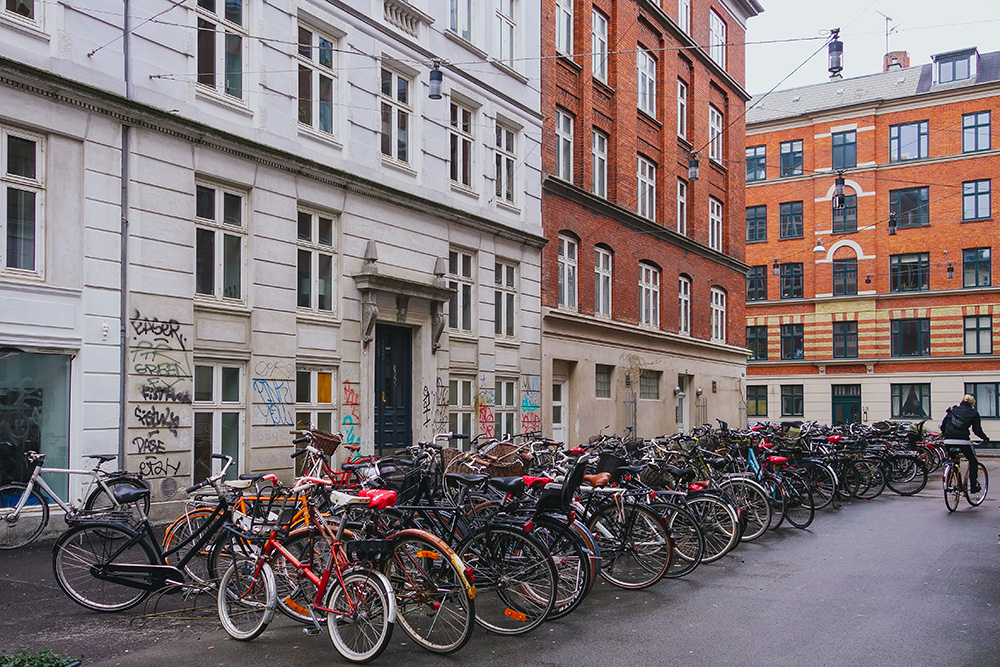
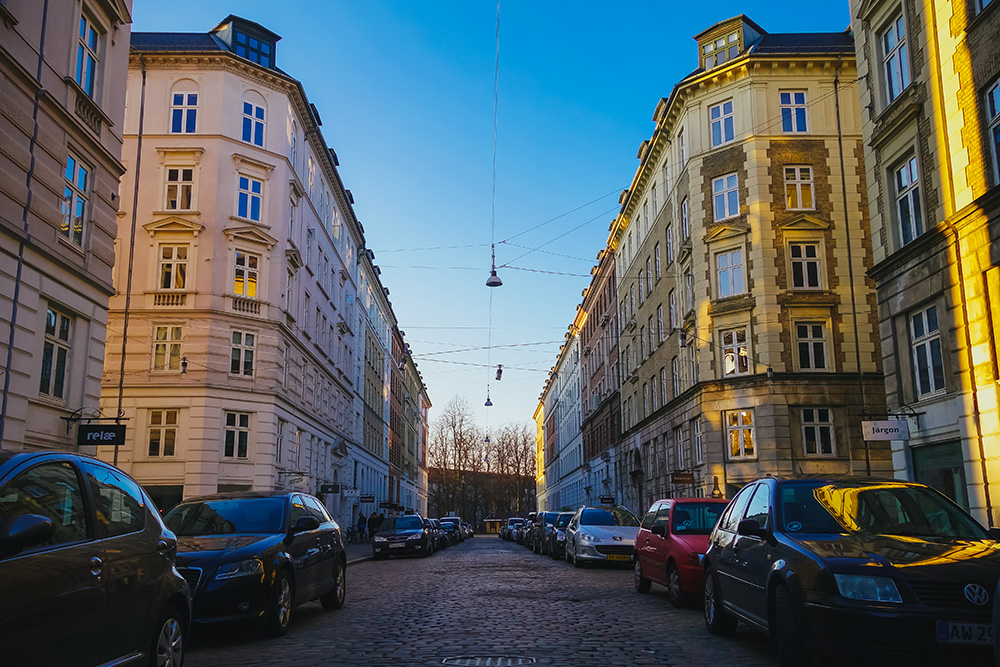
 Living abroad also opens brand new opportunities you have not considered before. At home, you often feel under pressure of social conventions but once you are out there on your own, you realize you can do whatever you want. Plus, in Sweden they make a lot of cakes!
Living abroad also opens brand new opportunities you have not considered before. At home, you often feel under pressure of social conventions but once you are out there on your own, you realize you can do whatever you want. Plus, in Sweden they make a lot of cakes! 
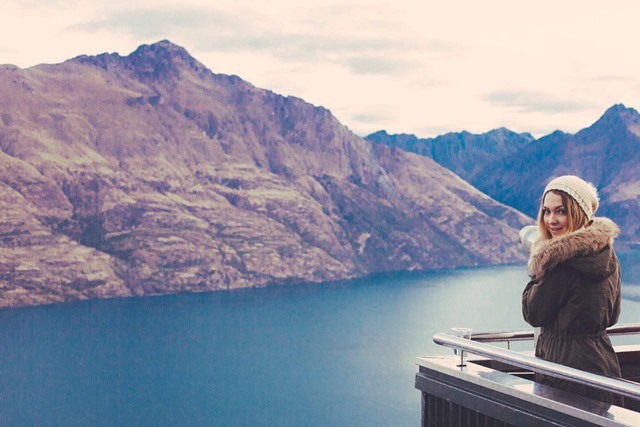
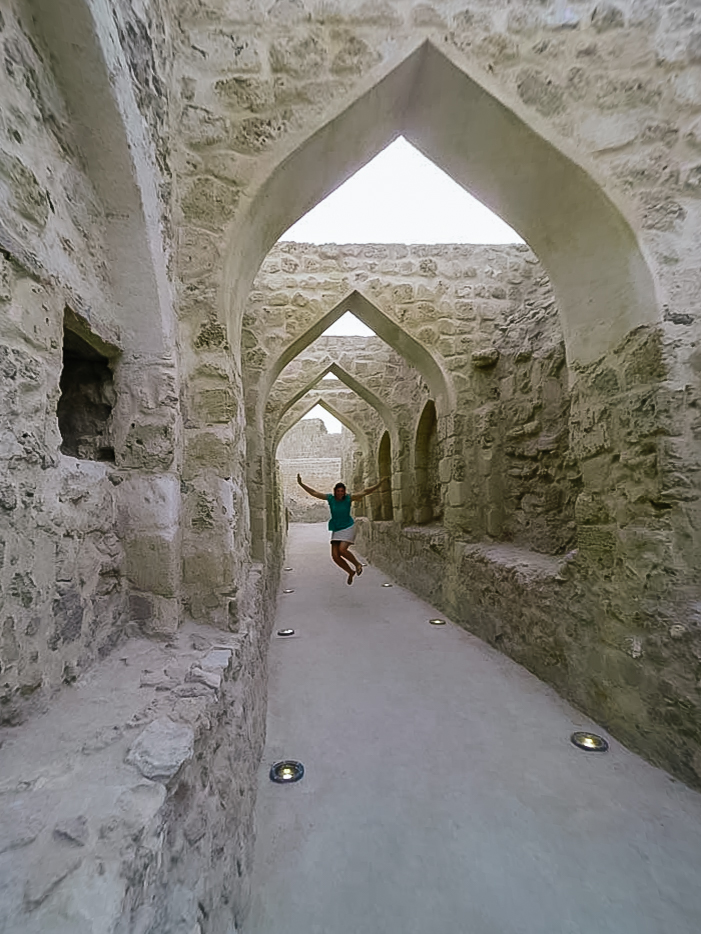
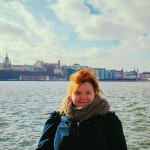 Original country: USA
Original country: USA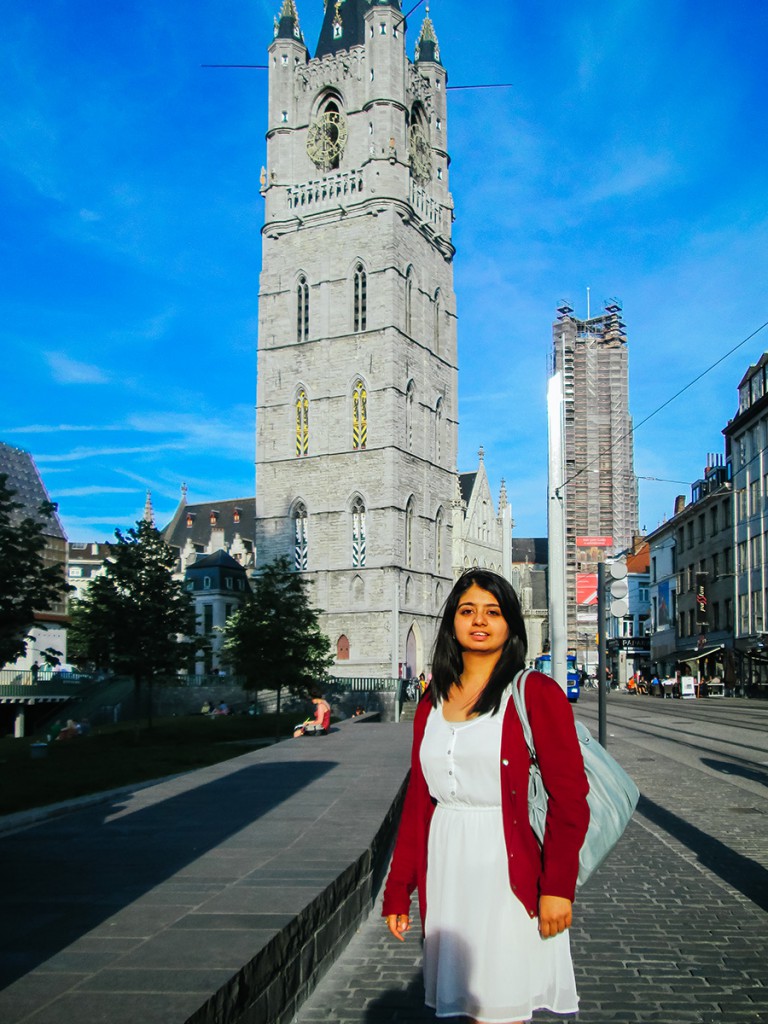
 Original country: Australia
Original country: Australia Original country: USA
Original country: USA